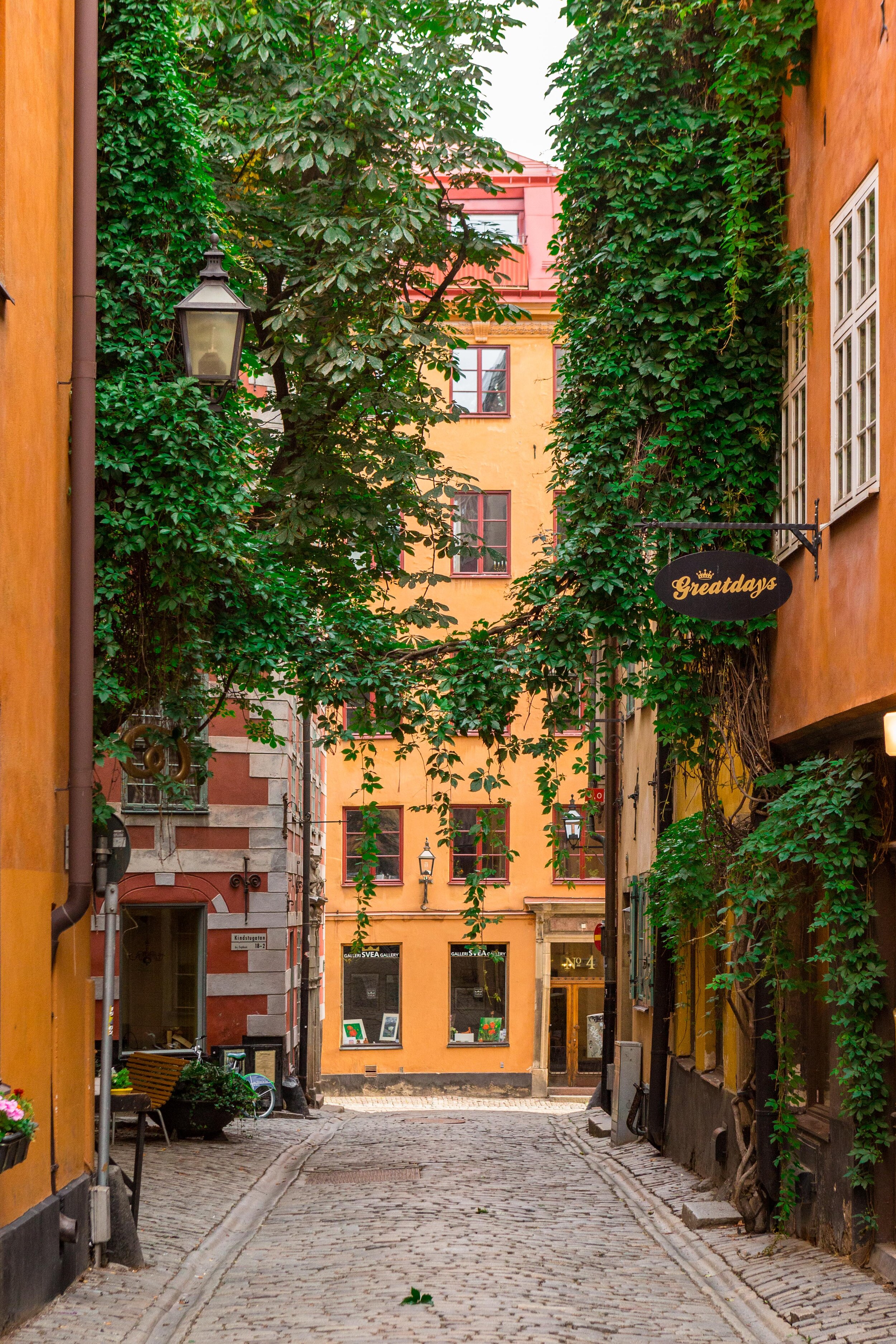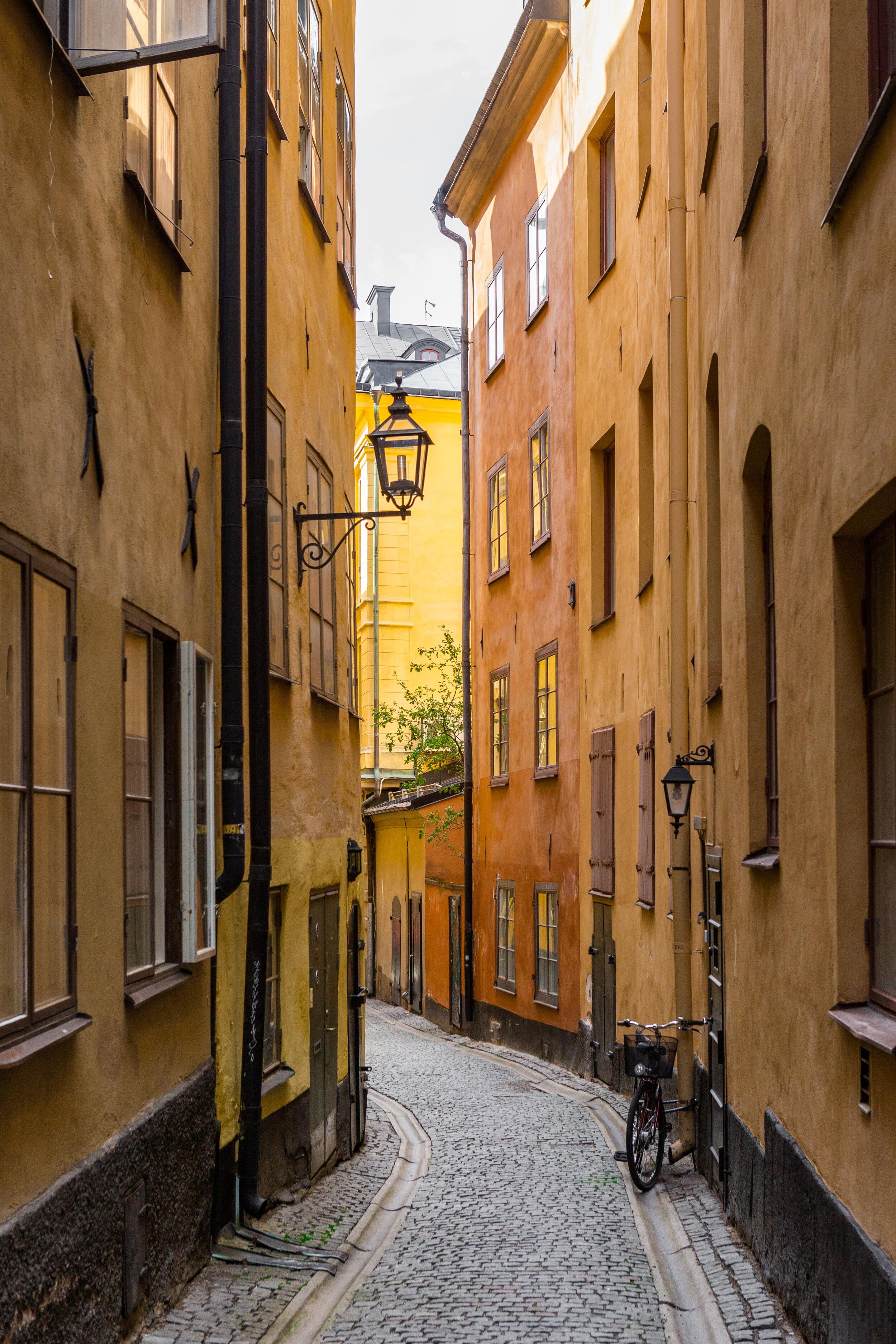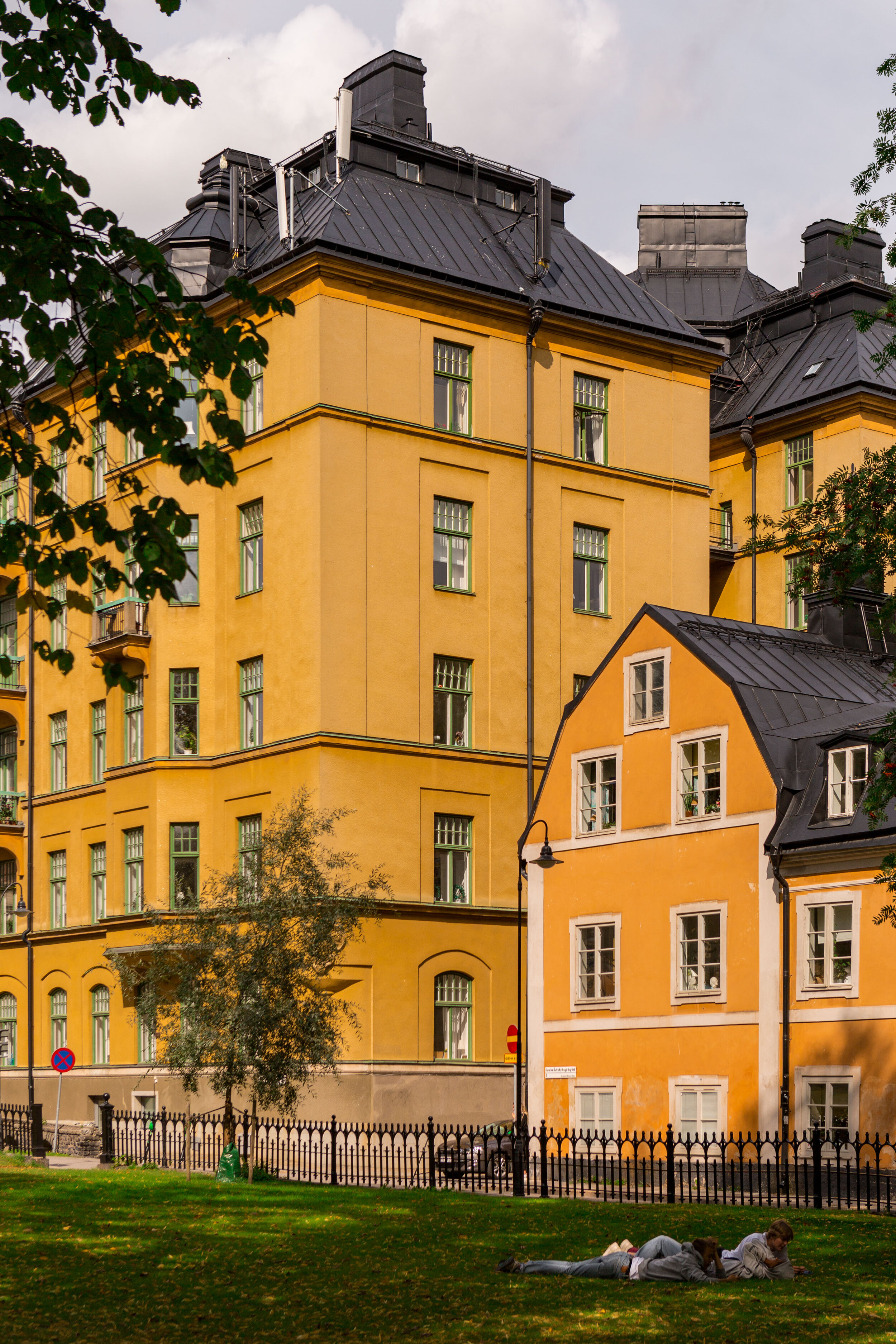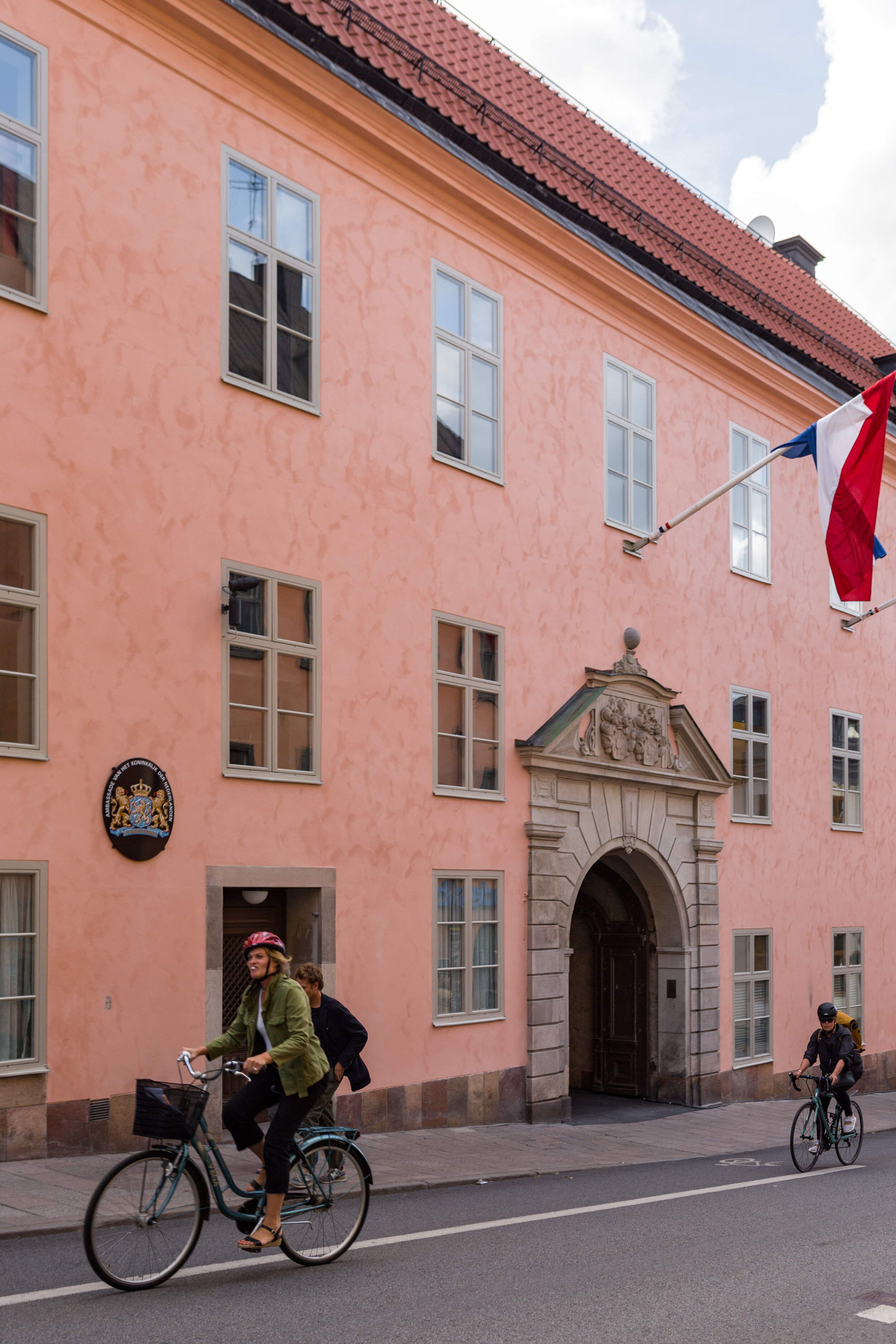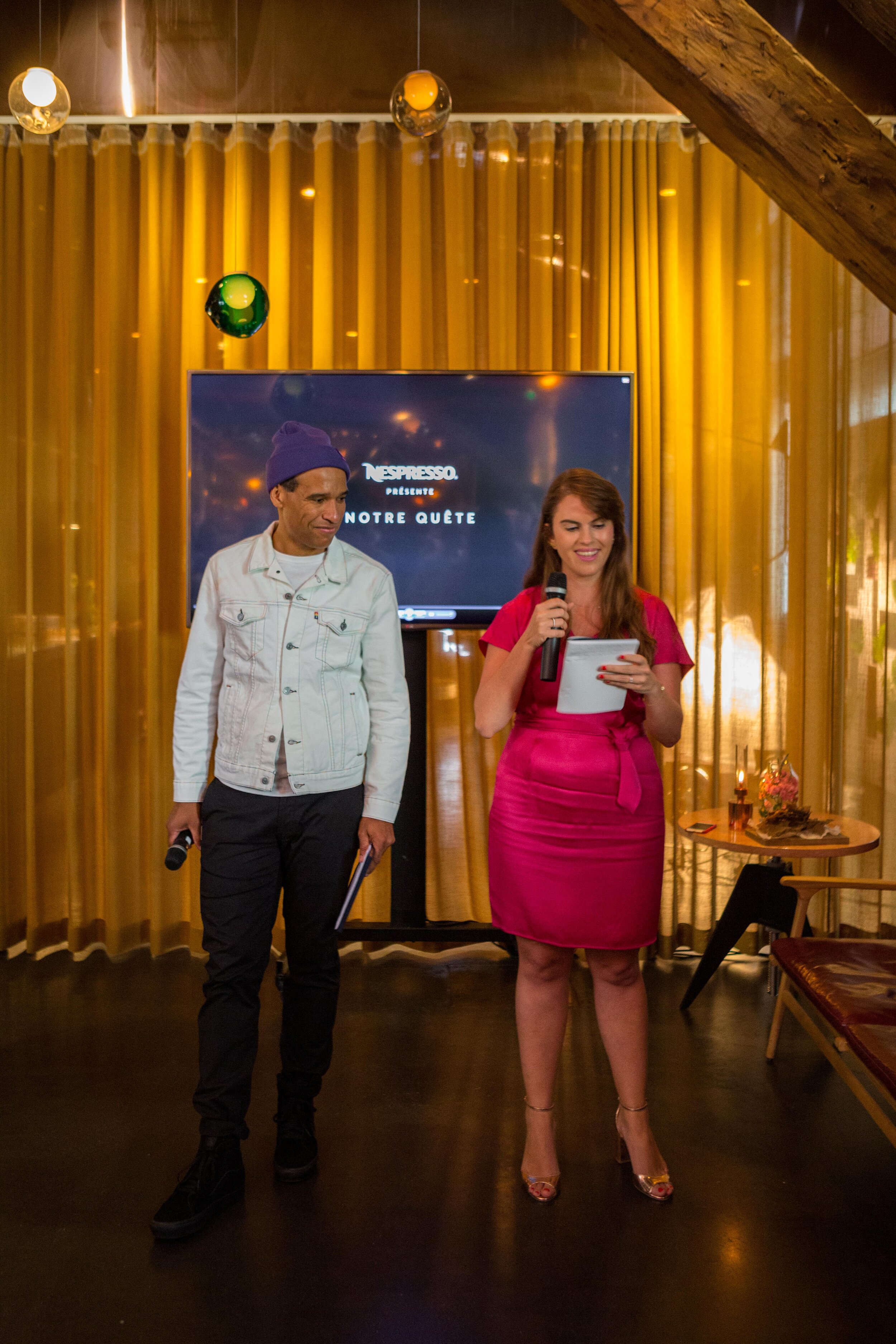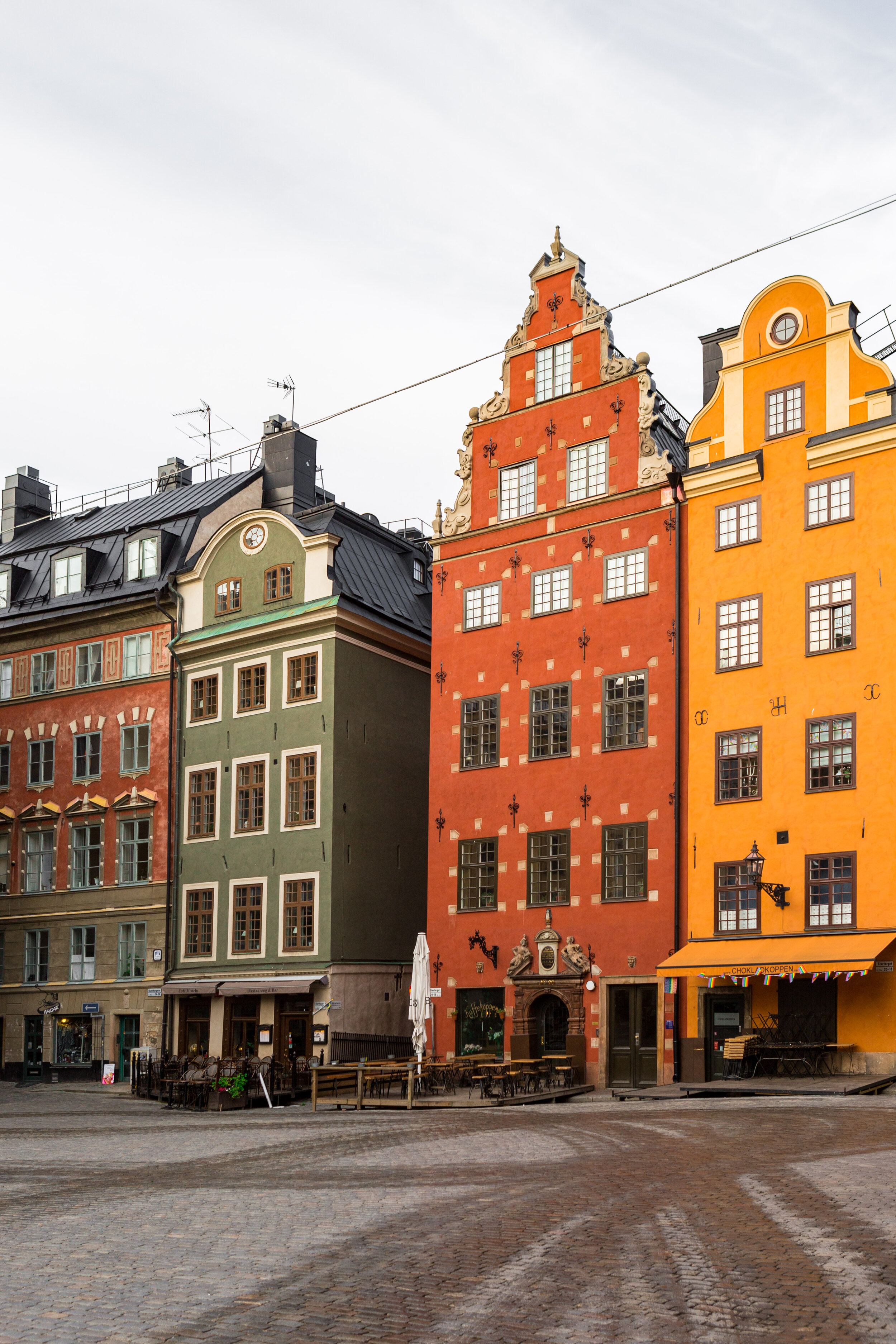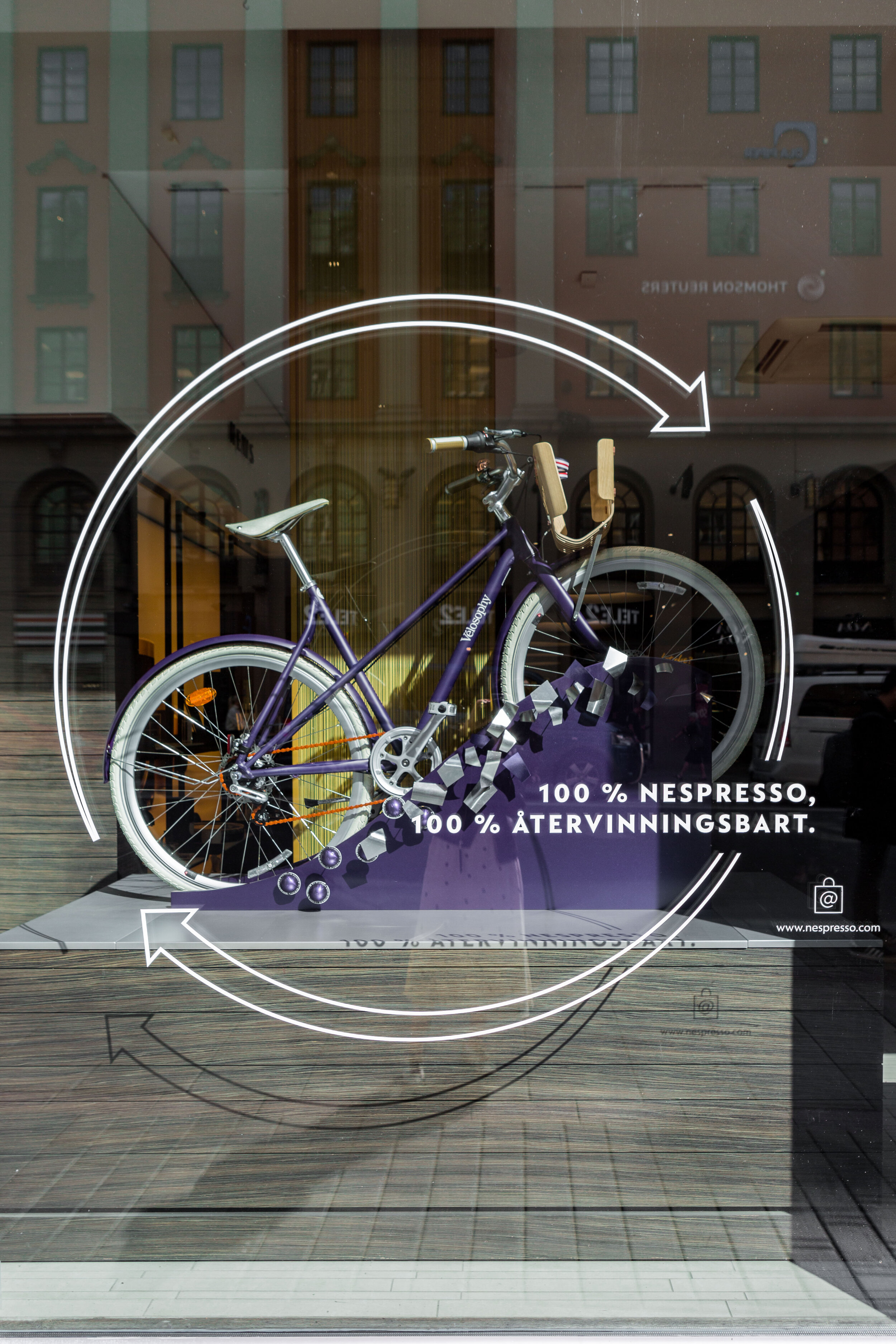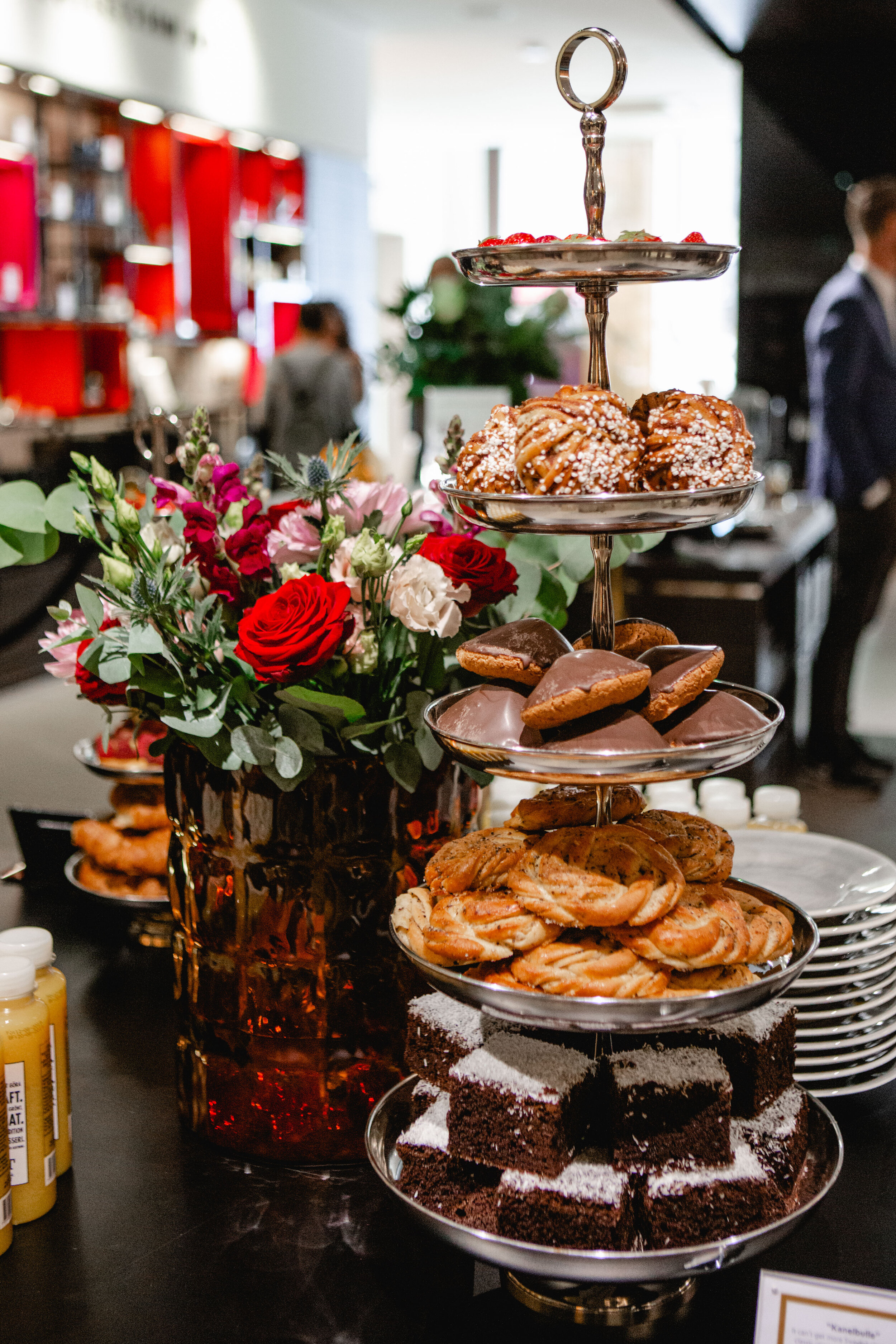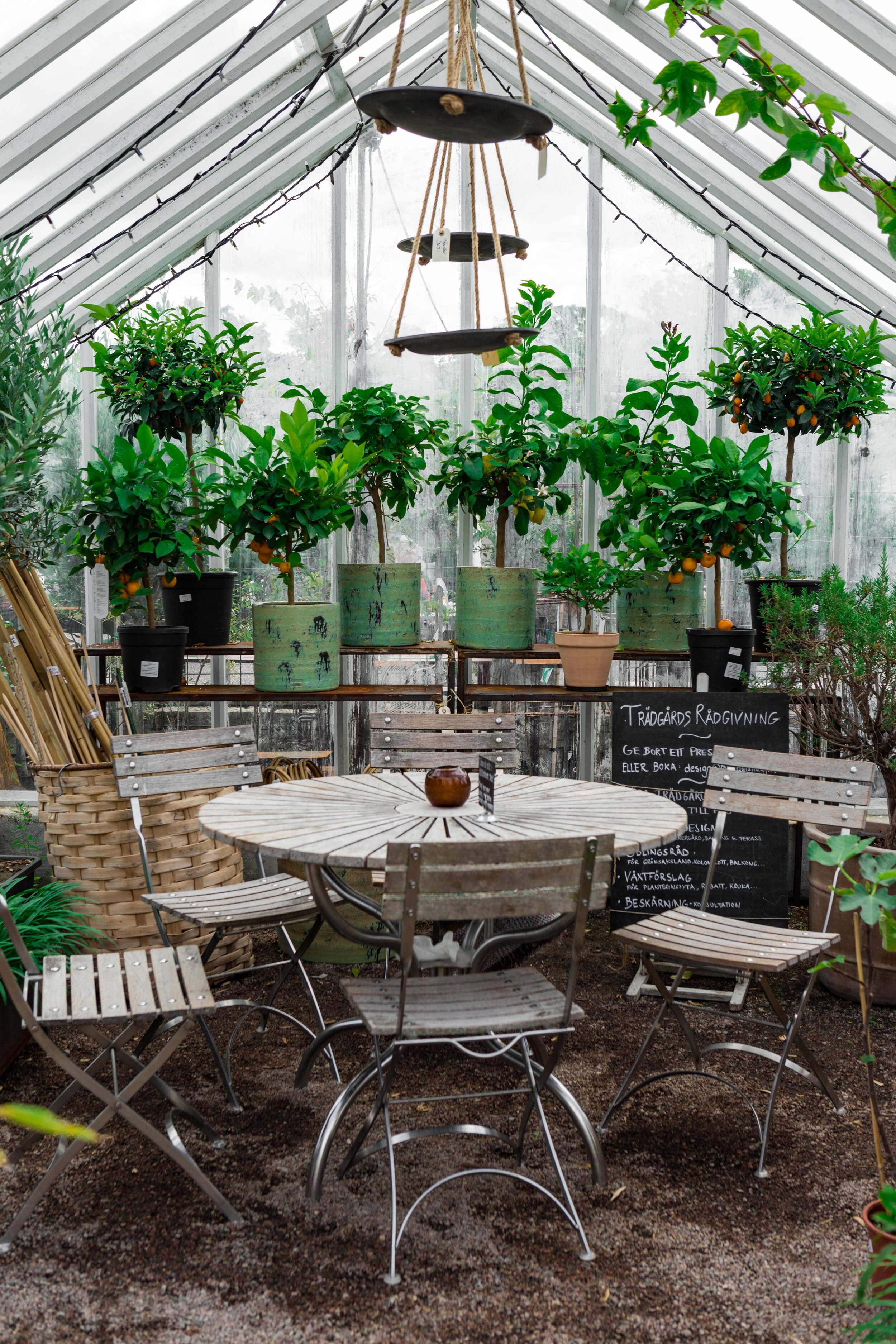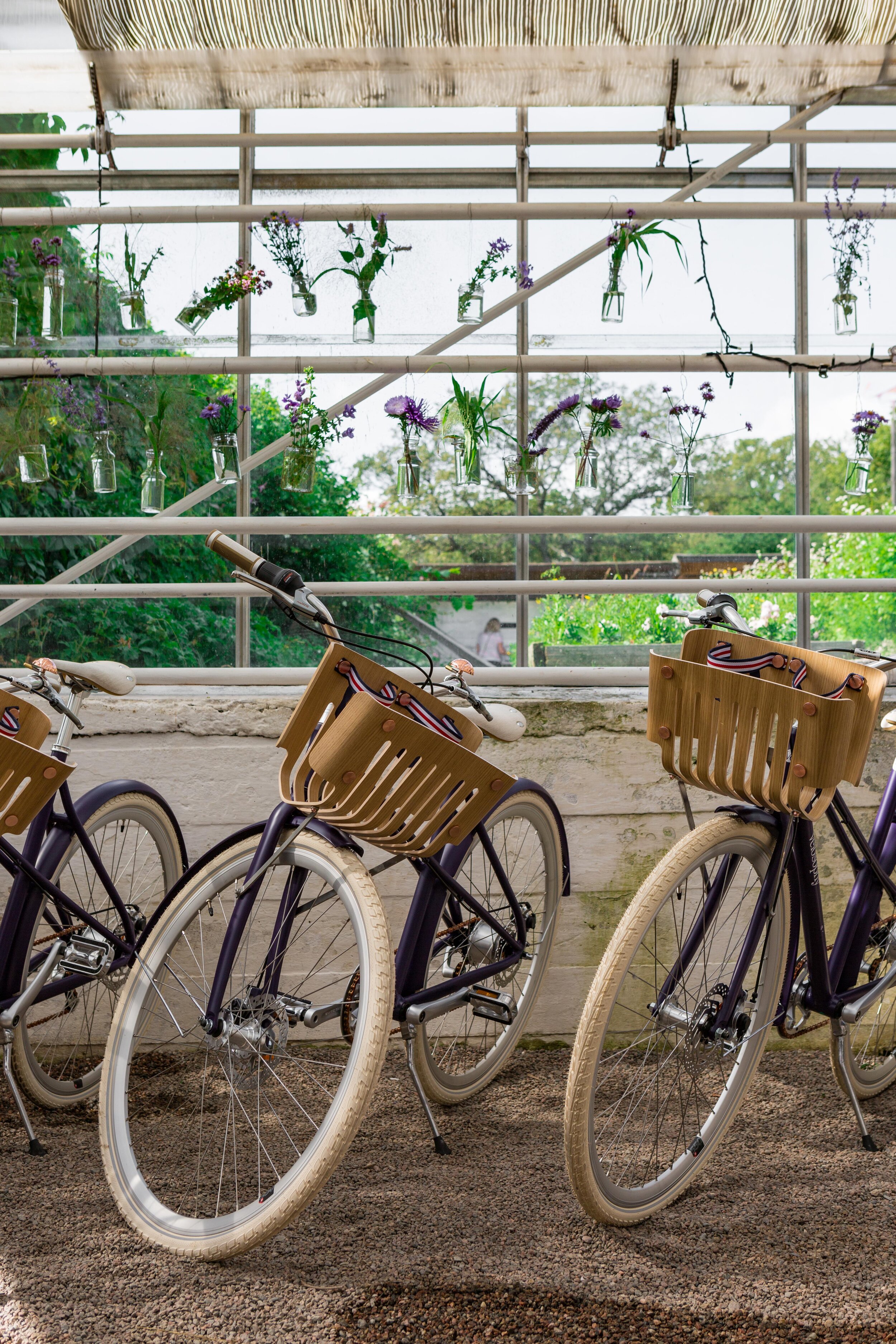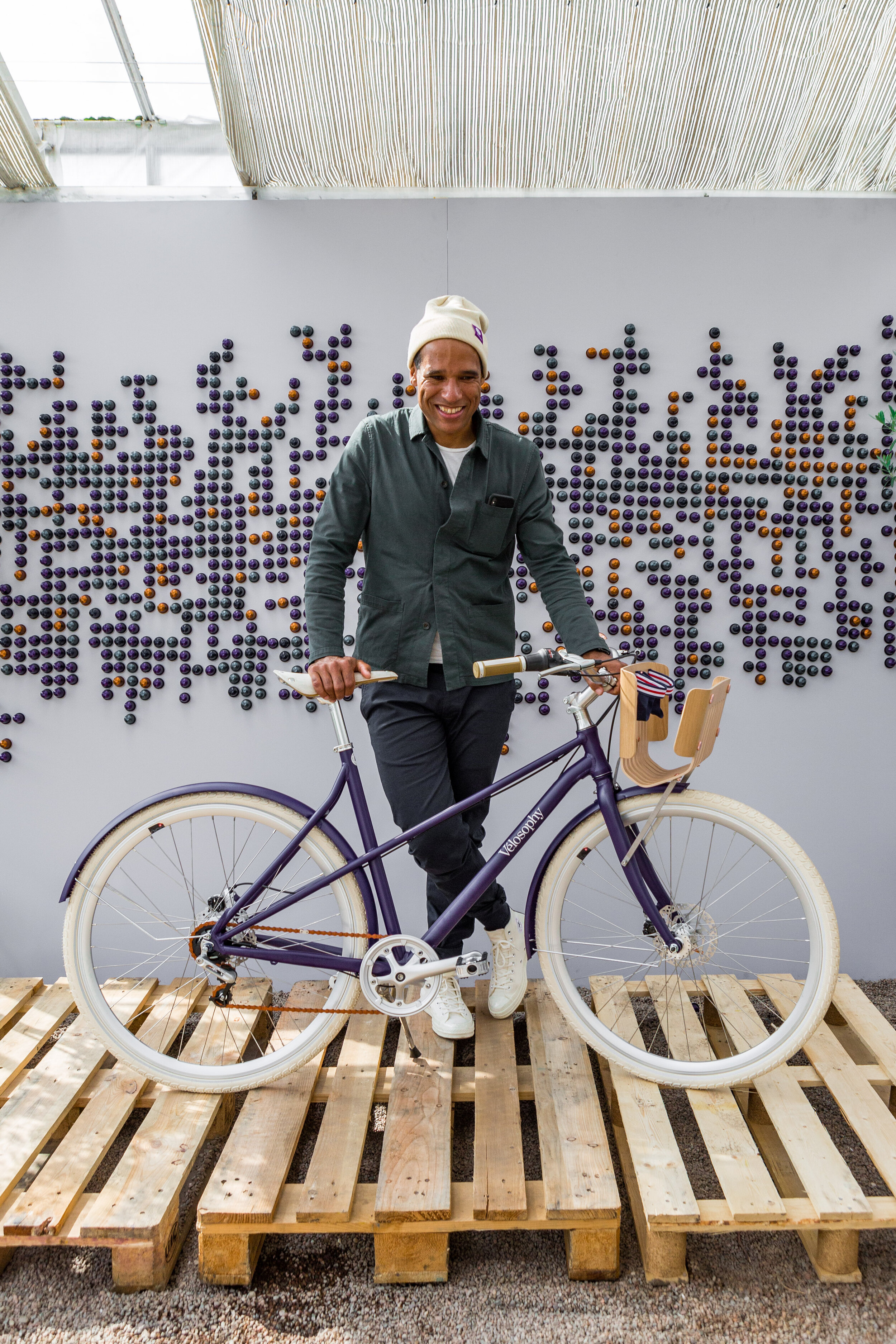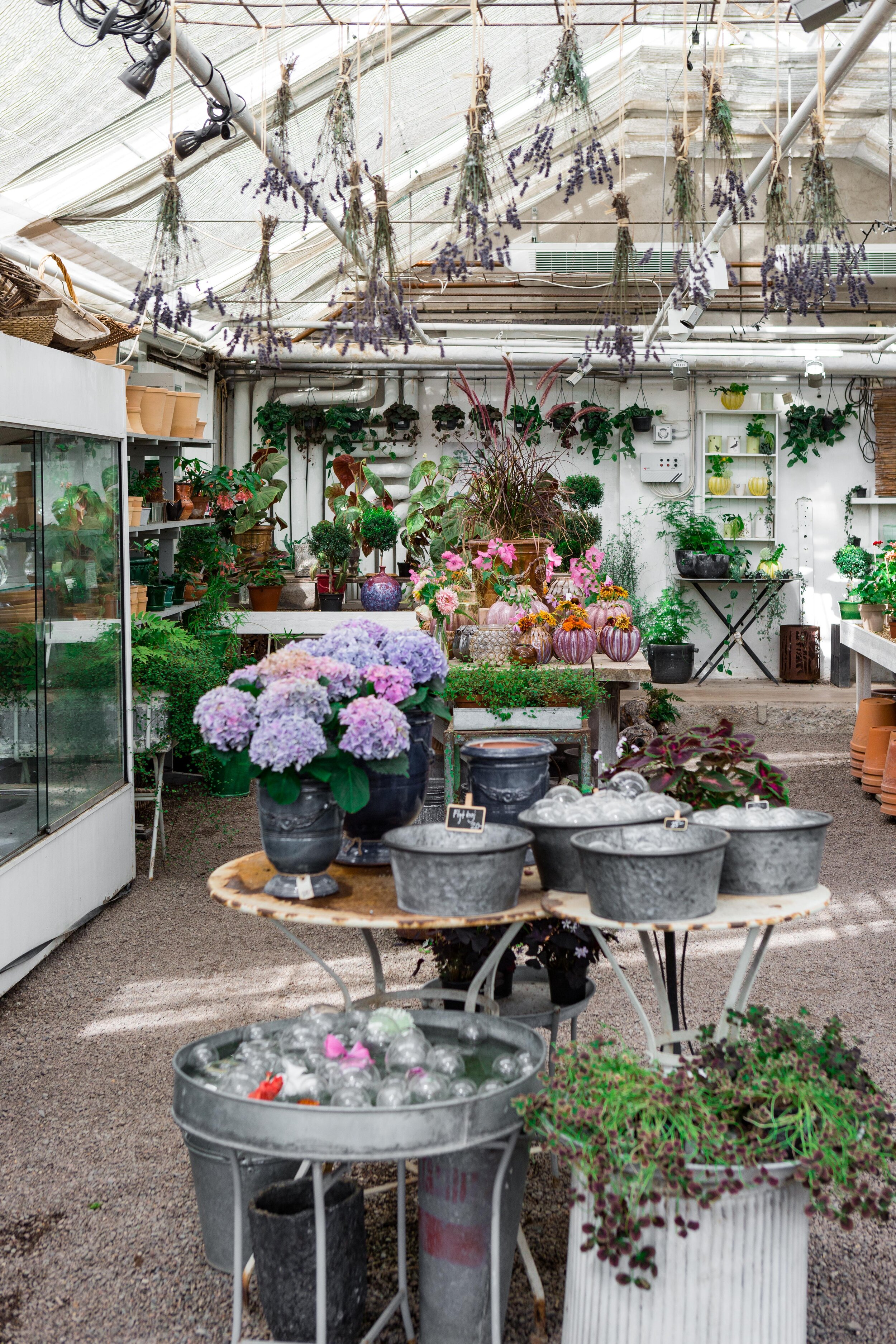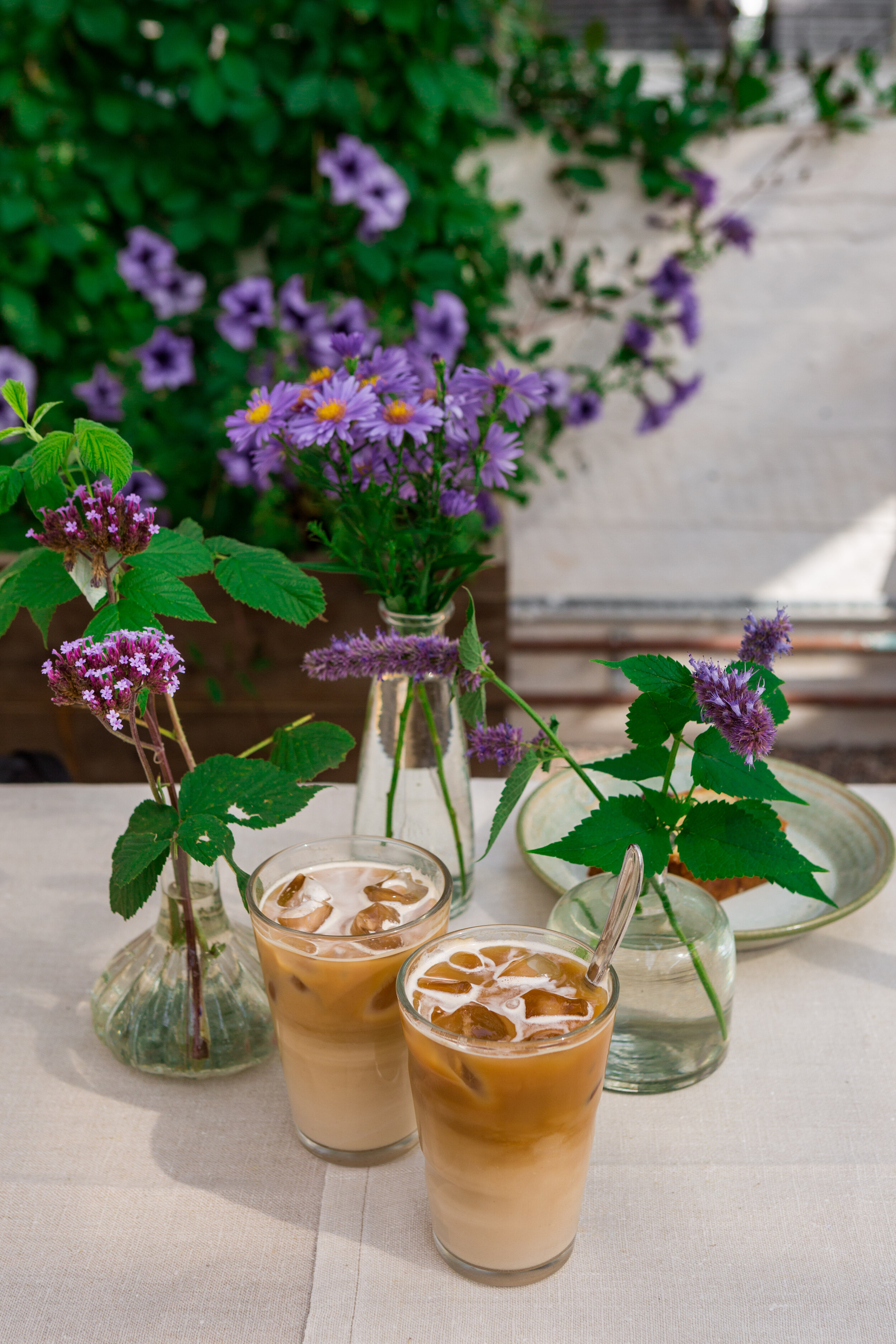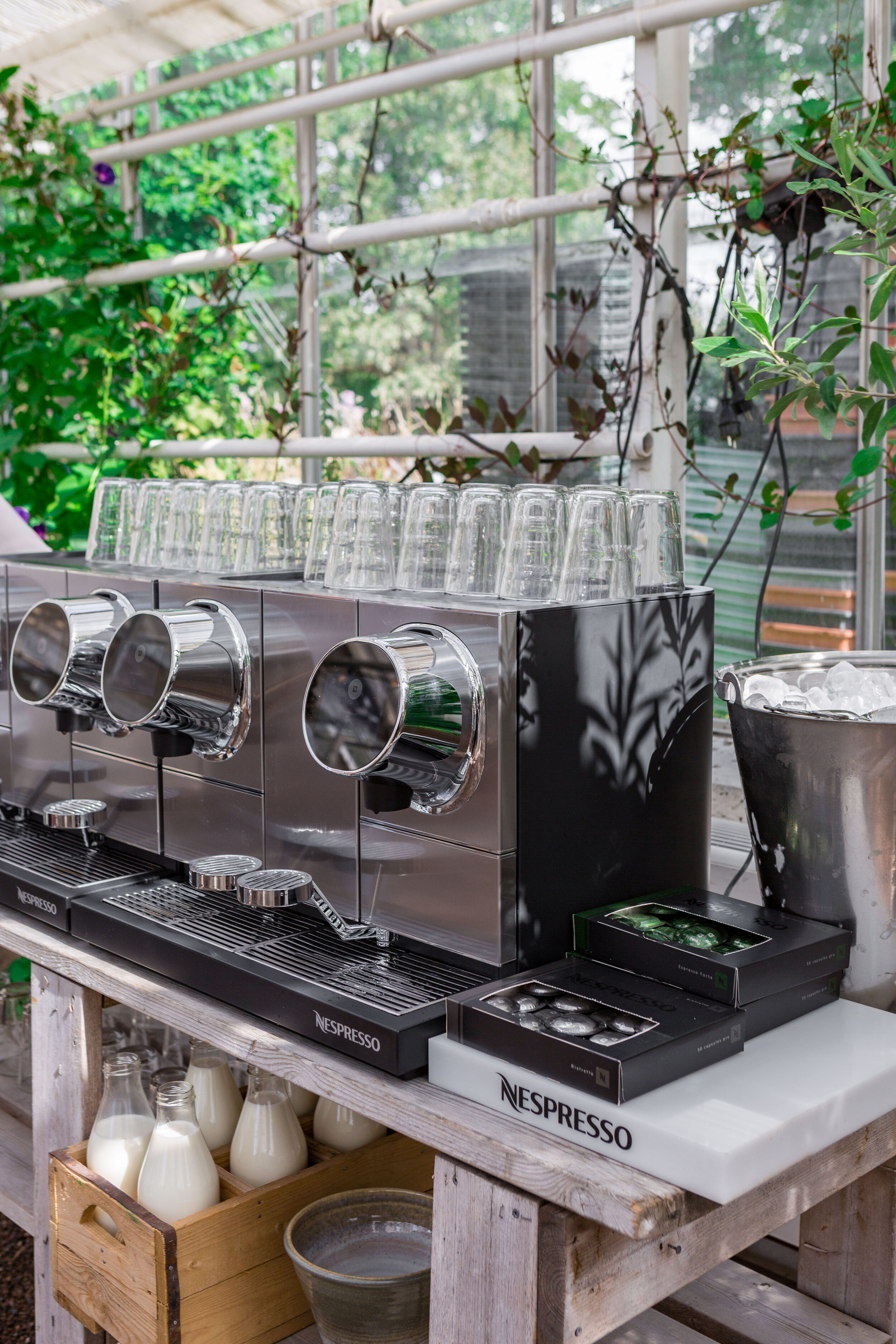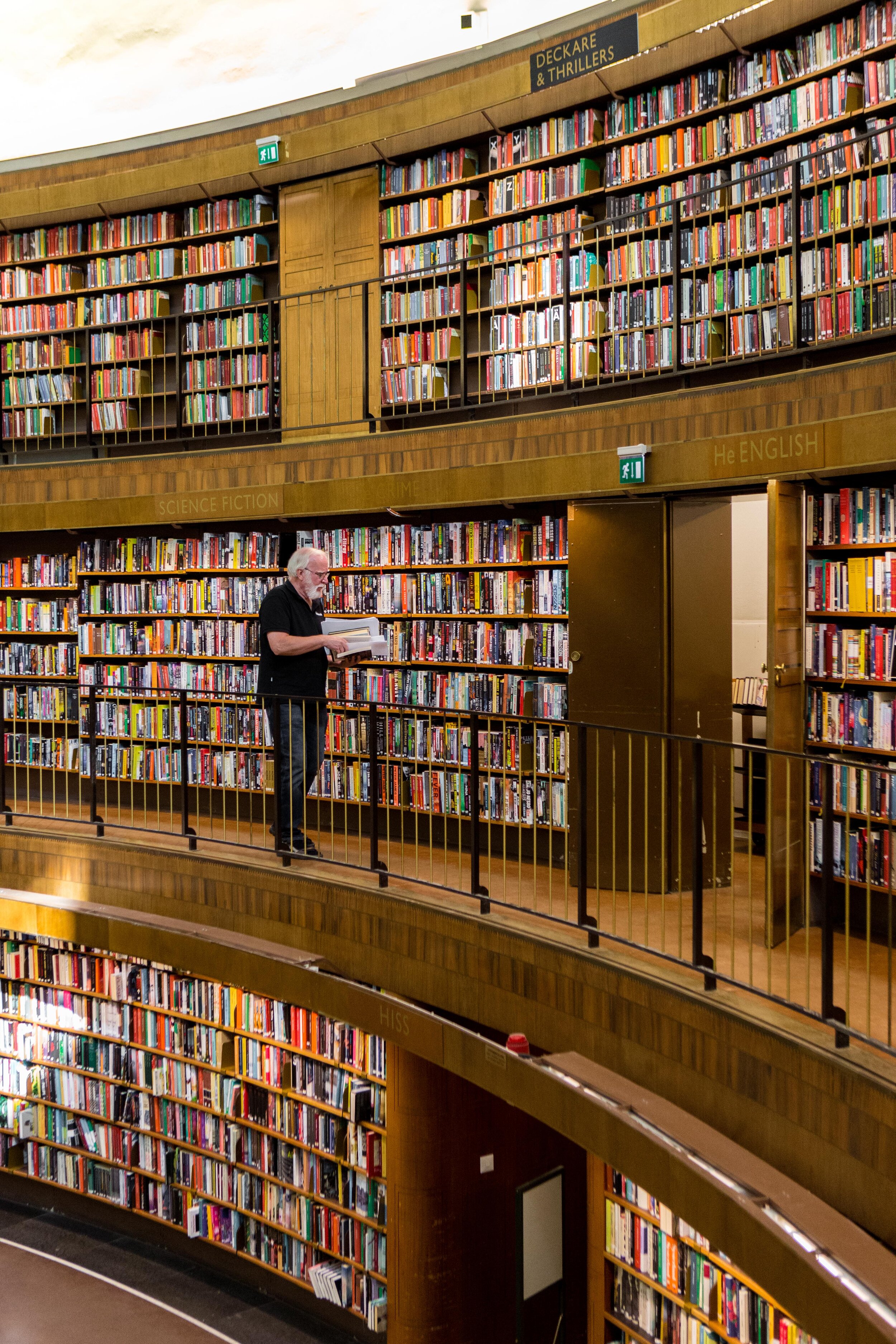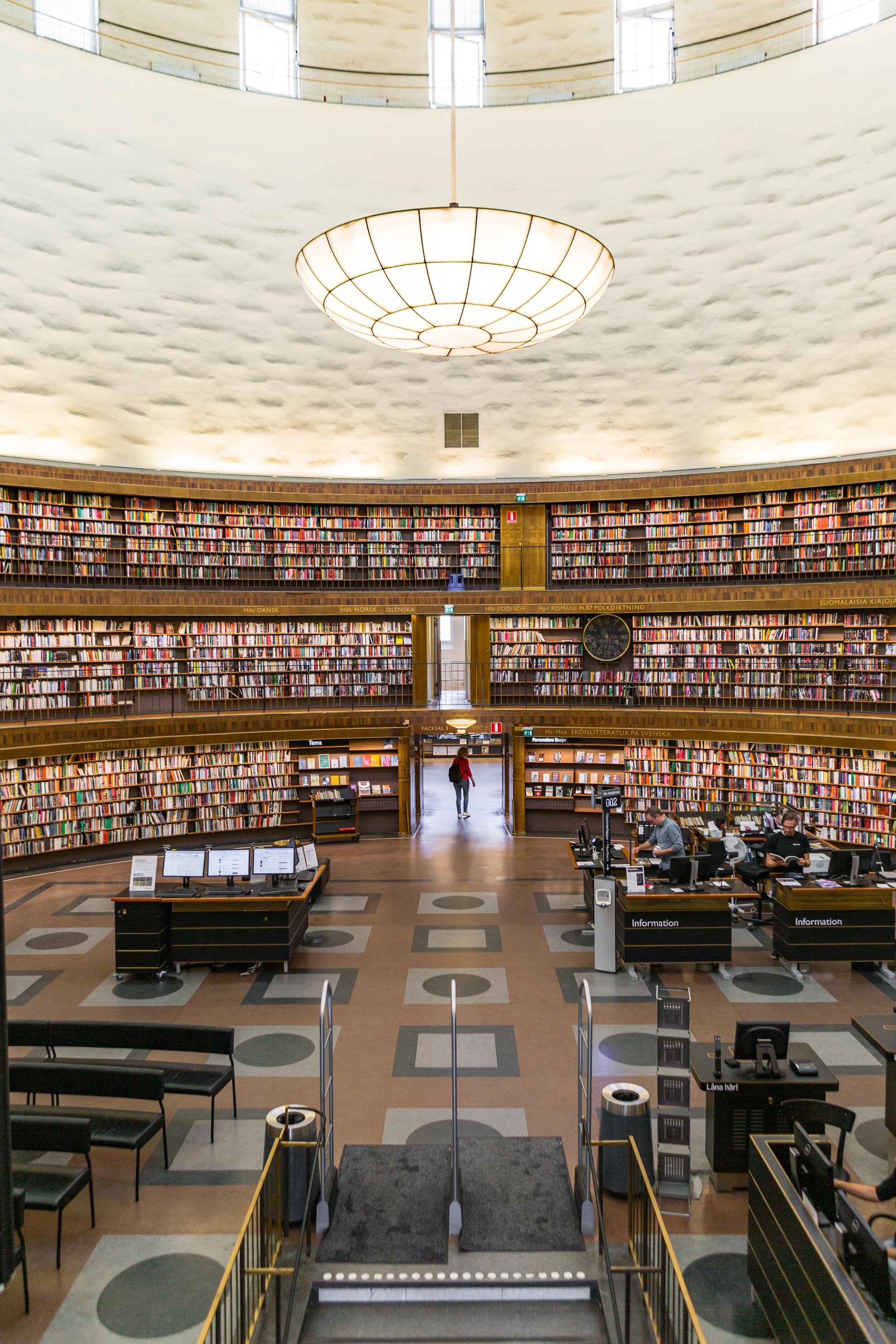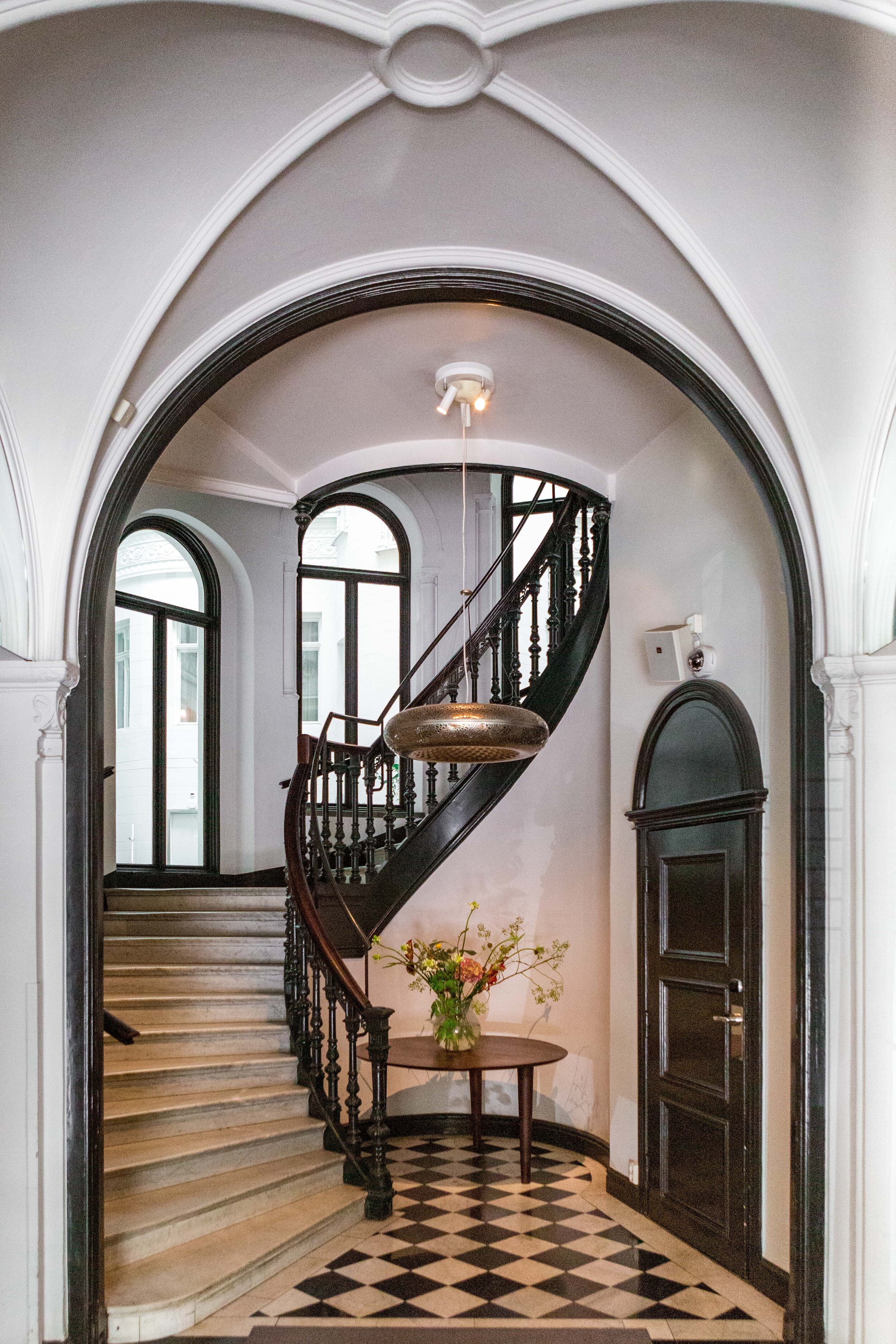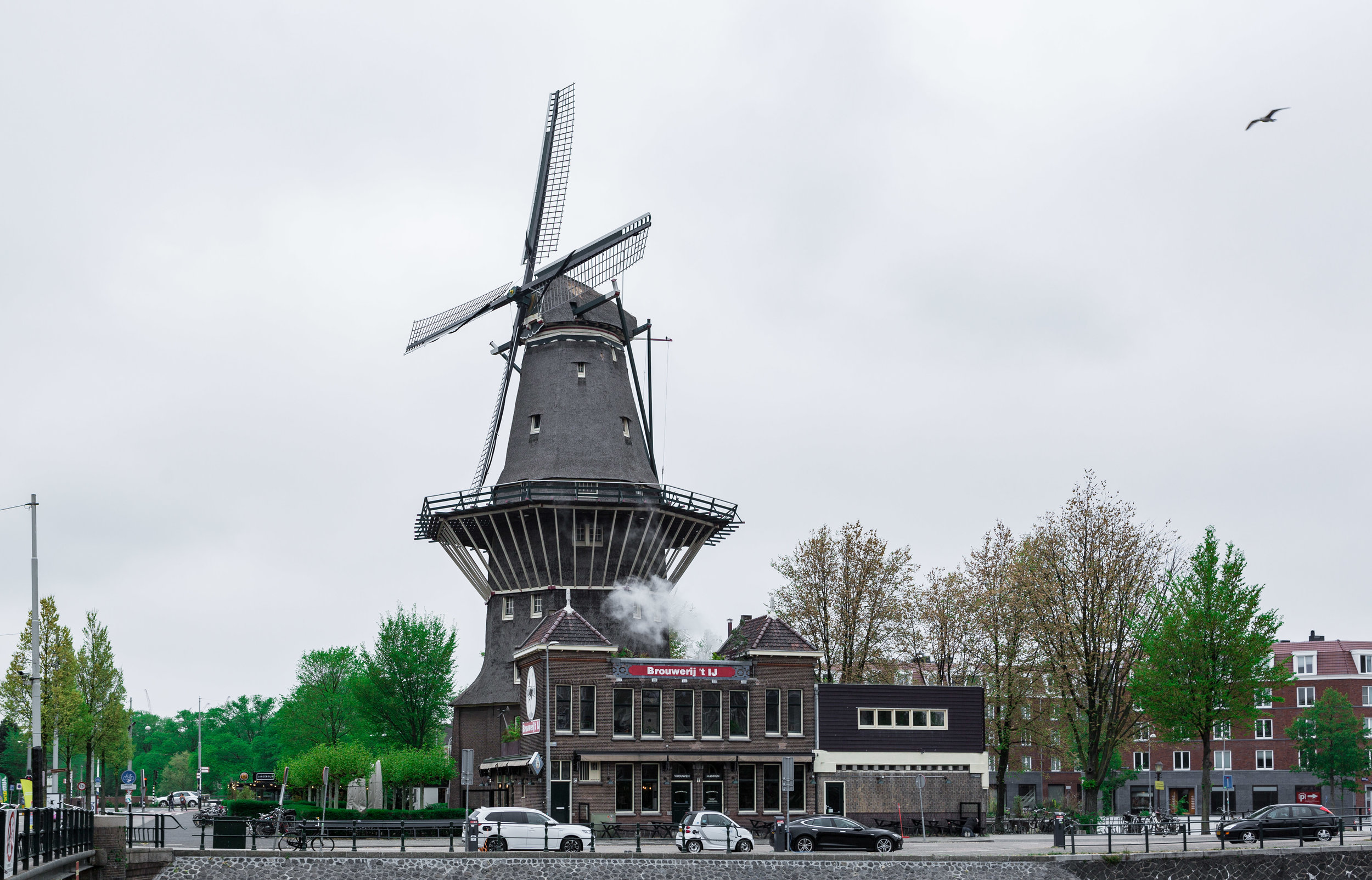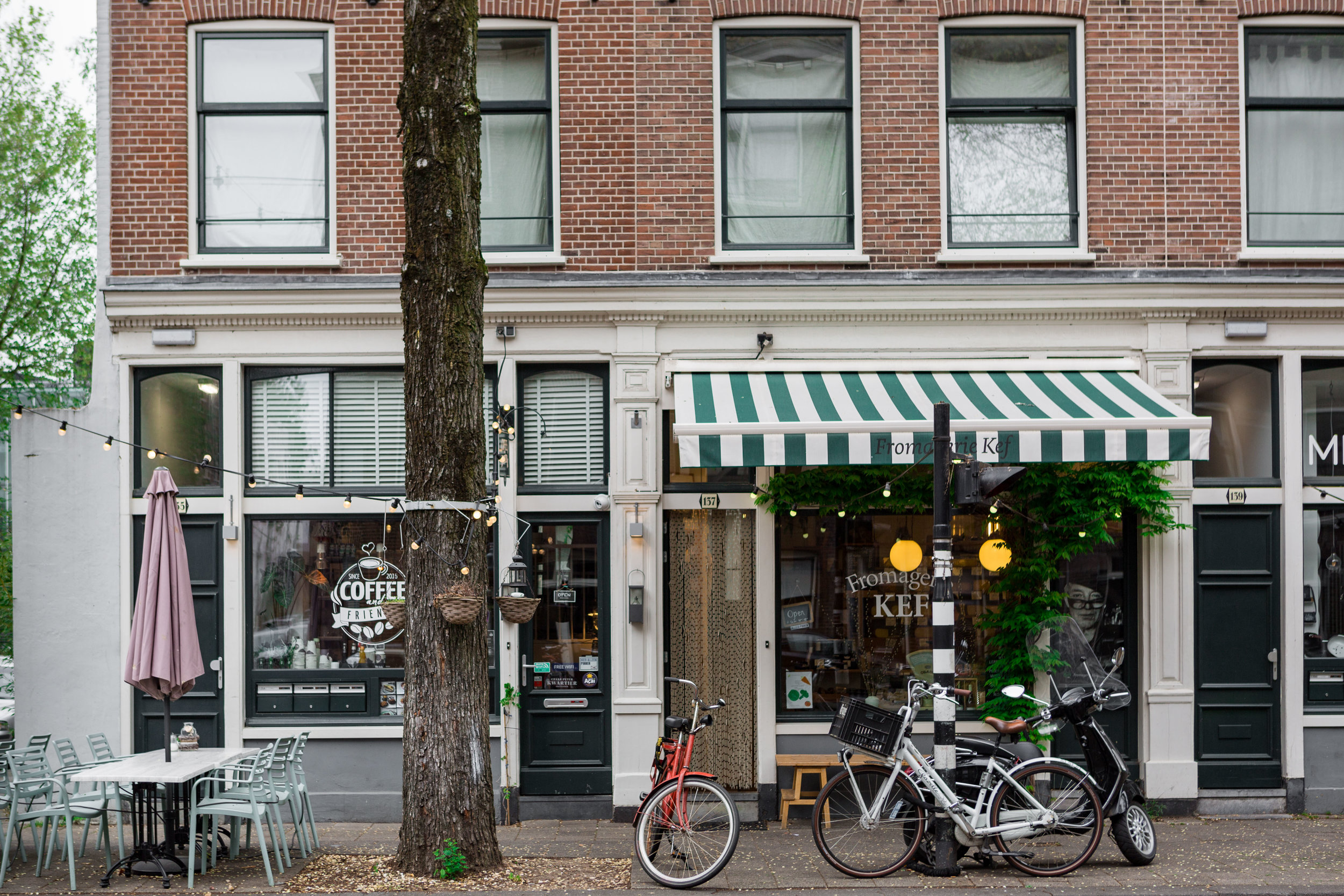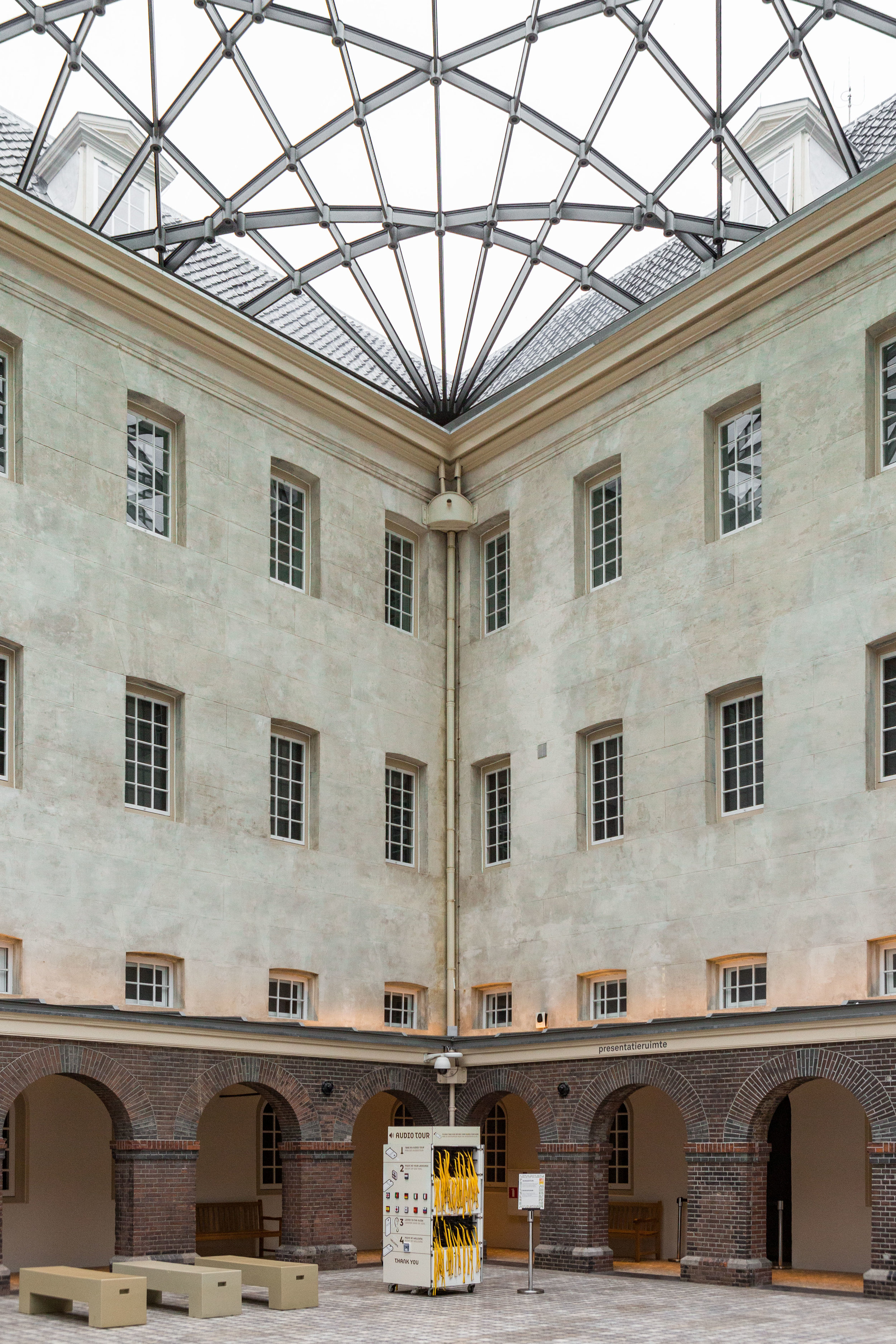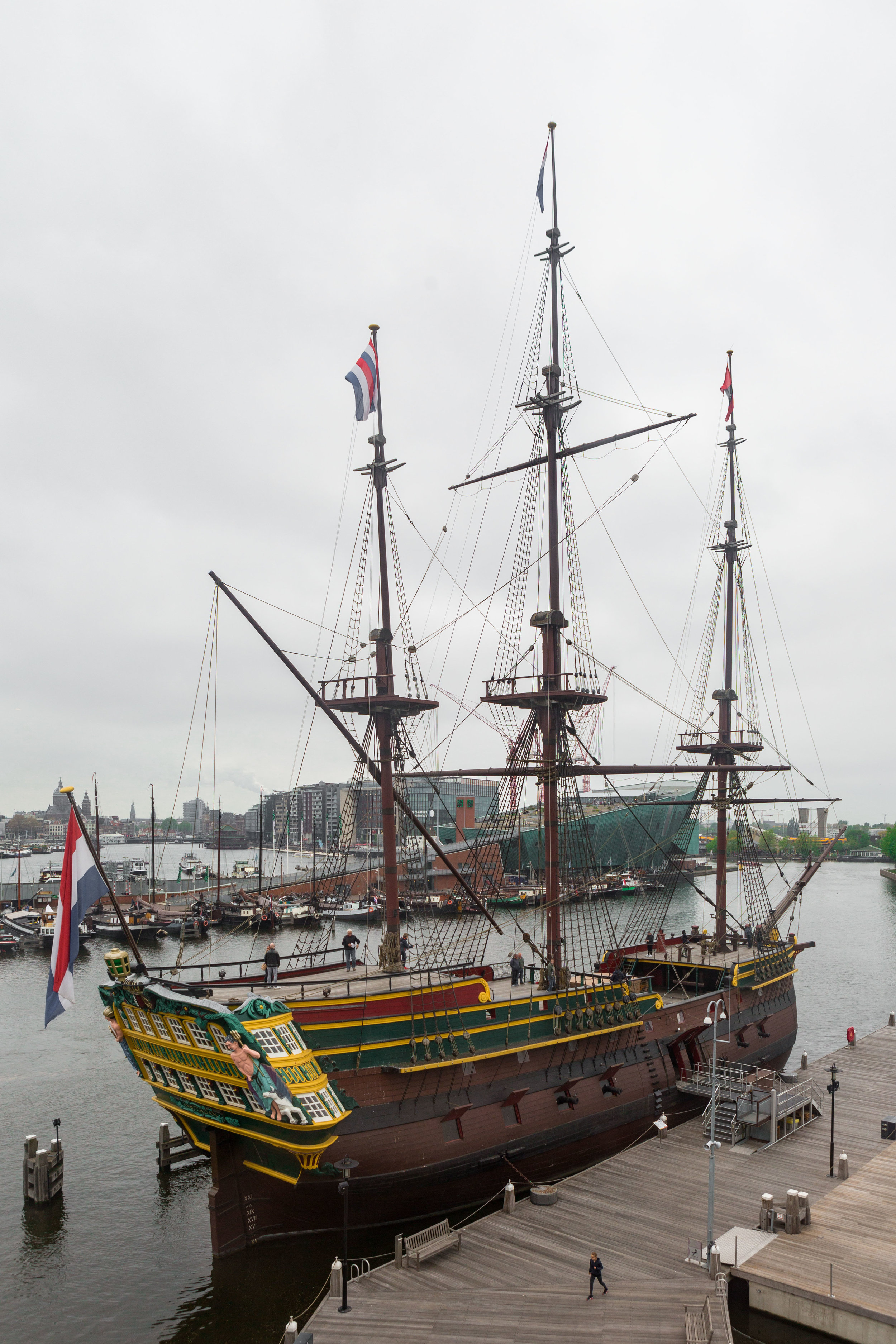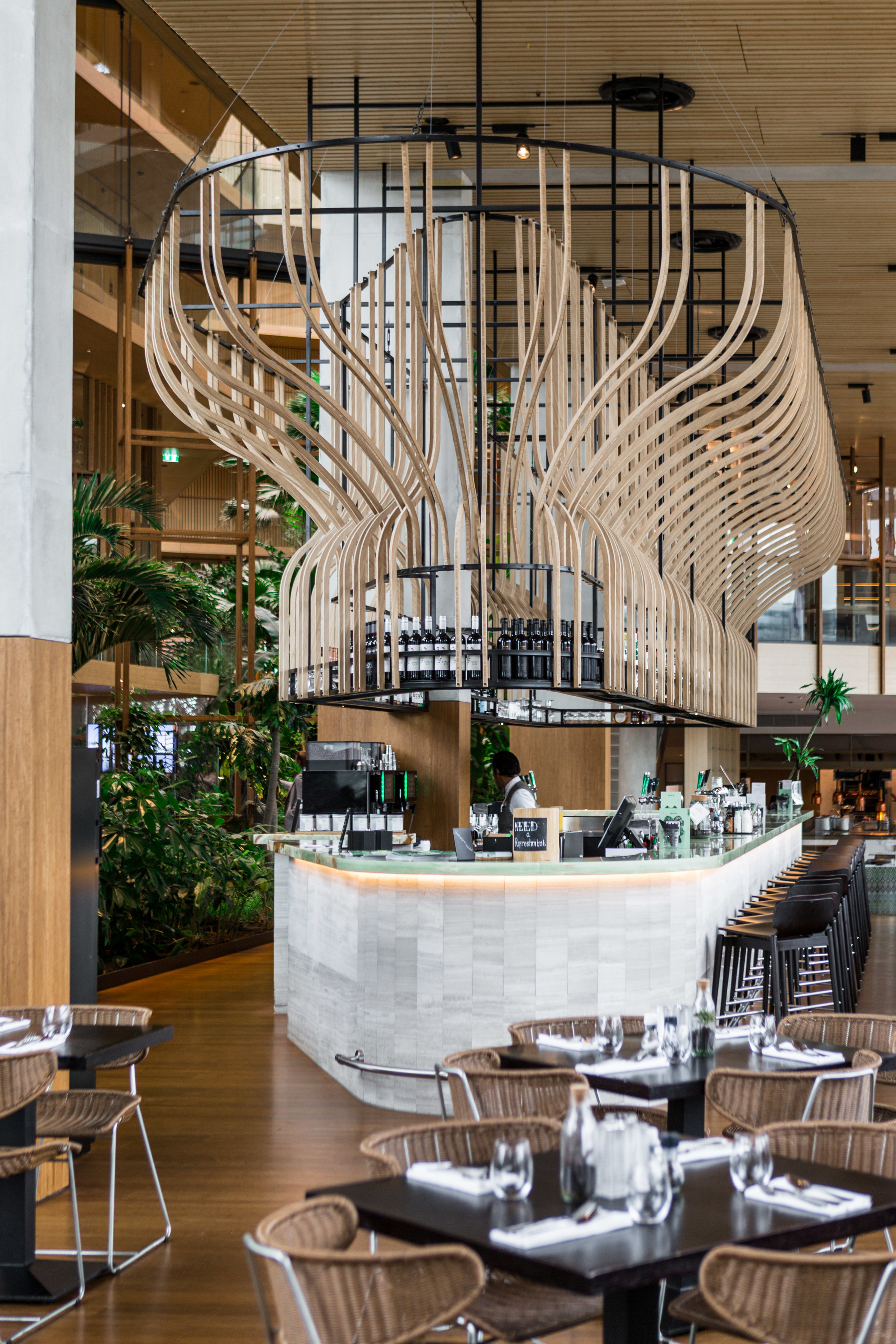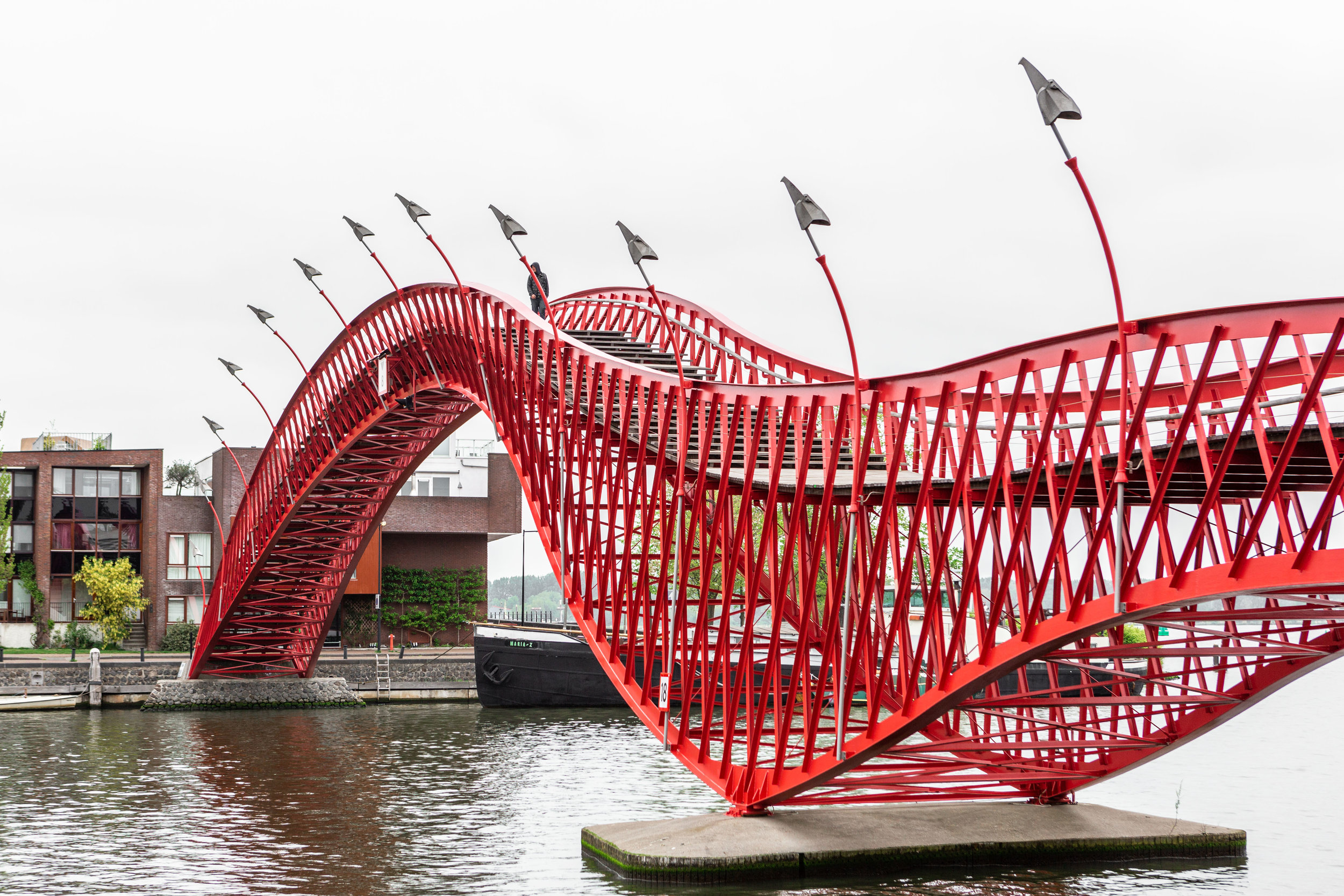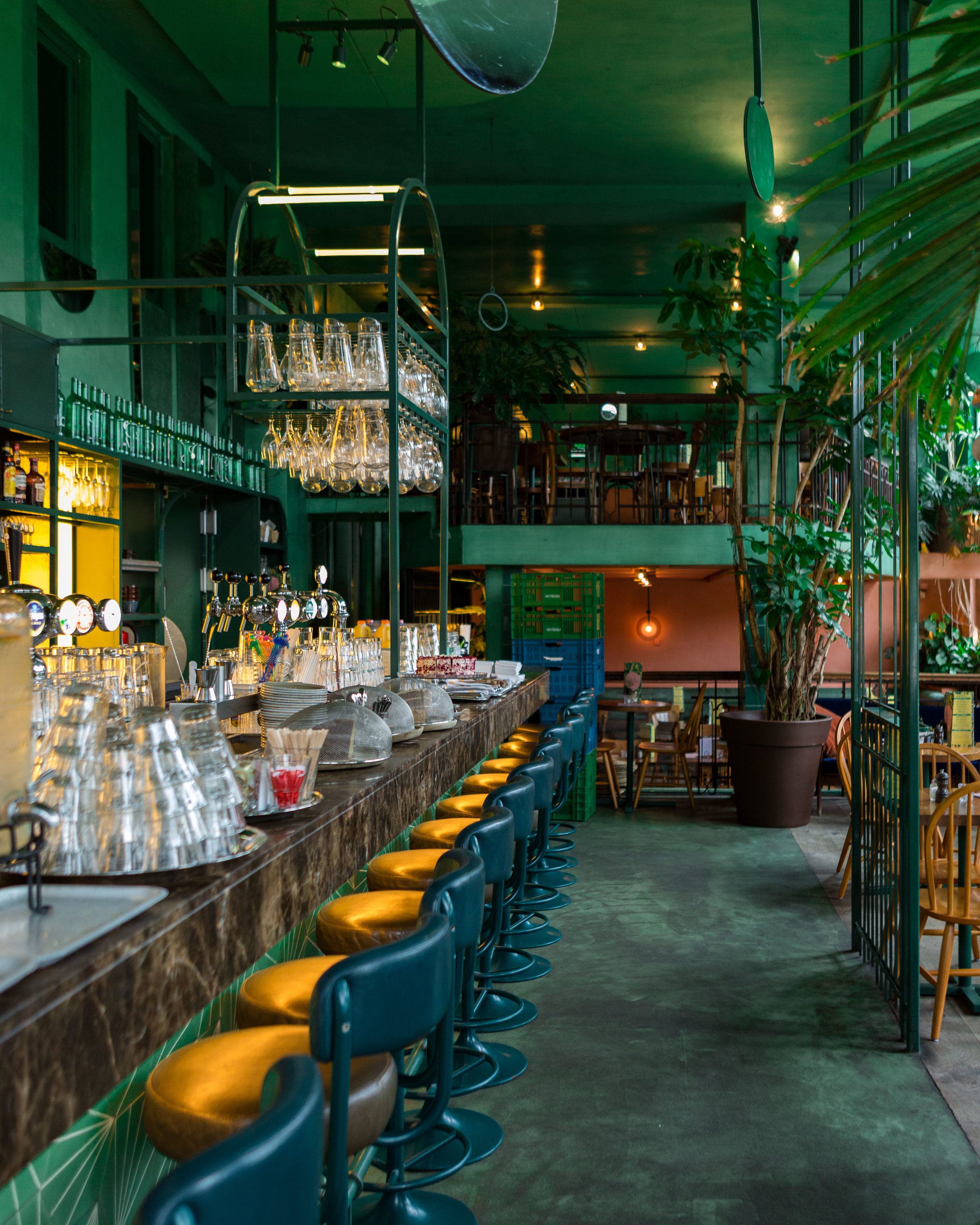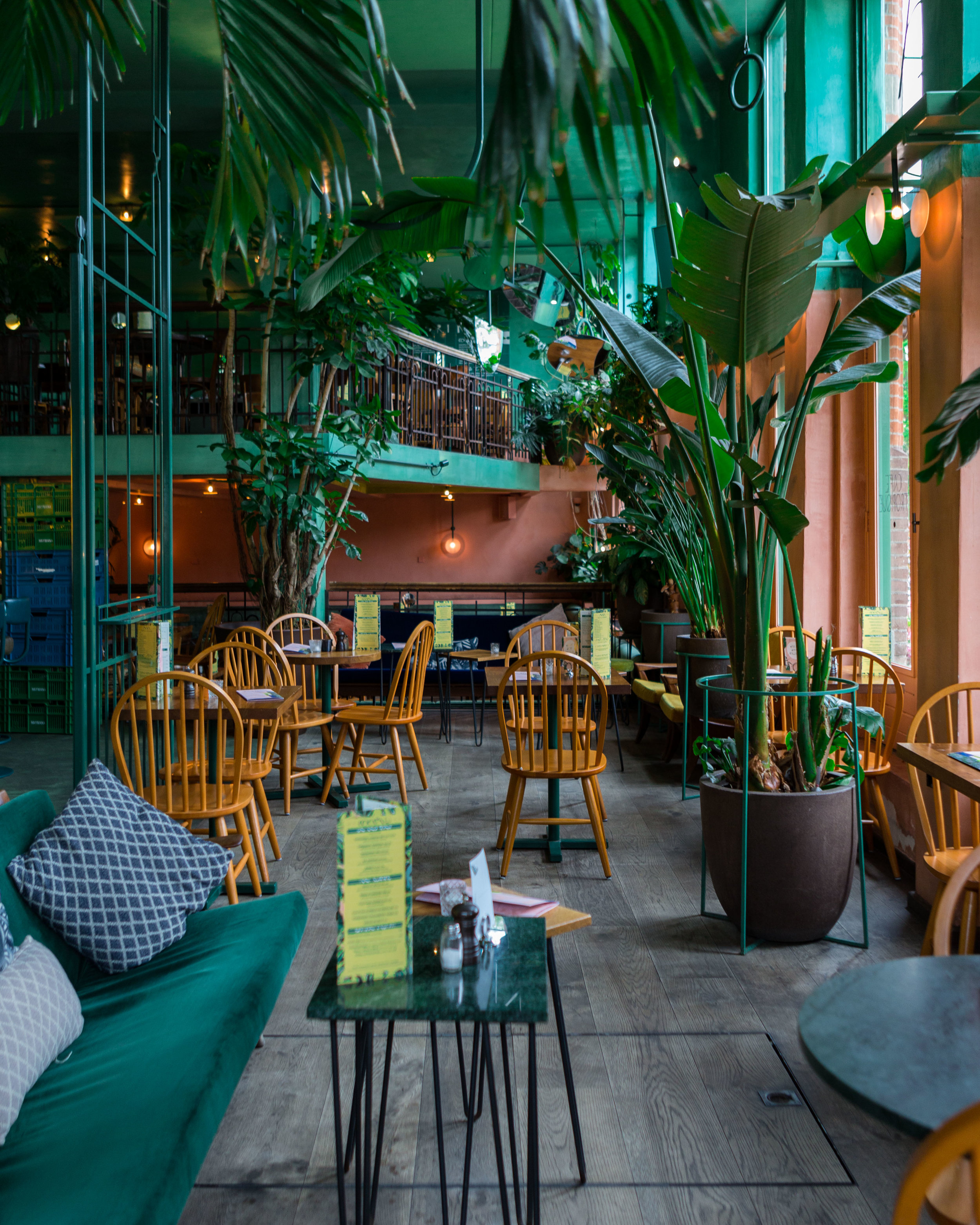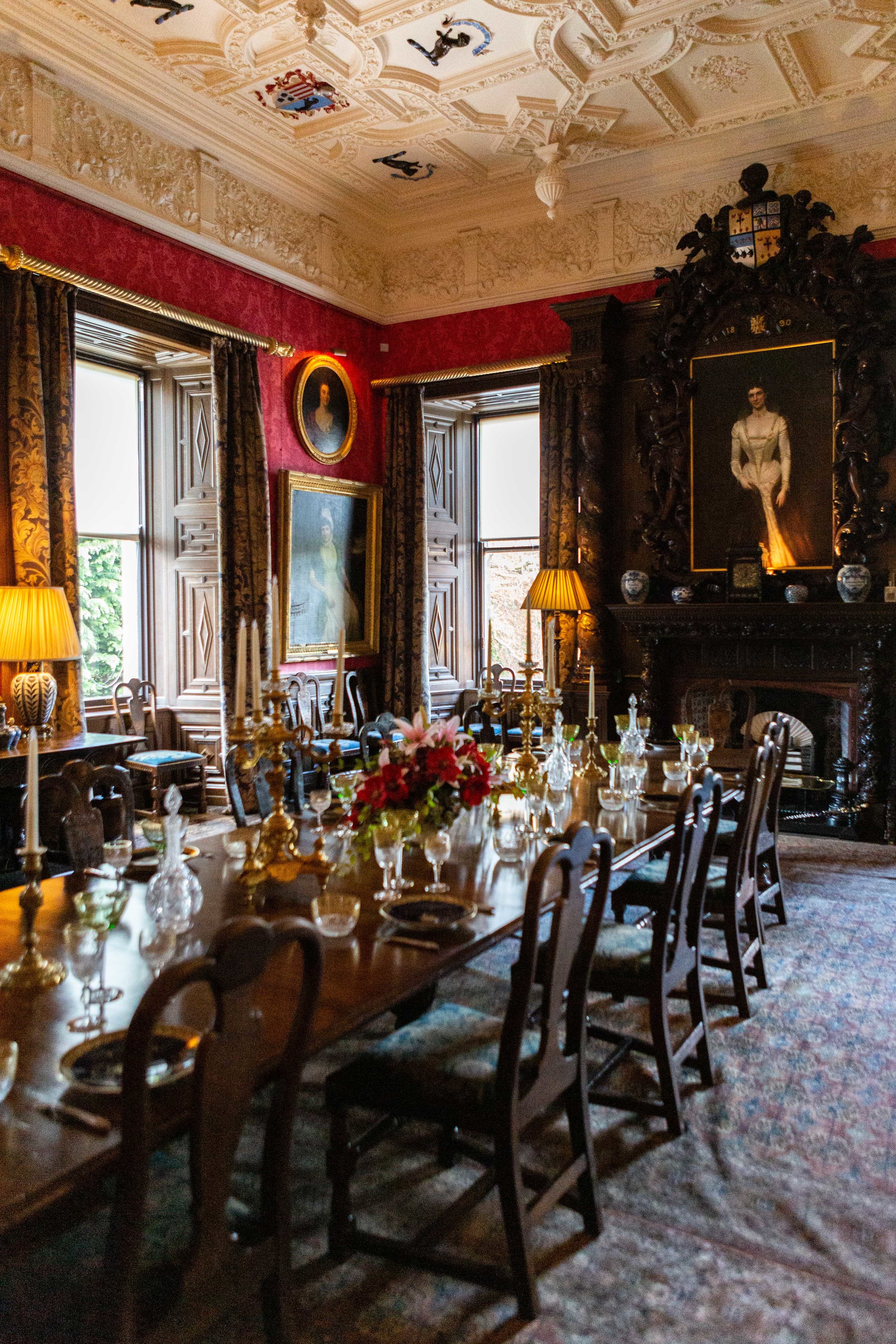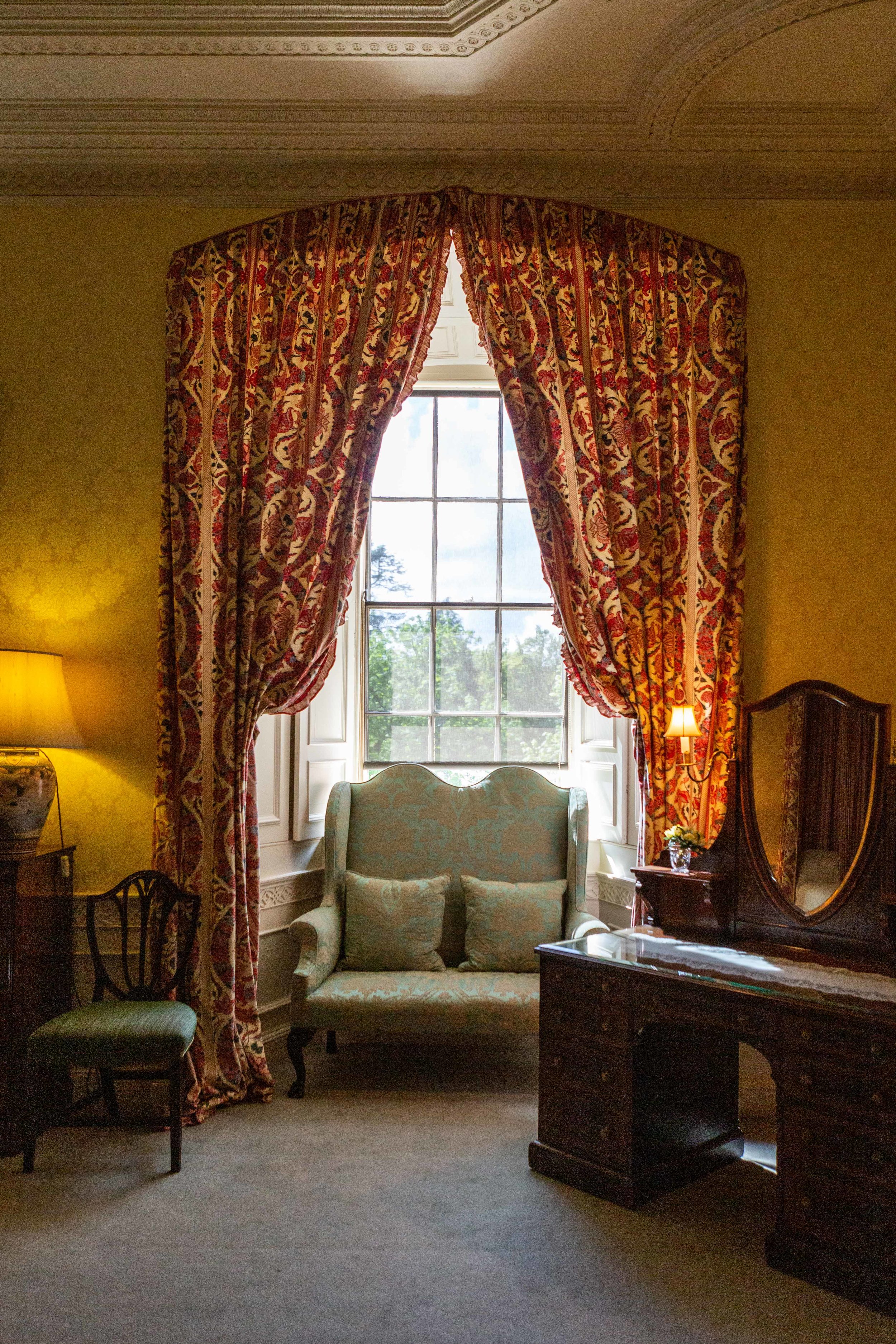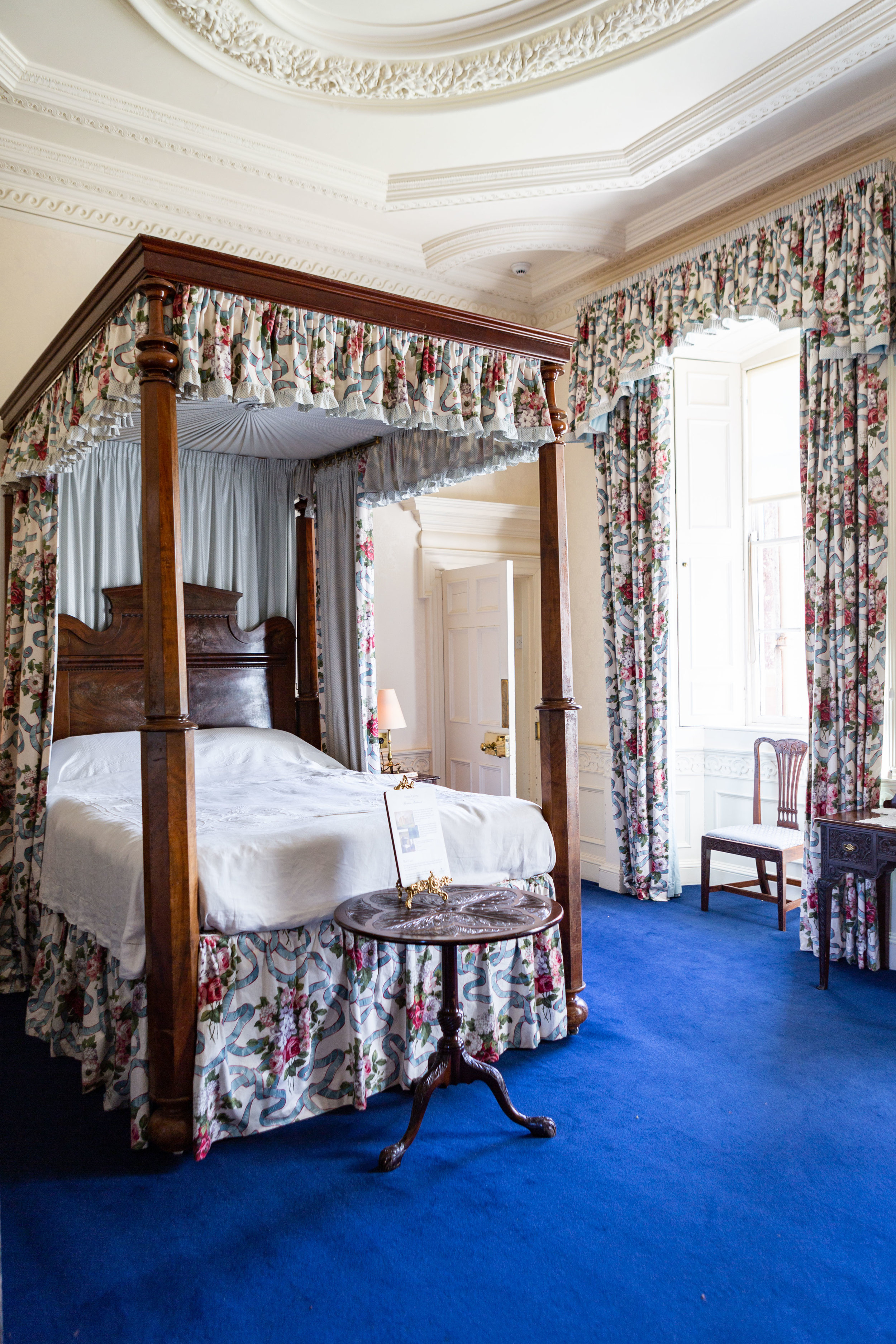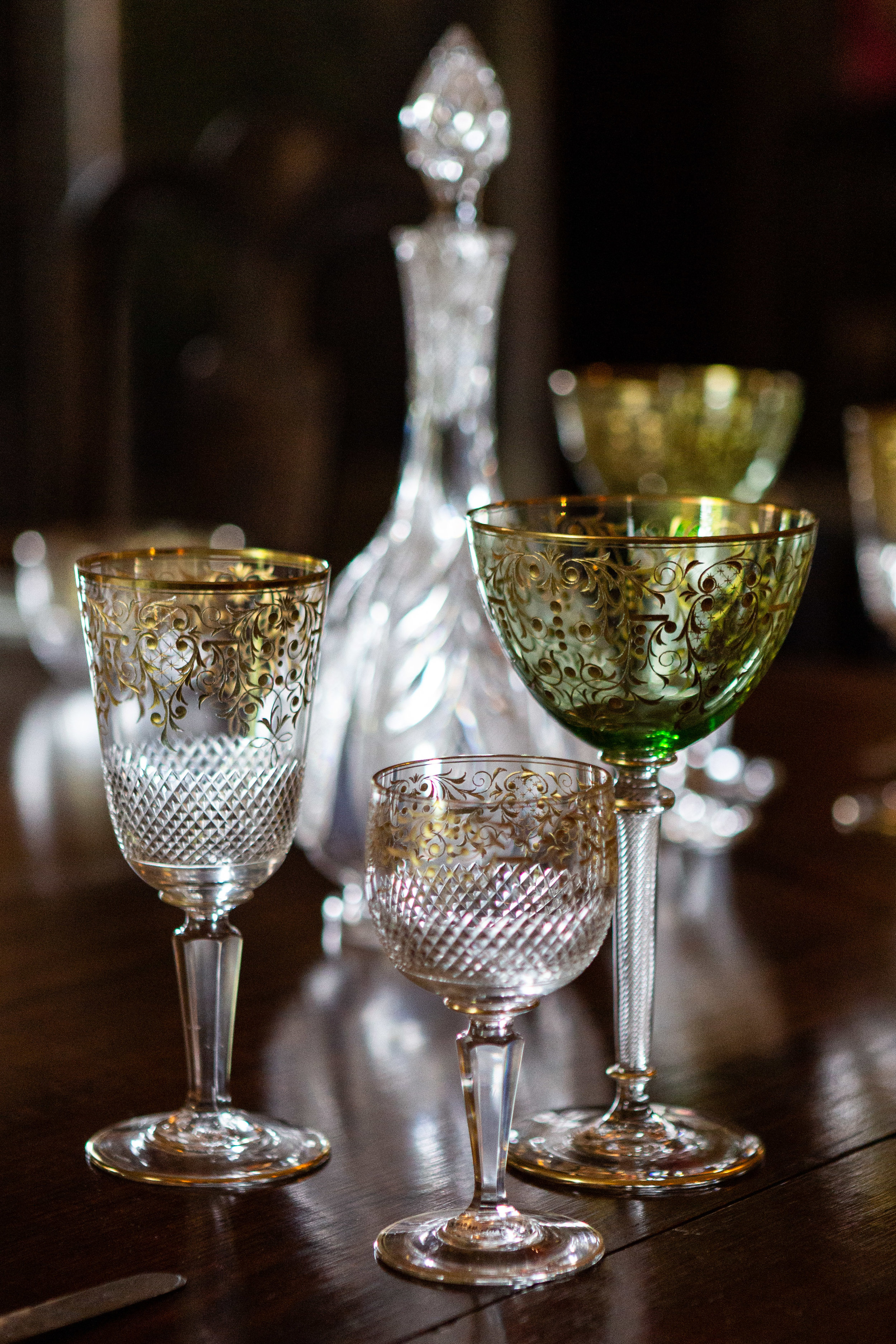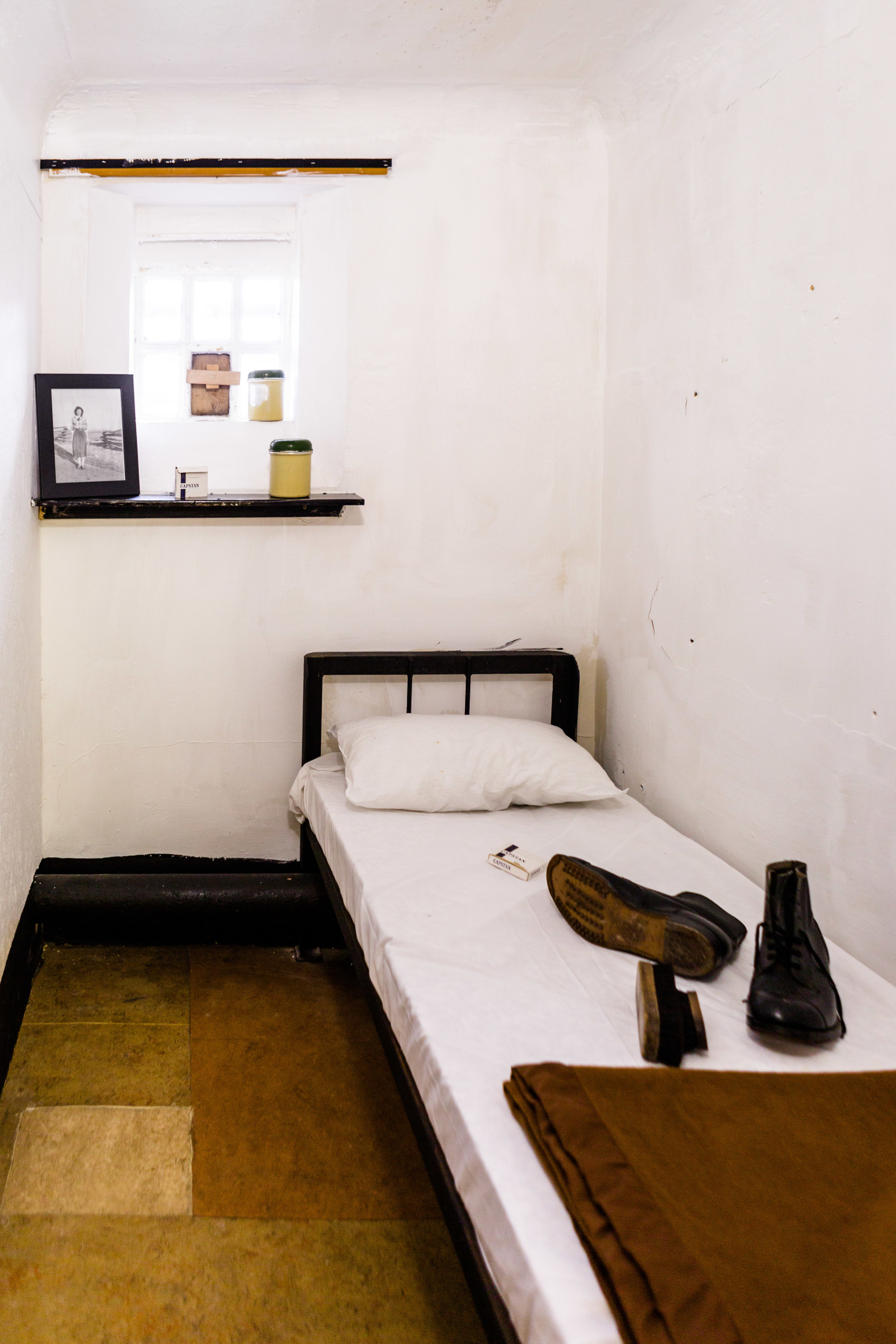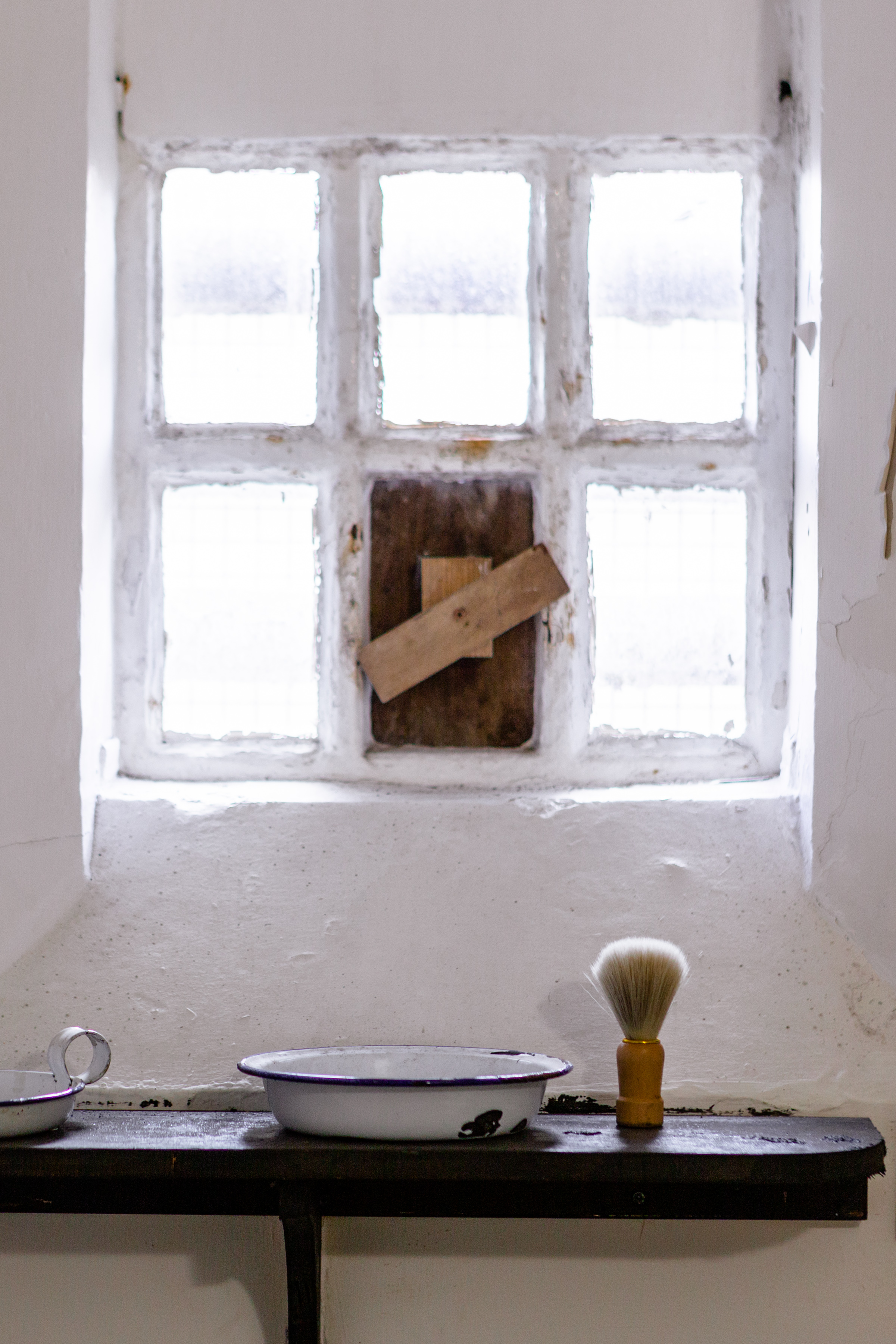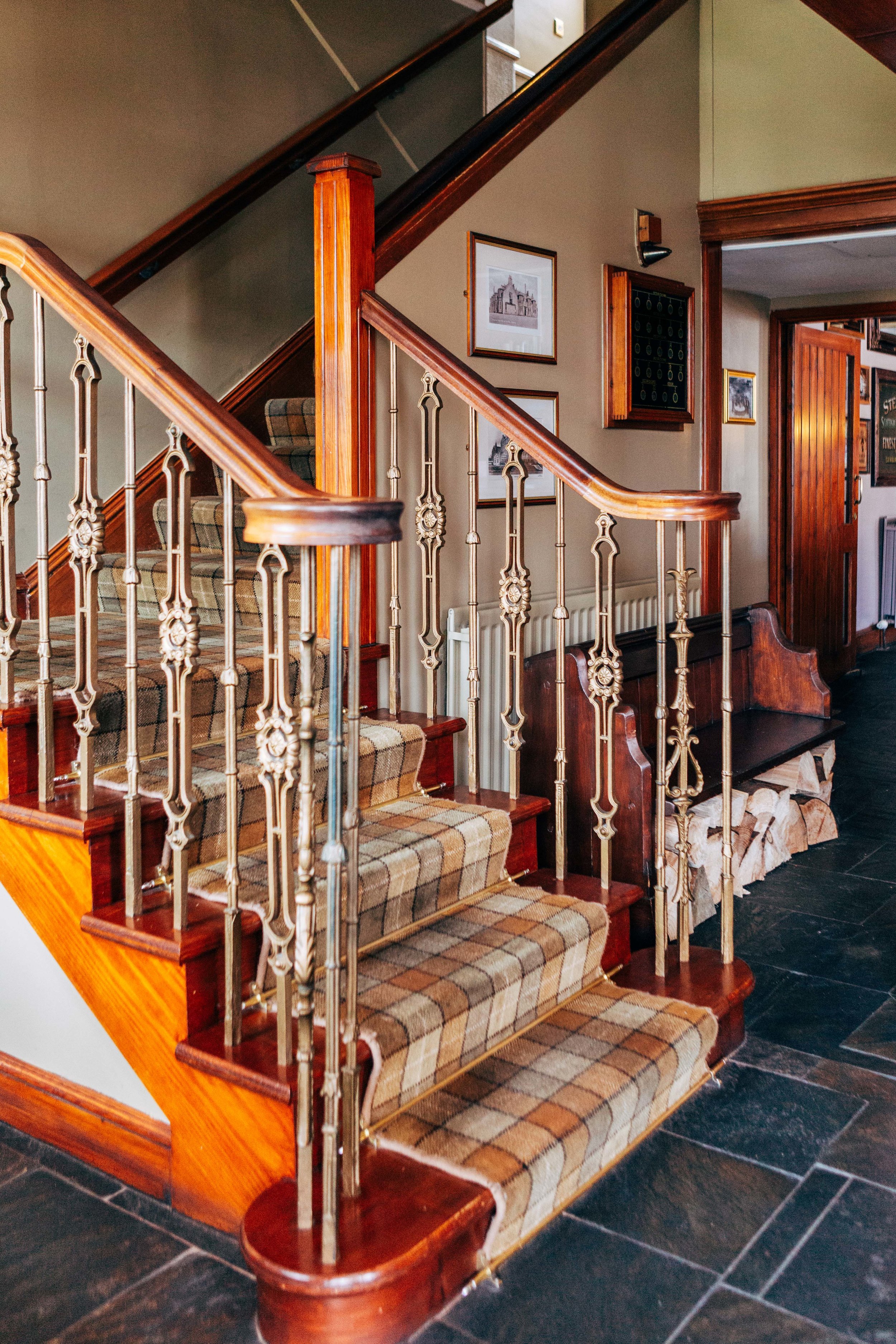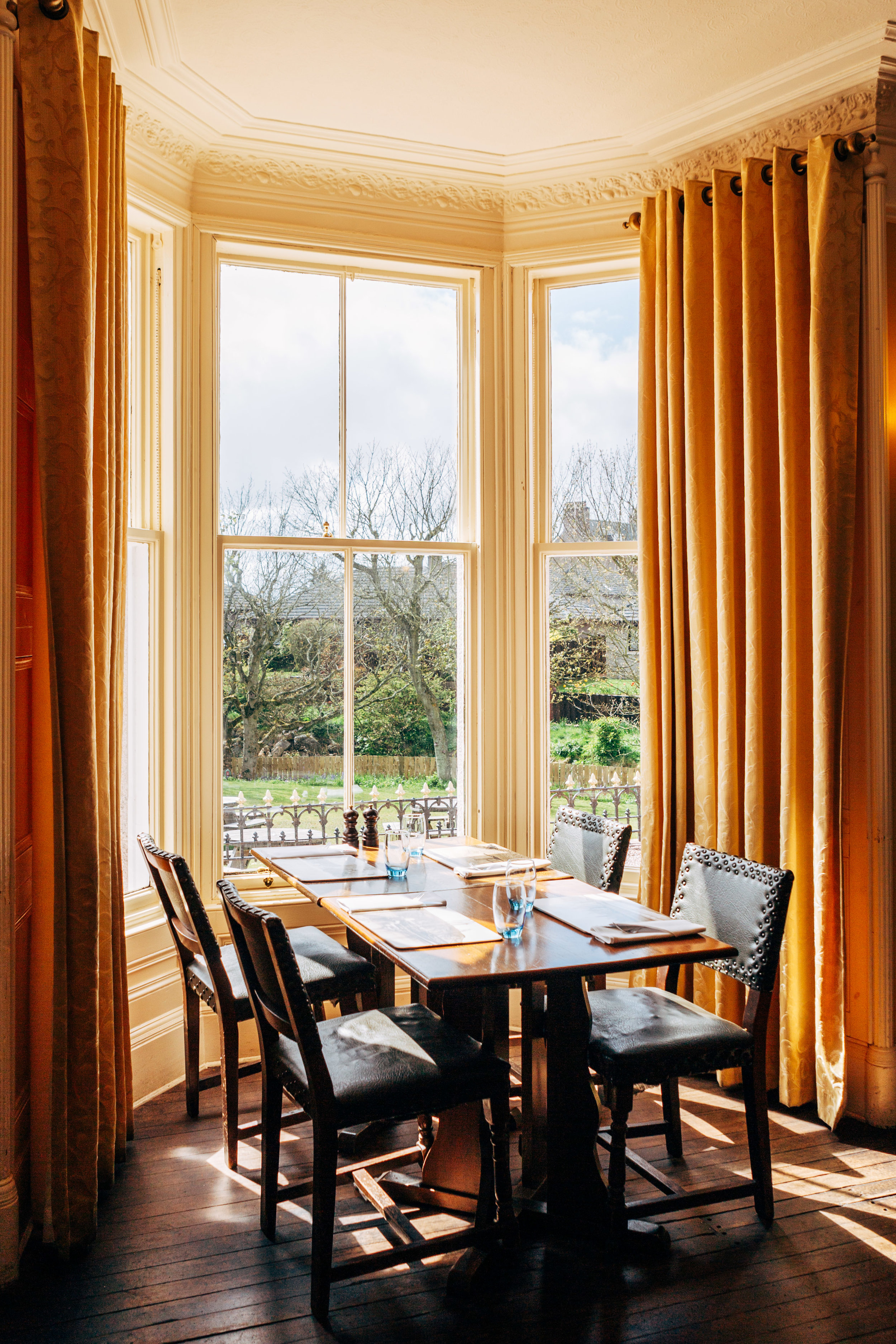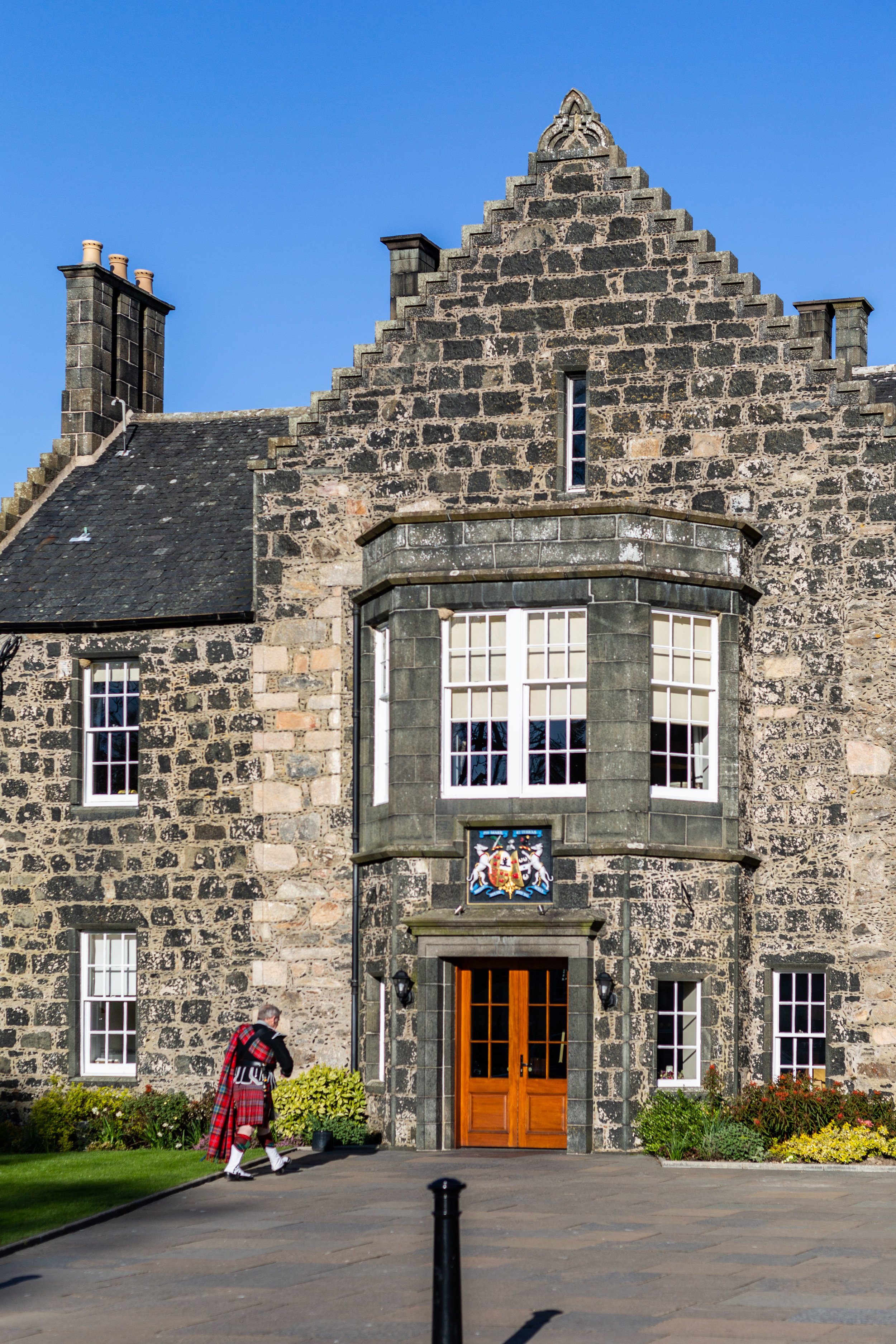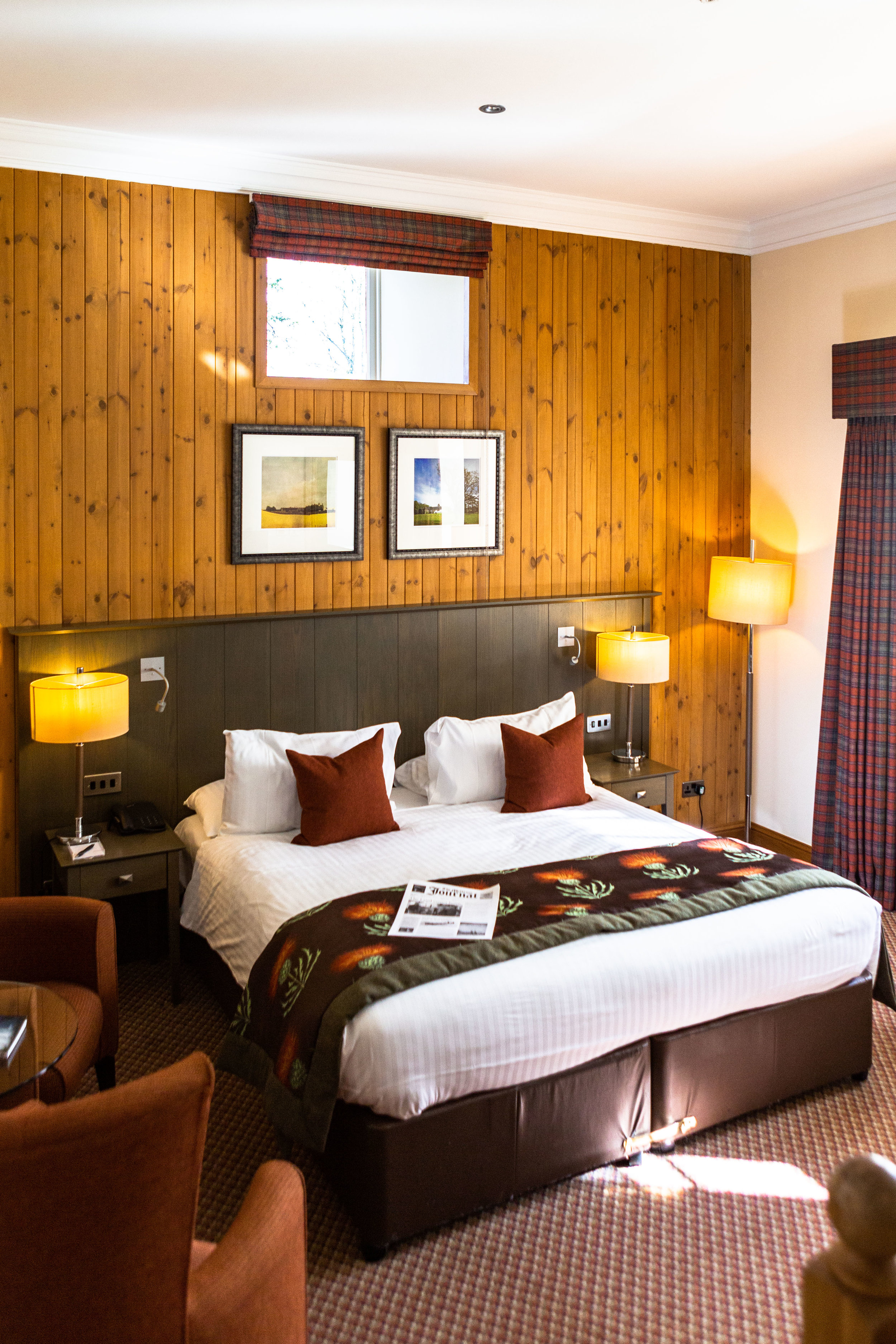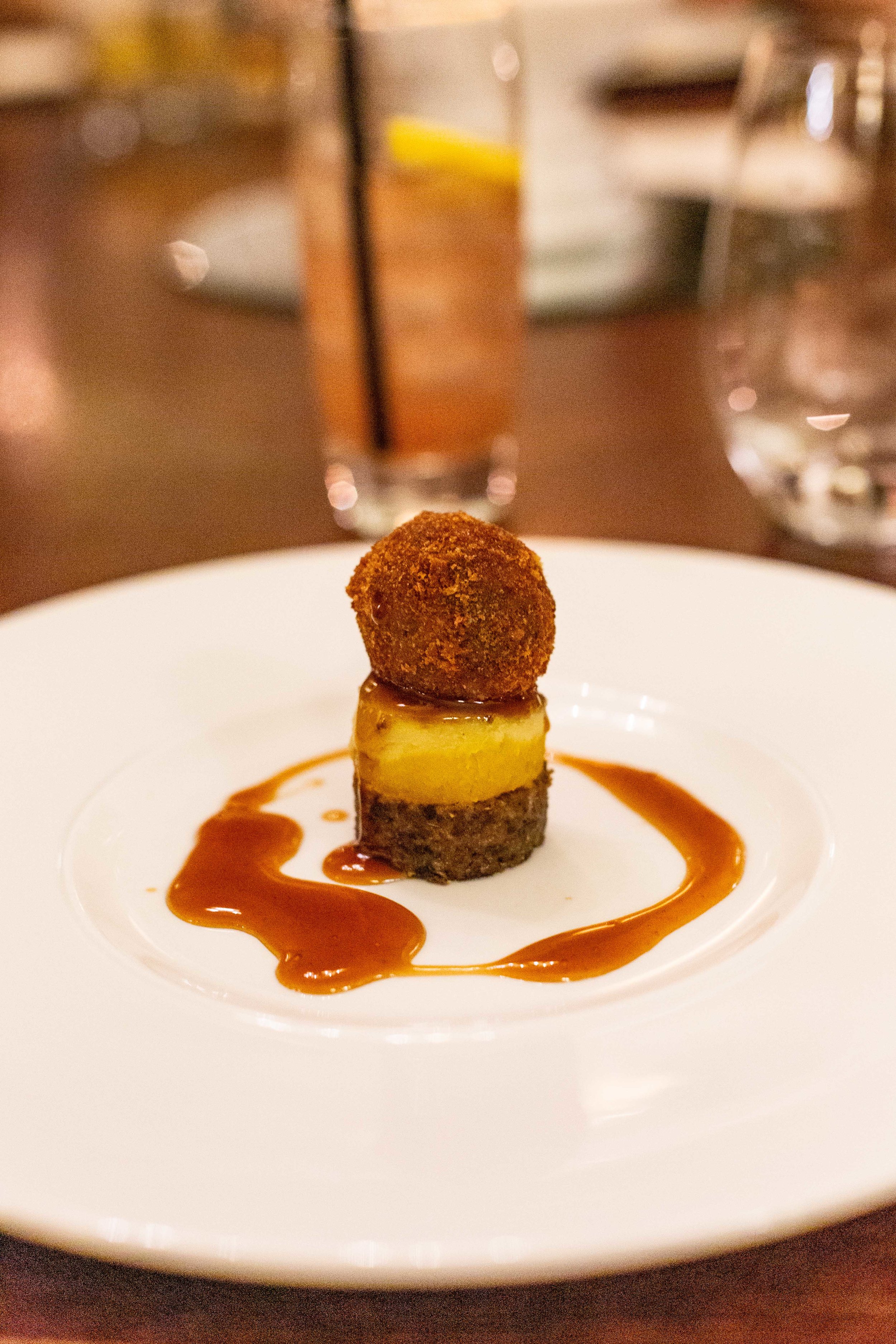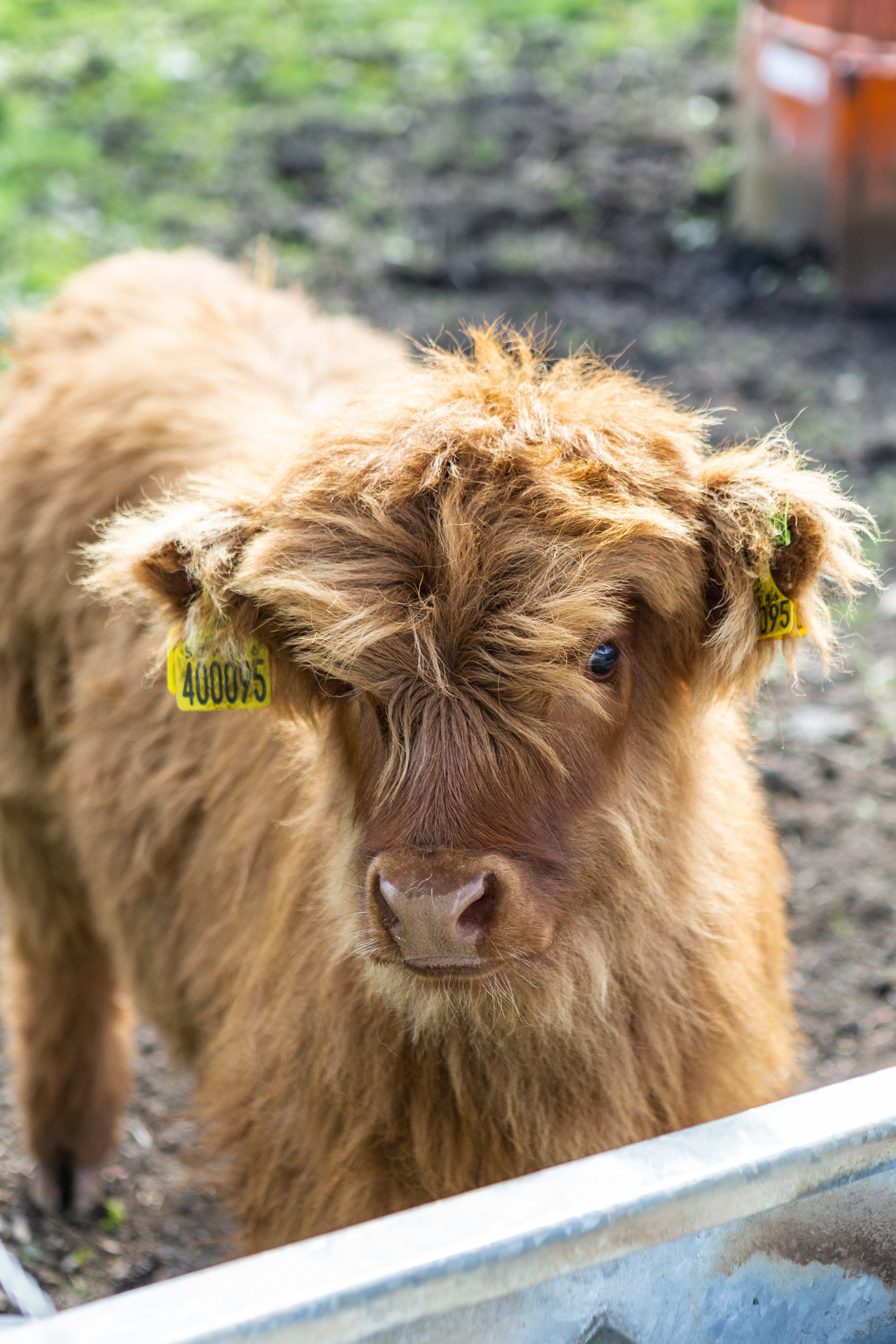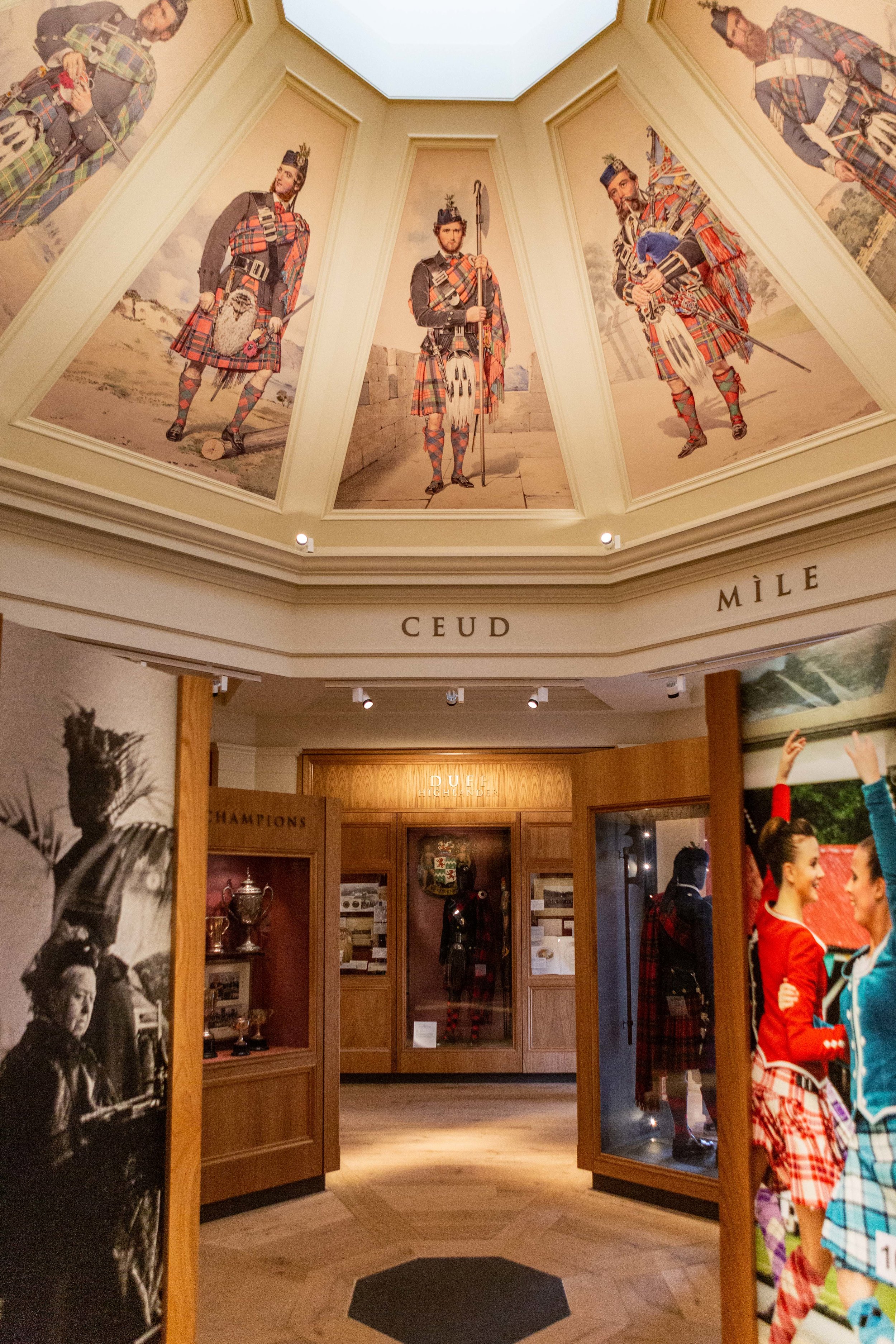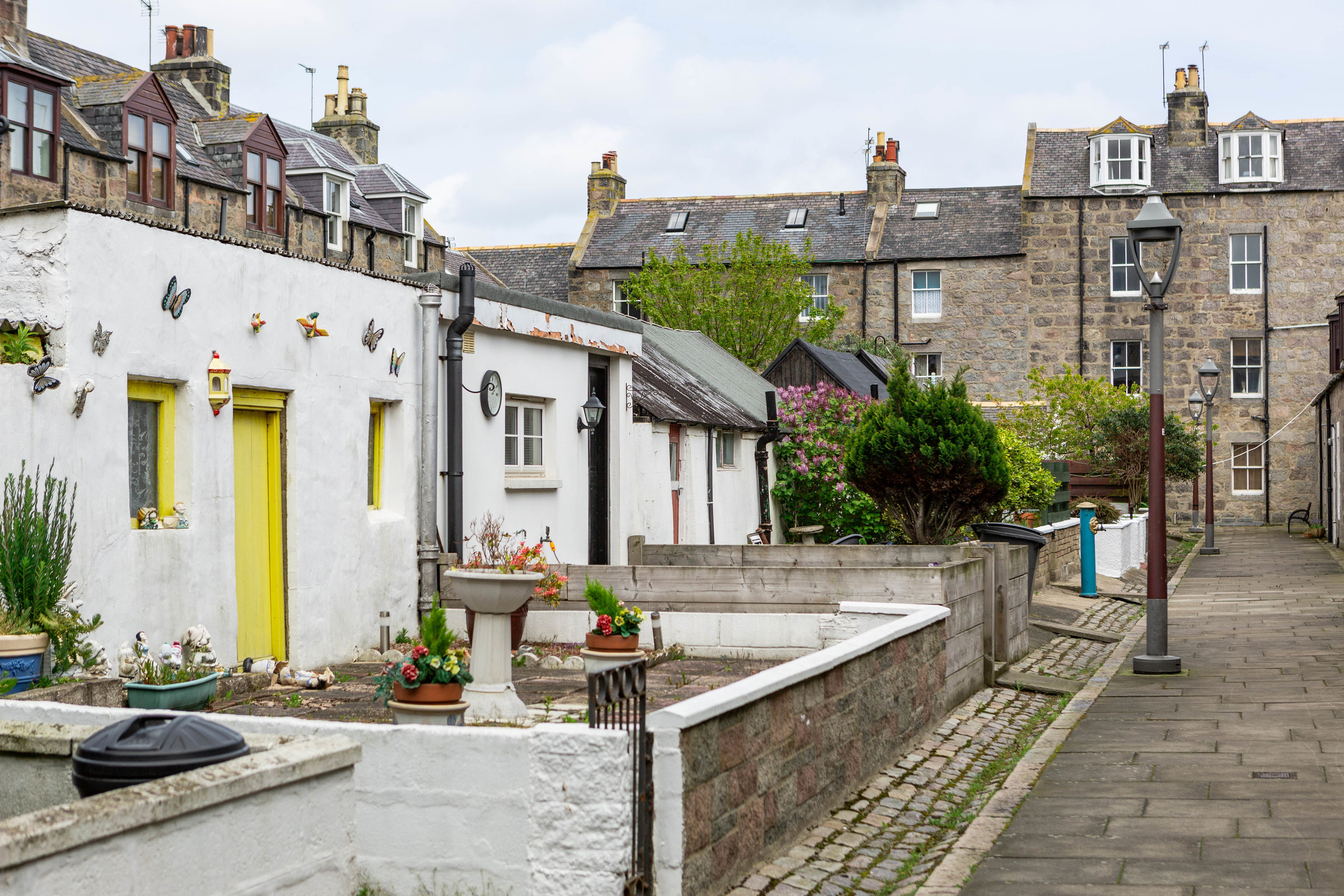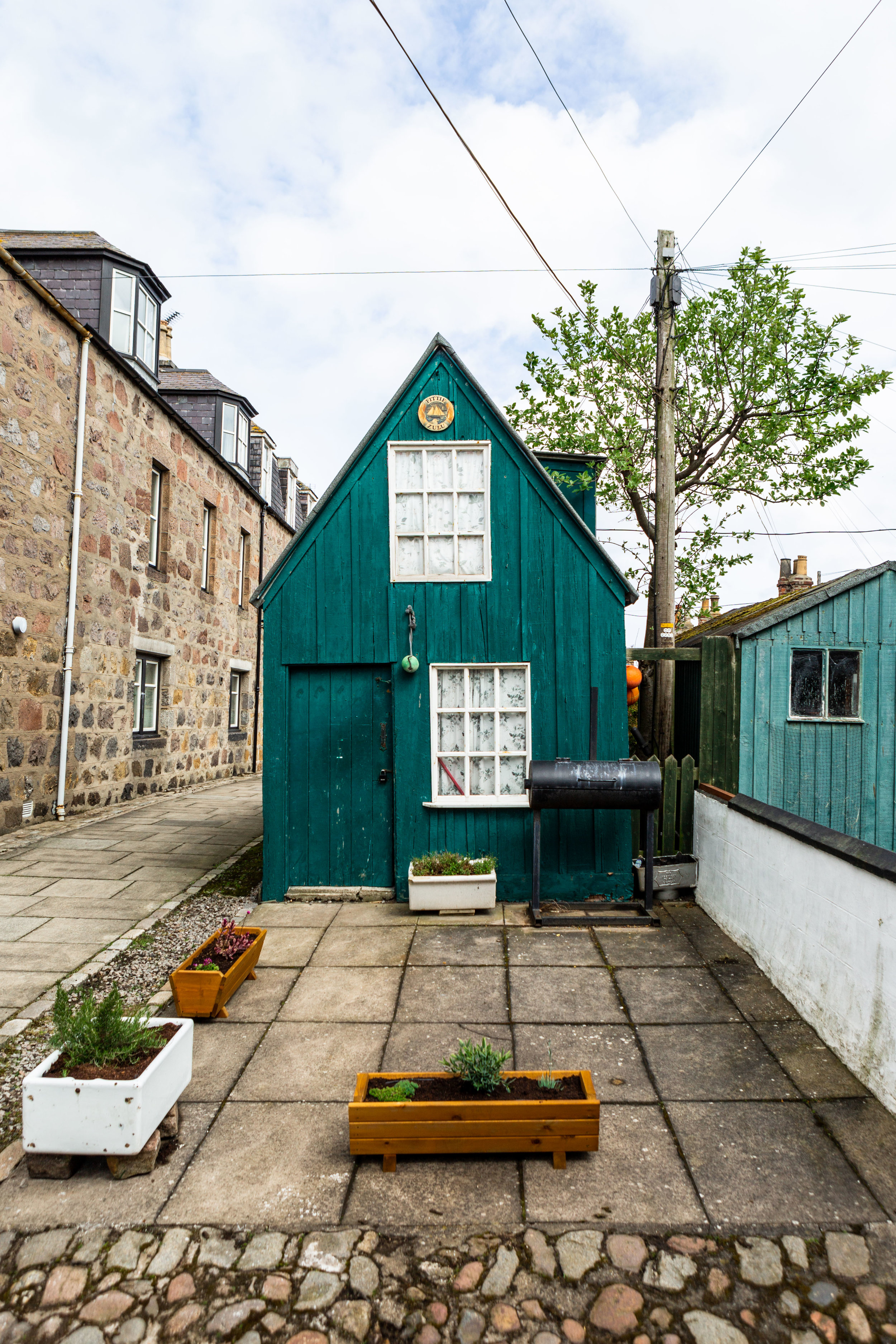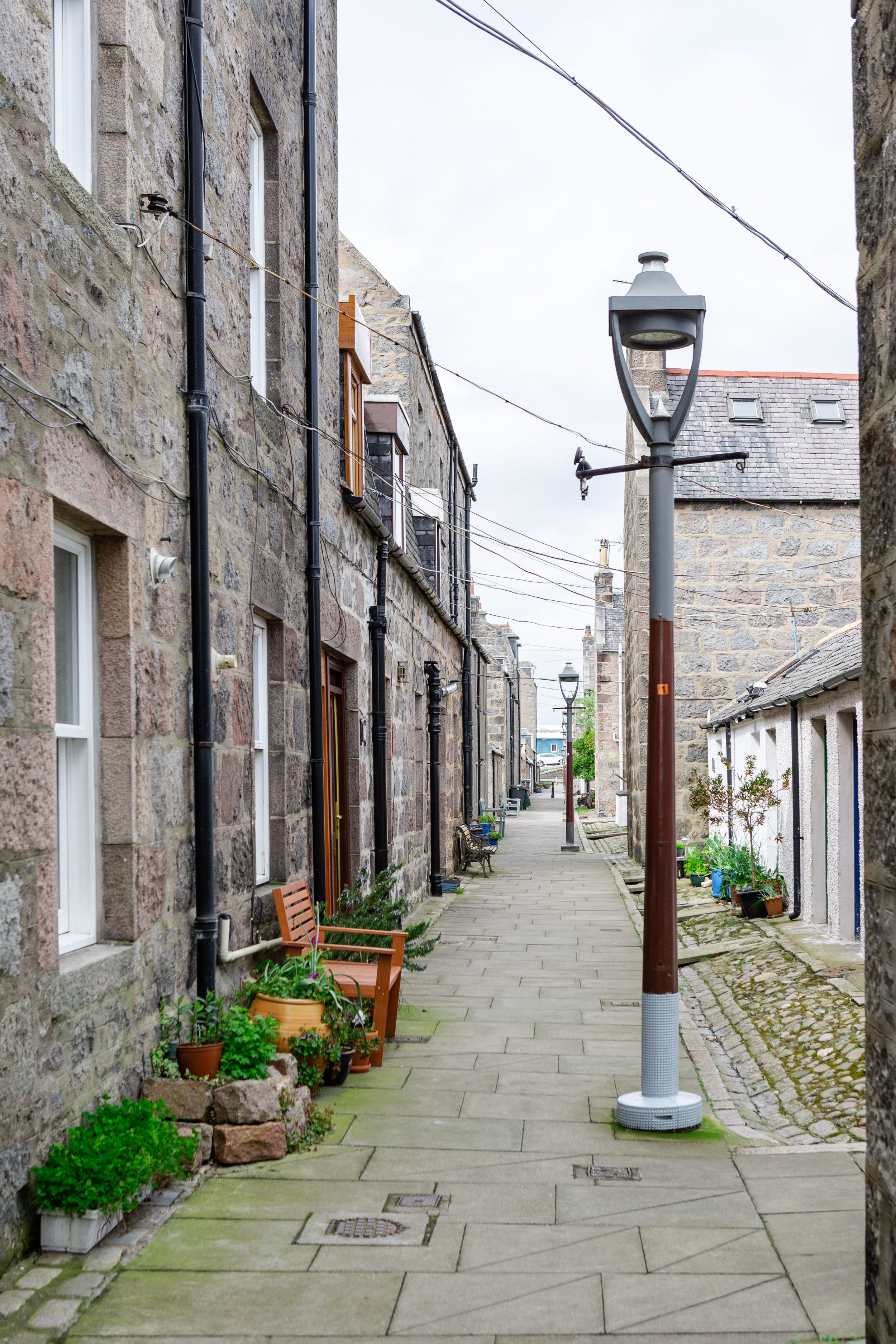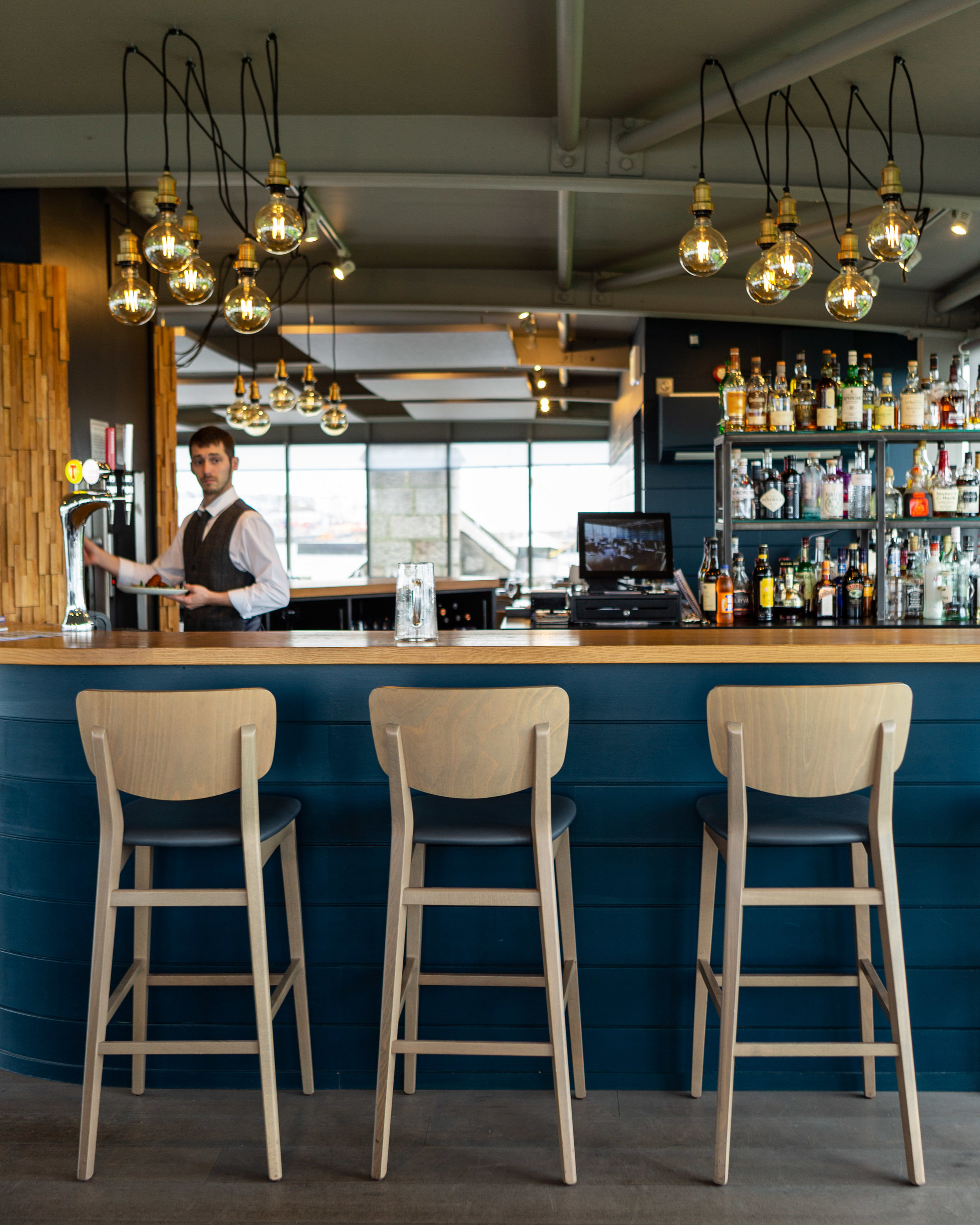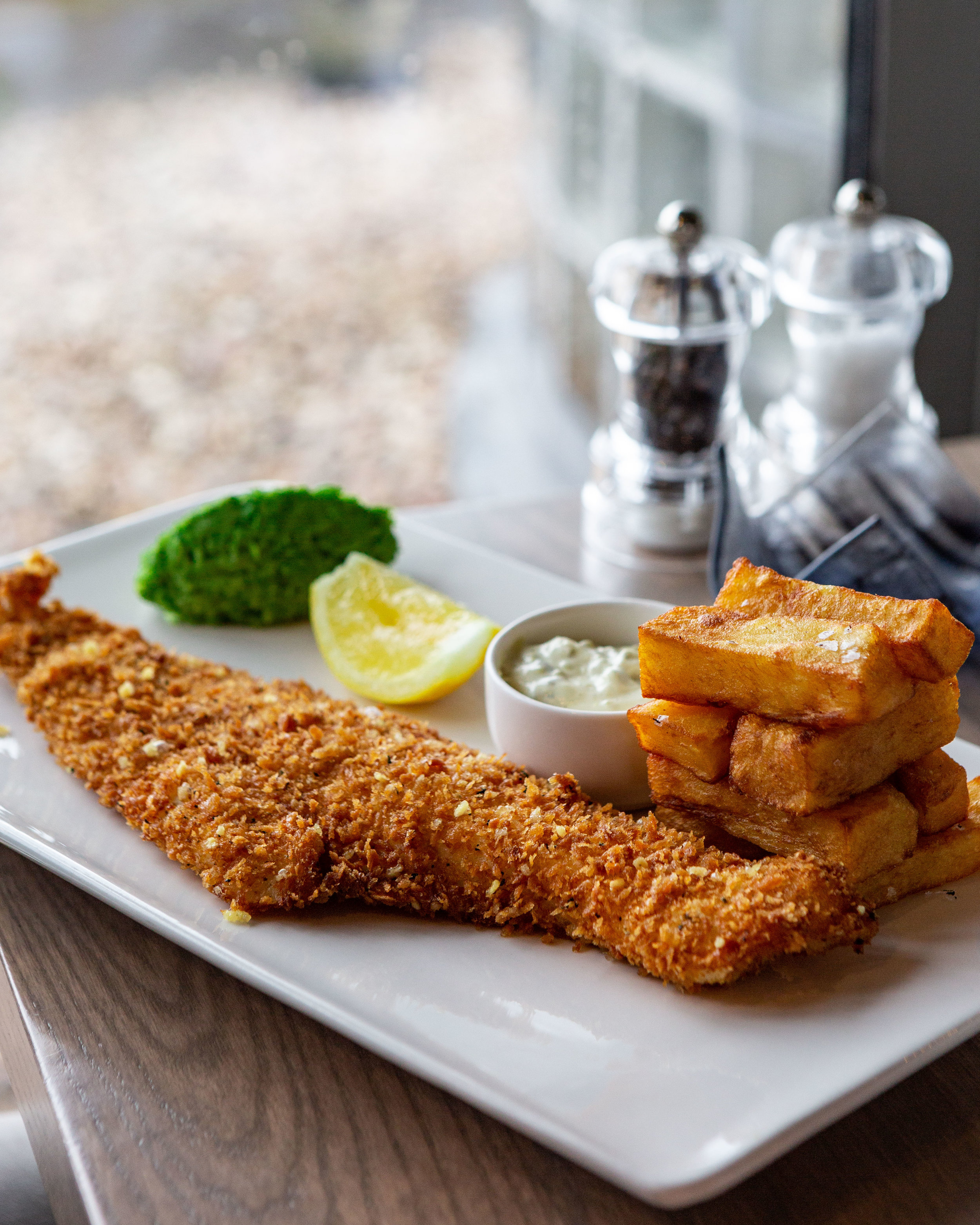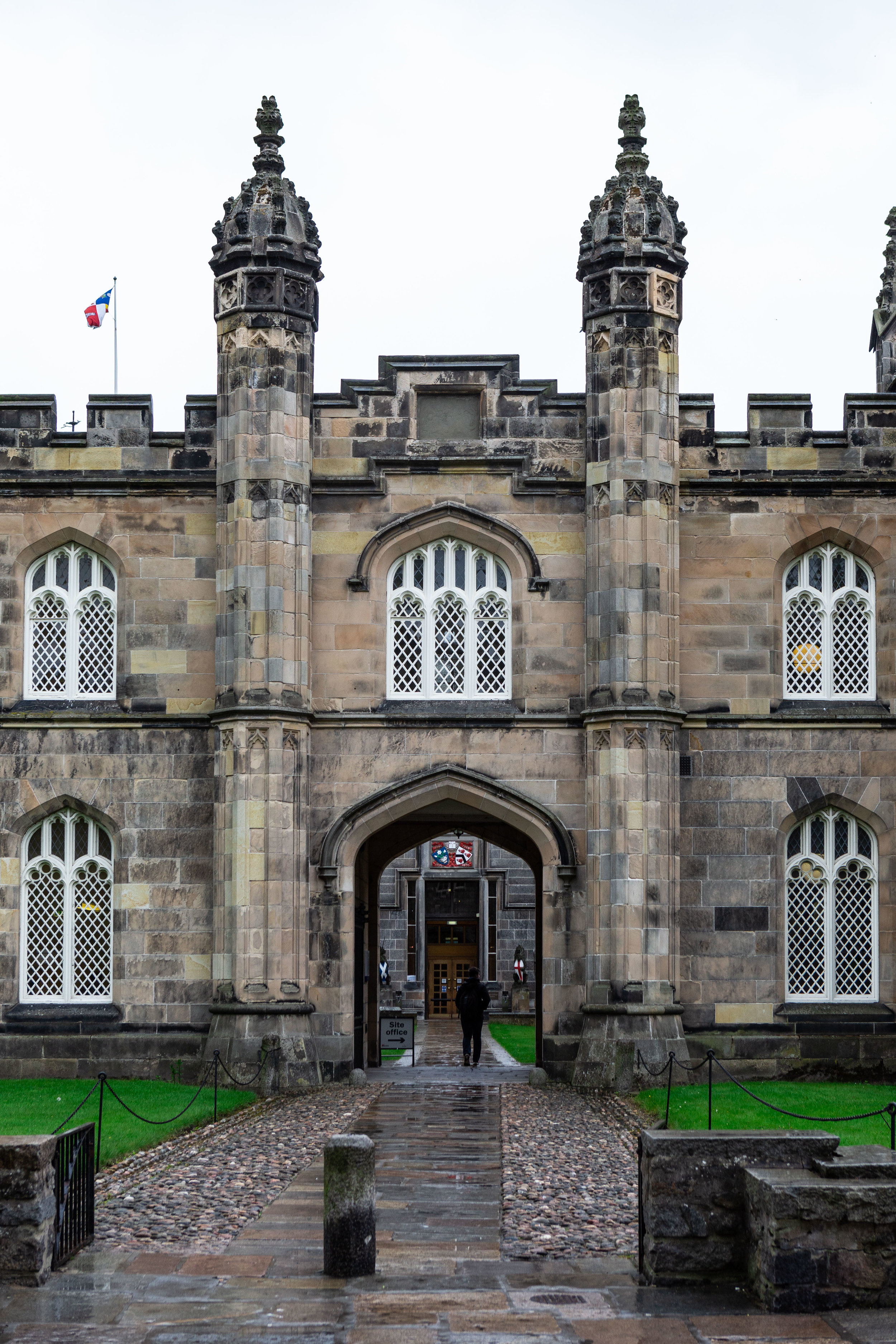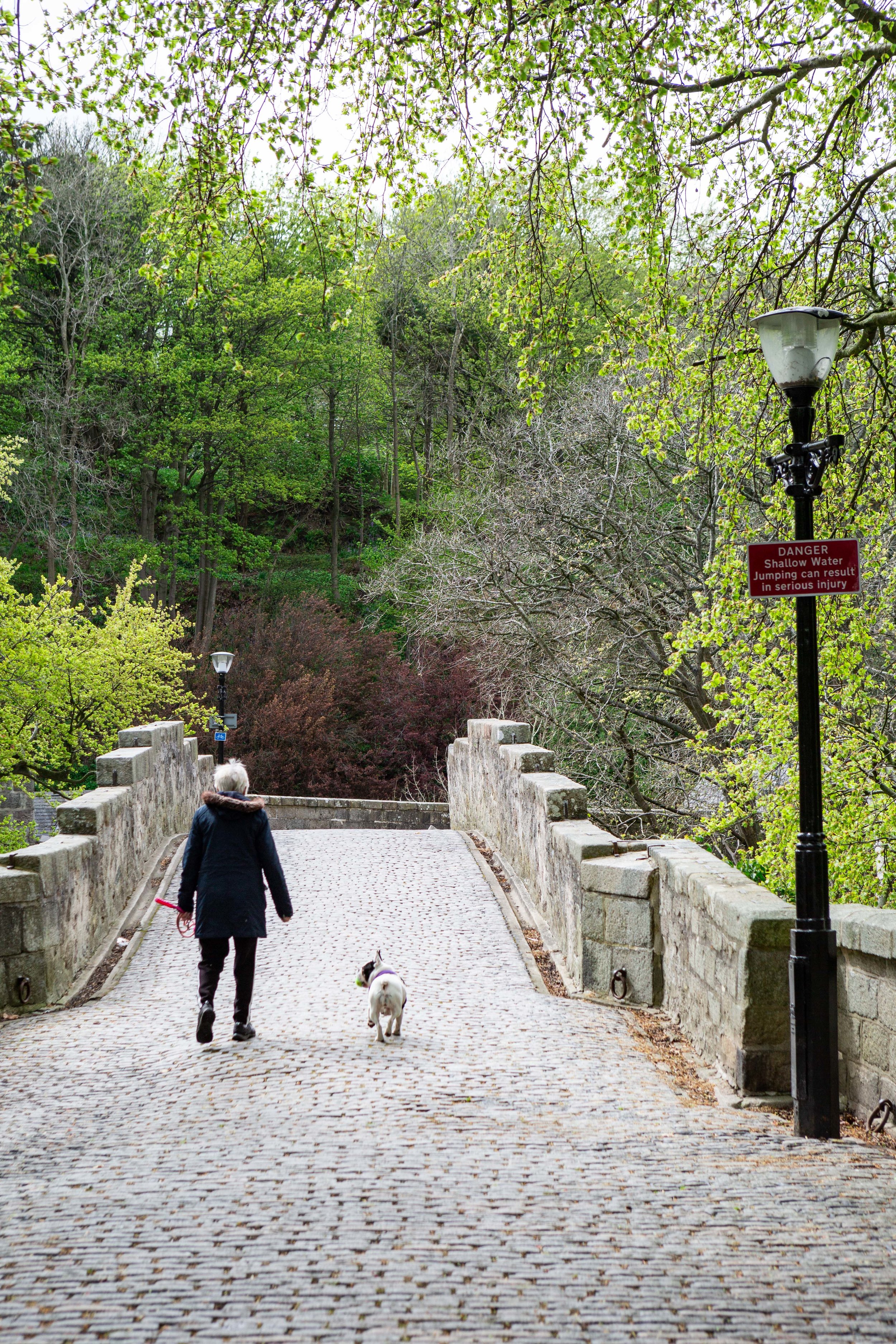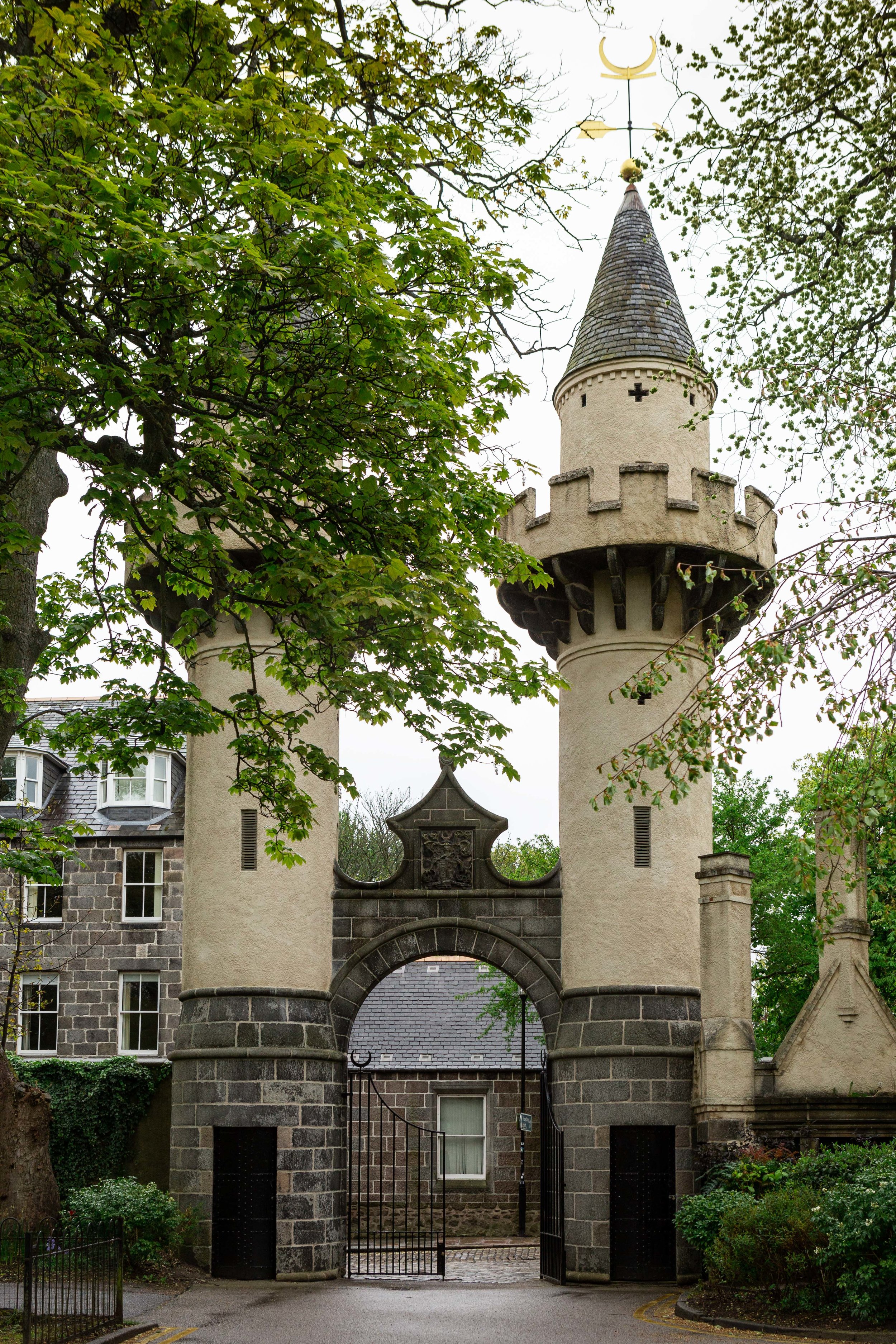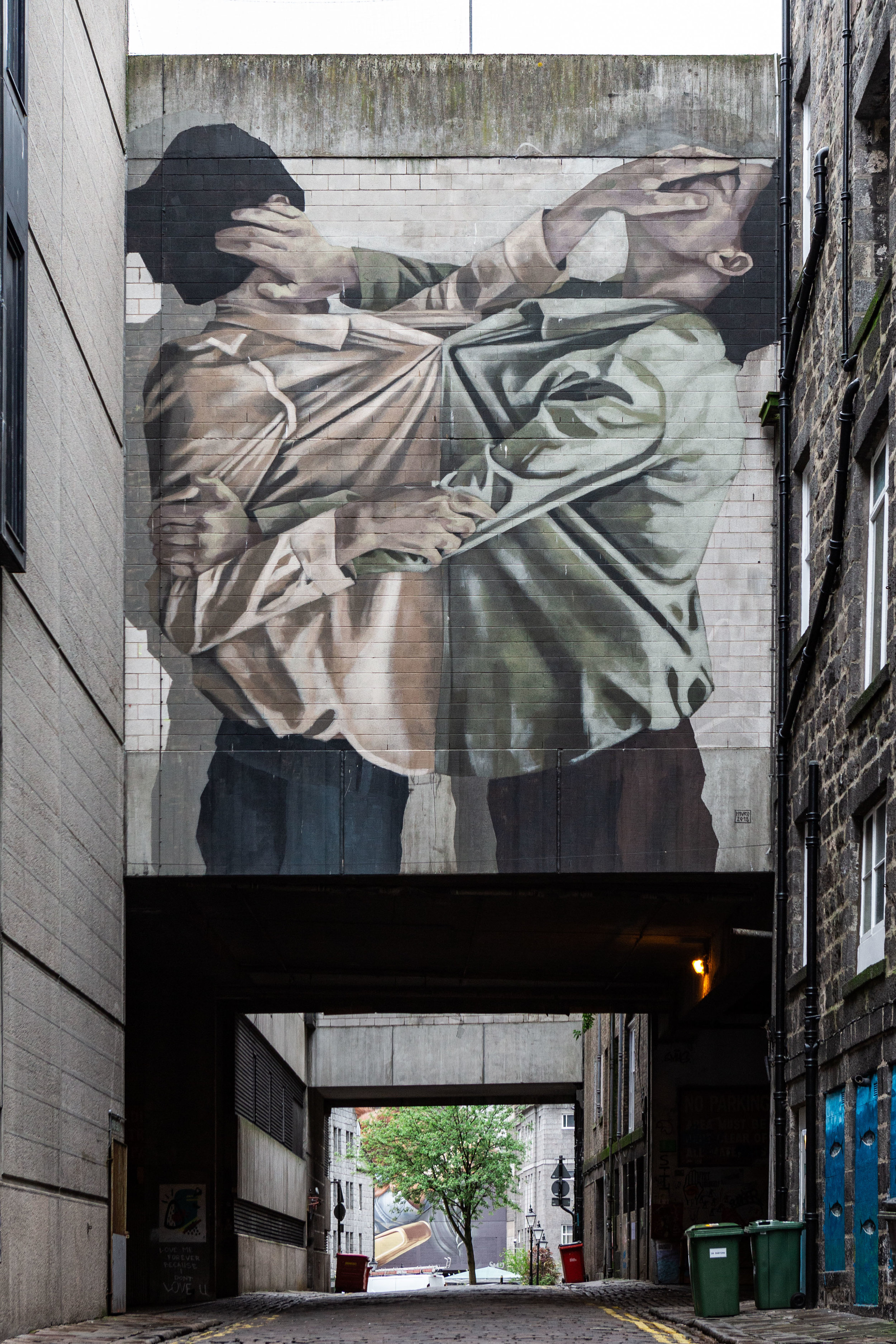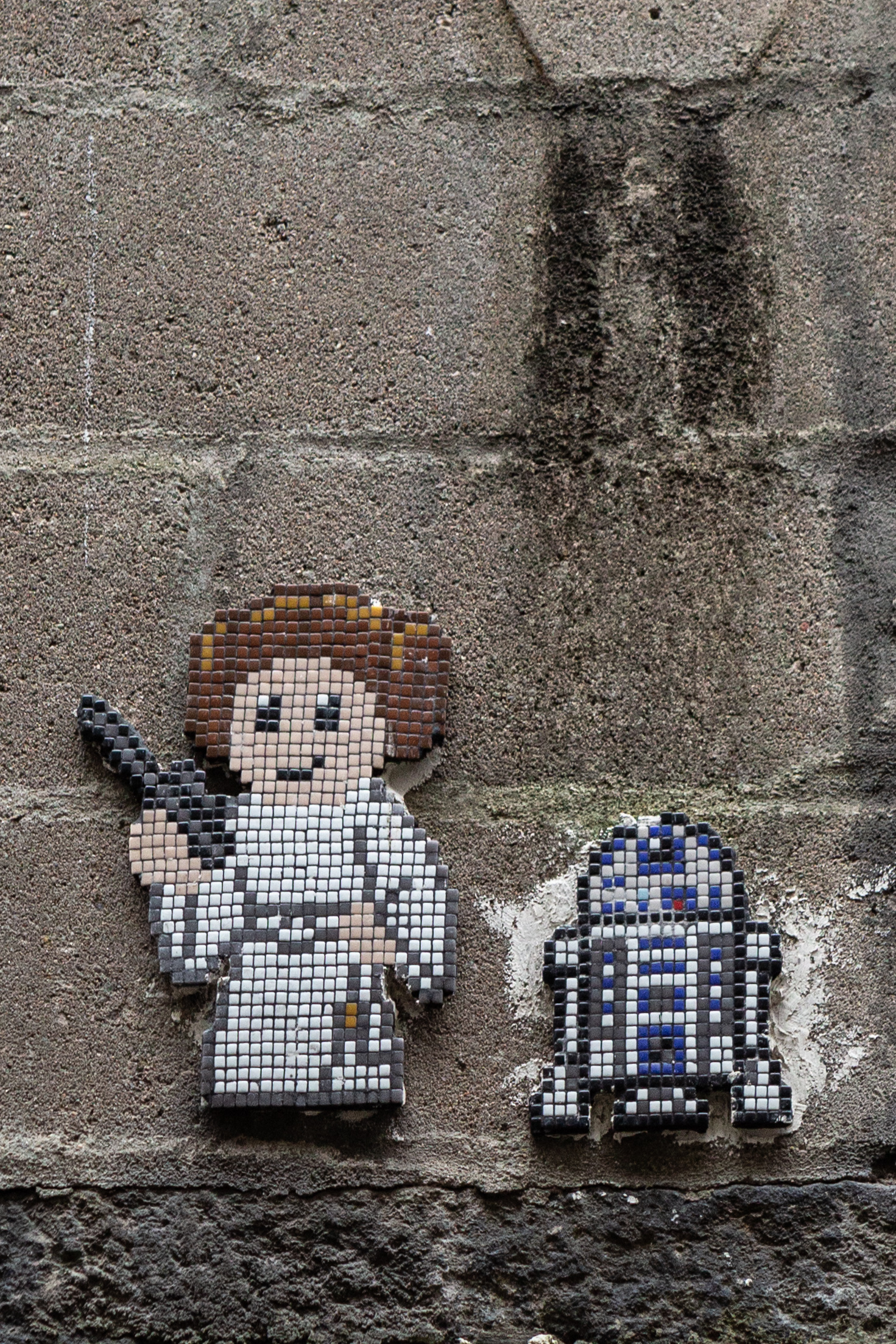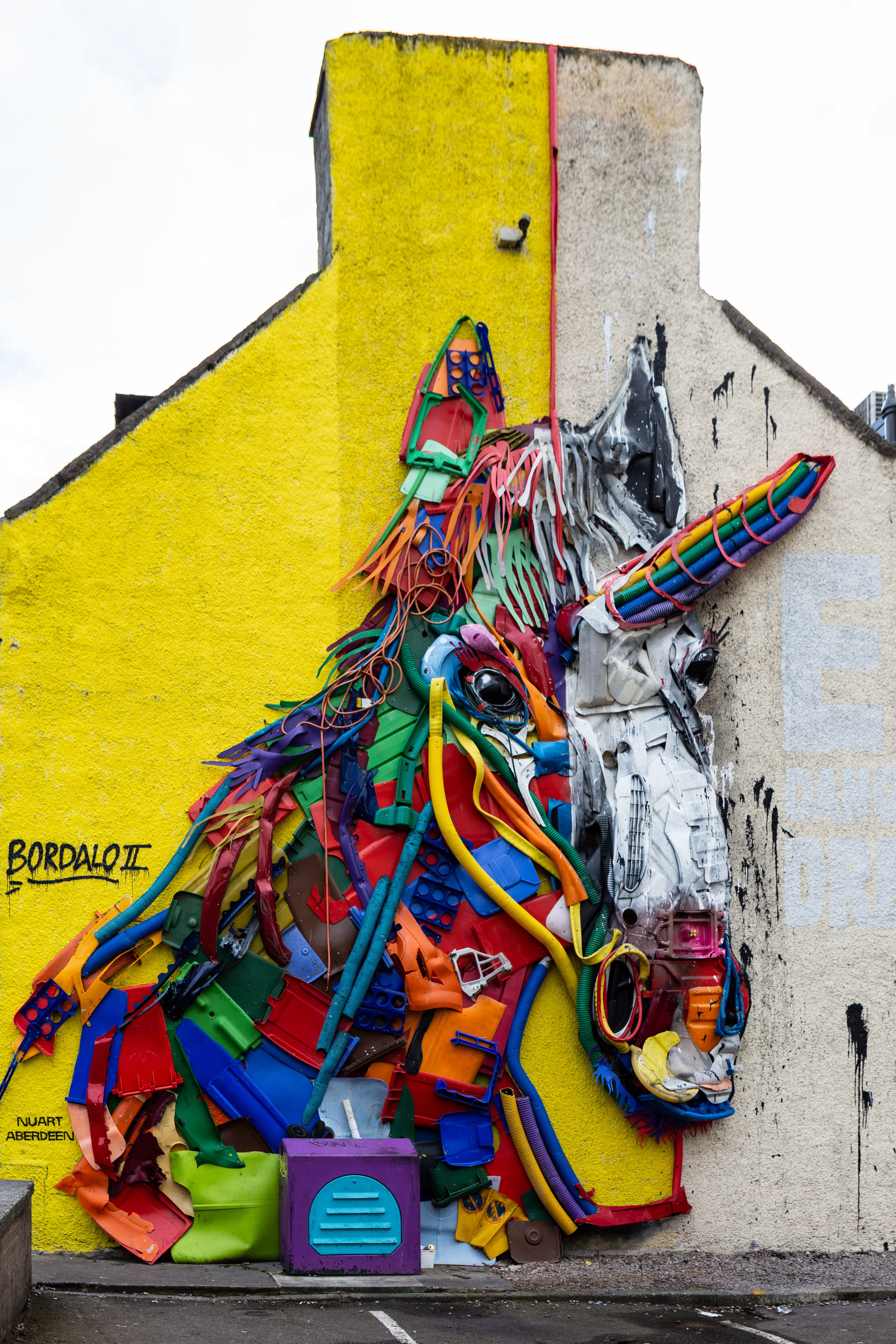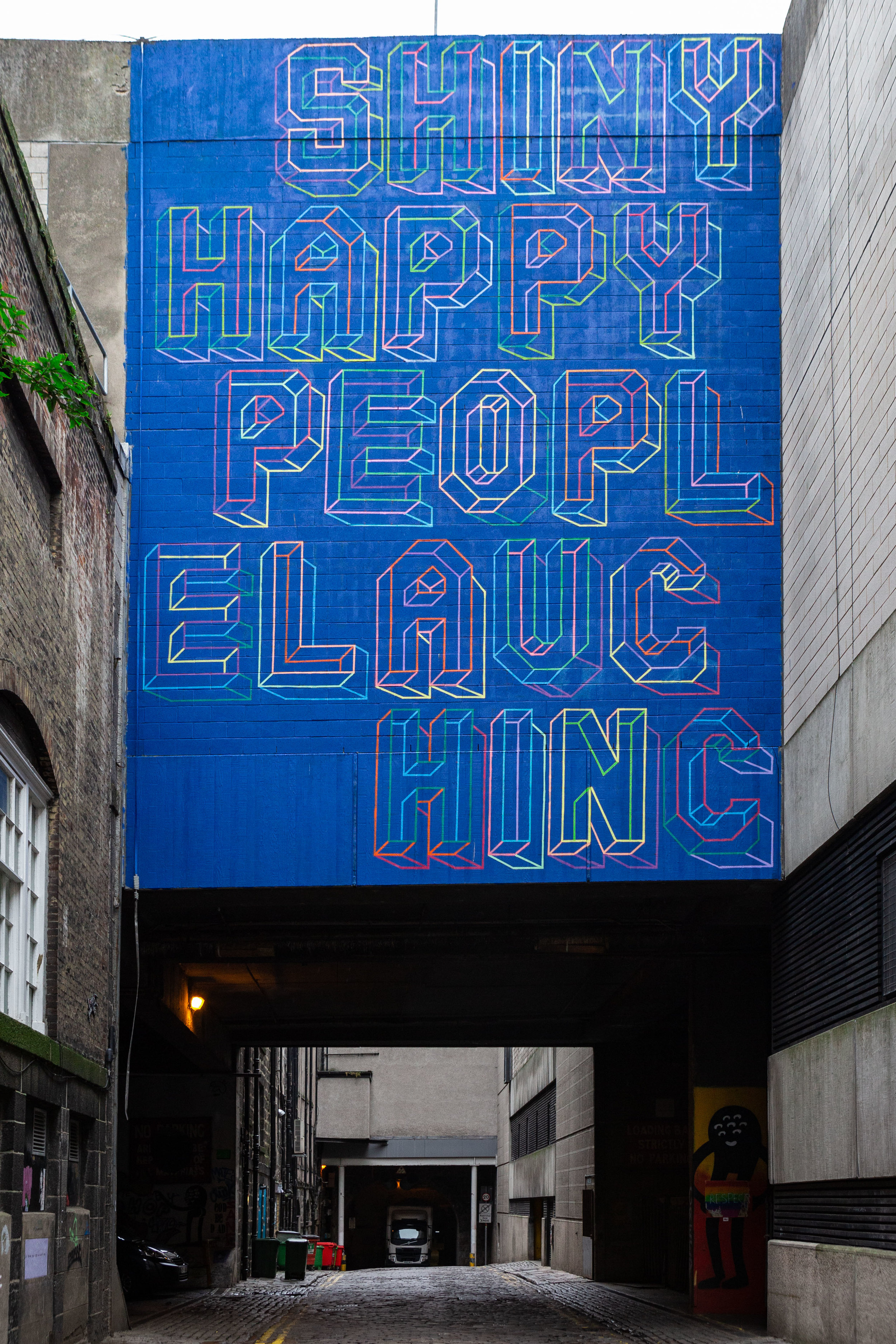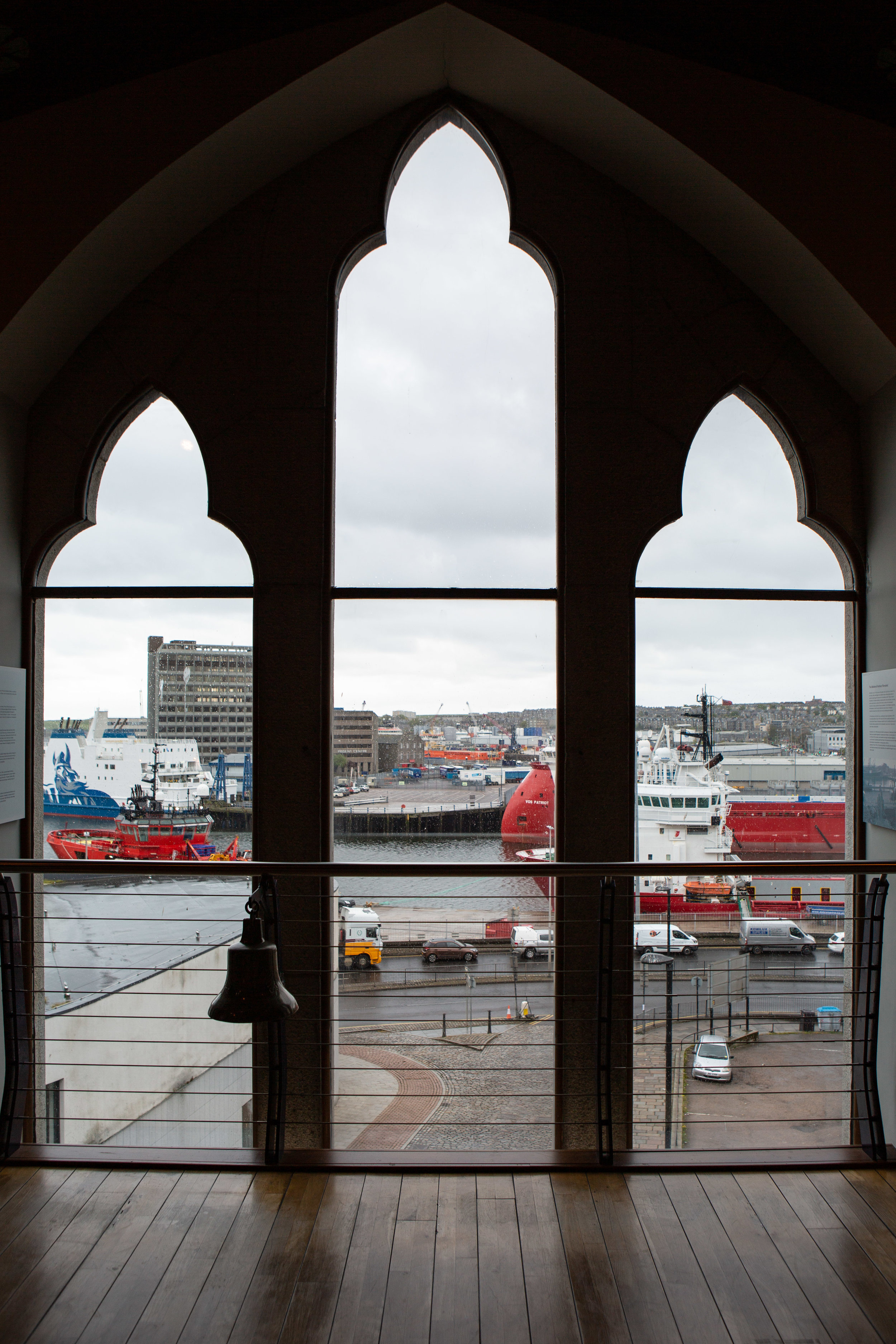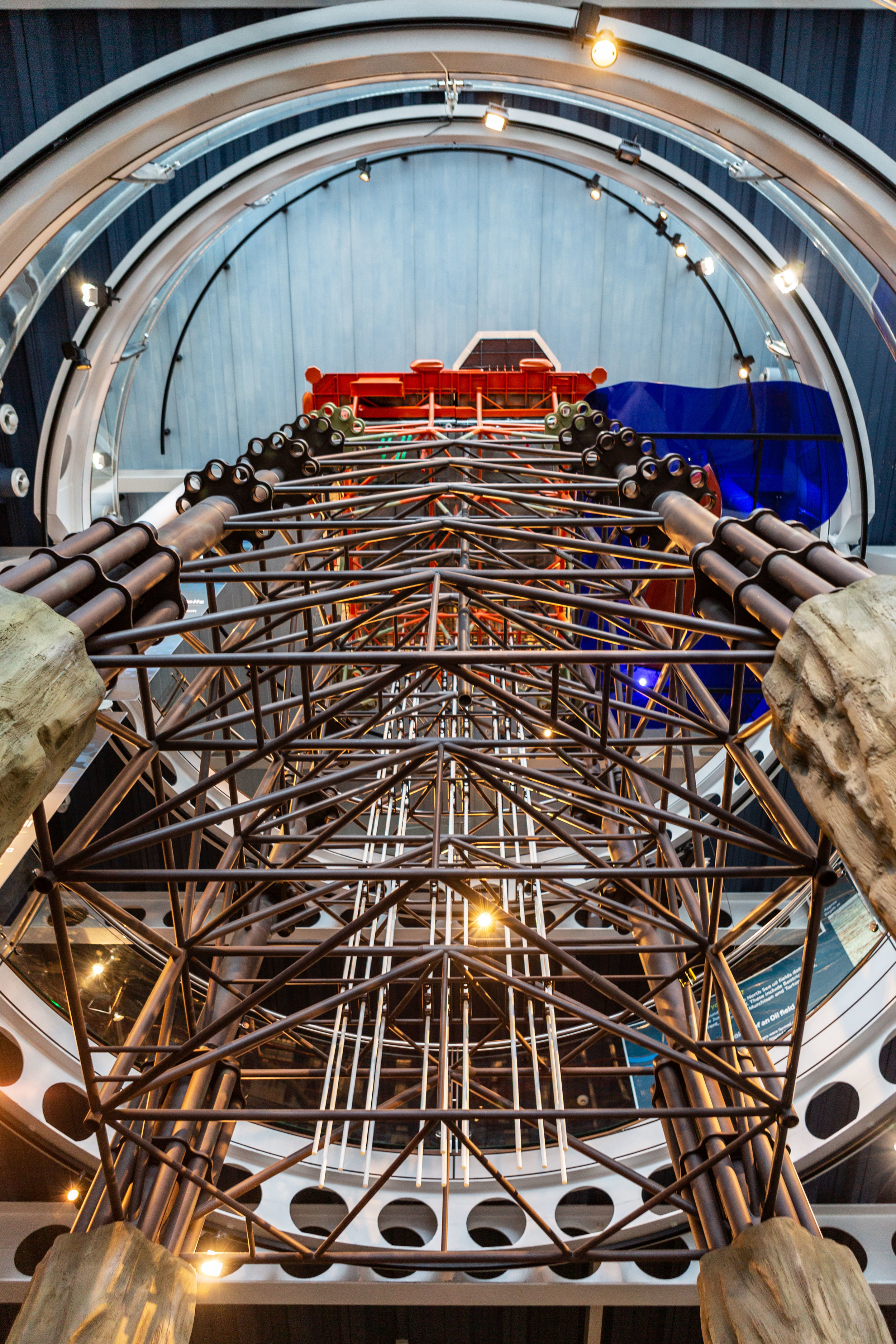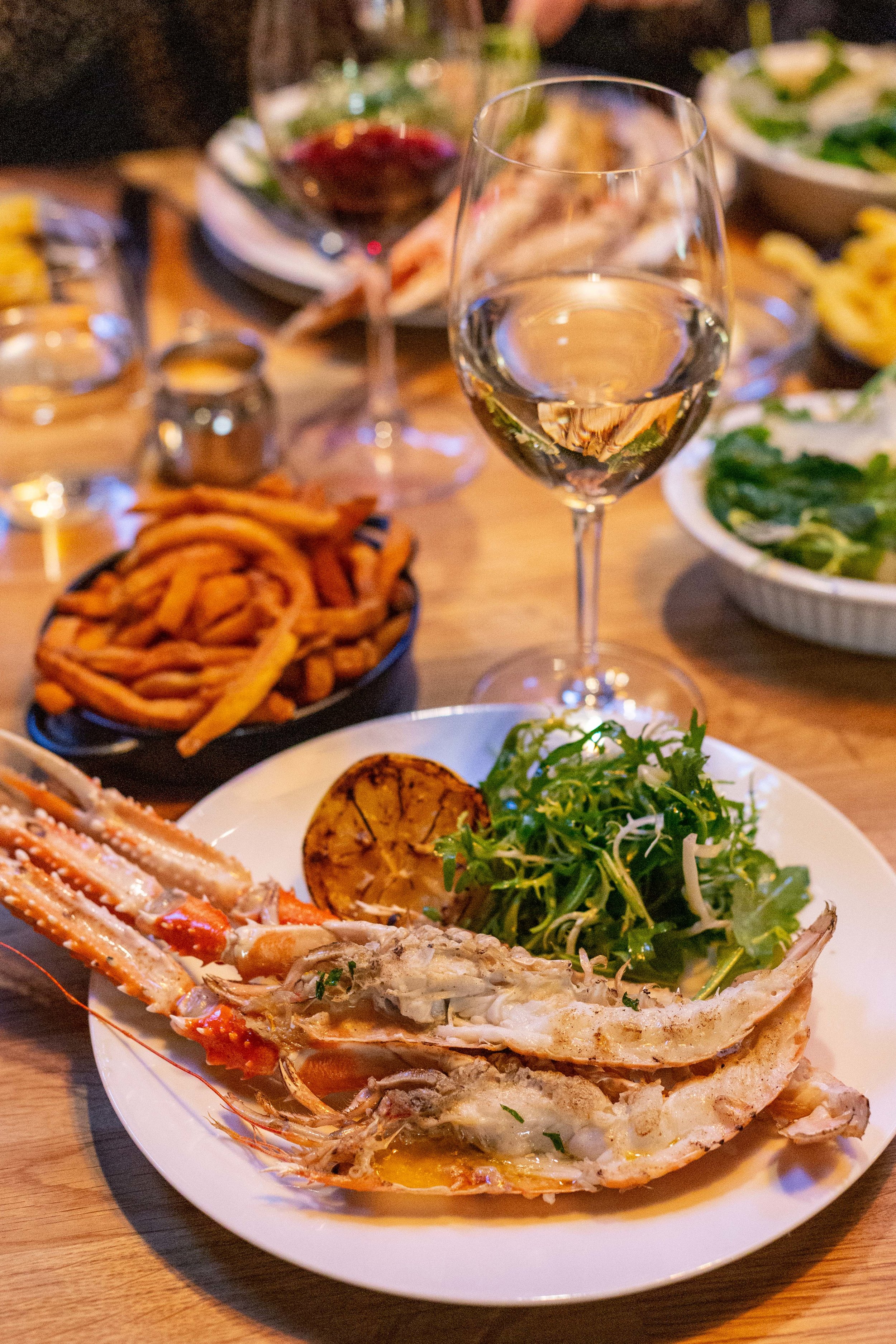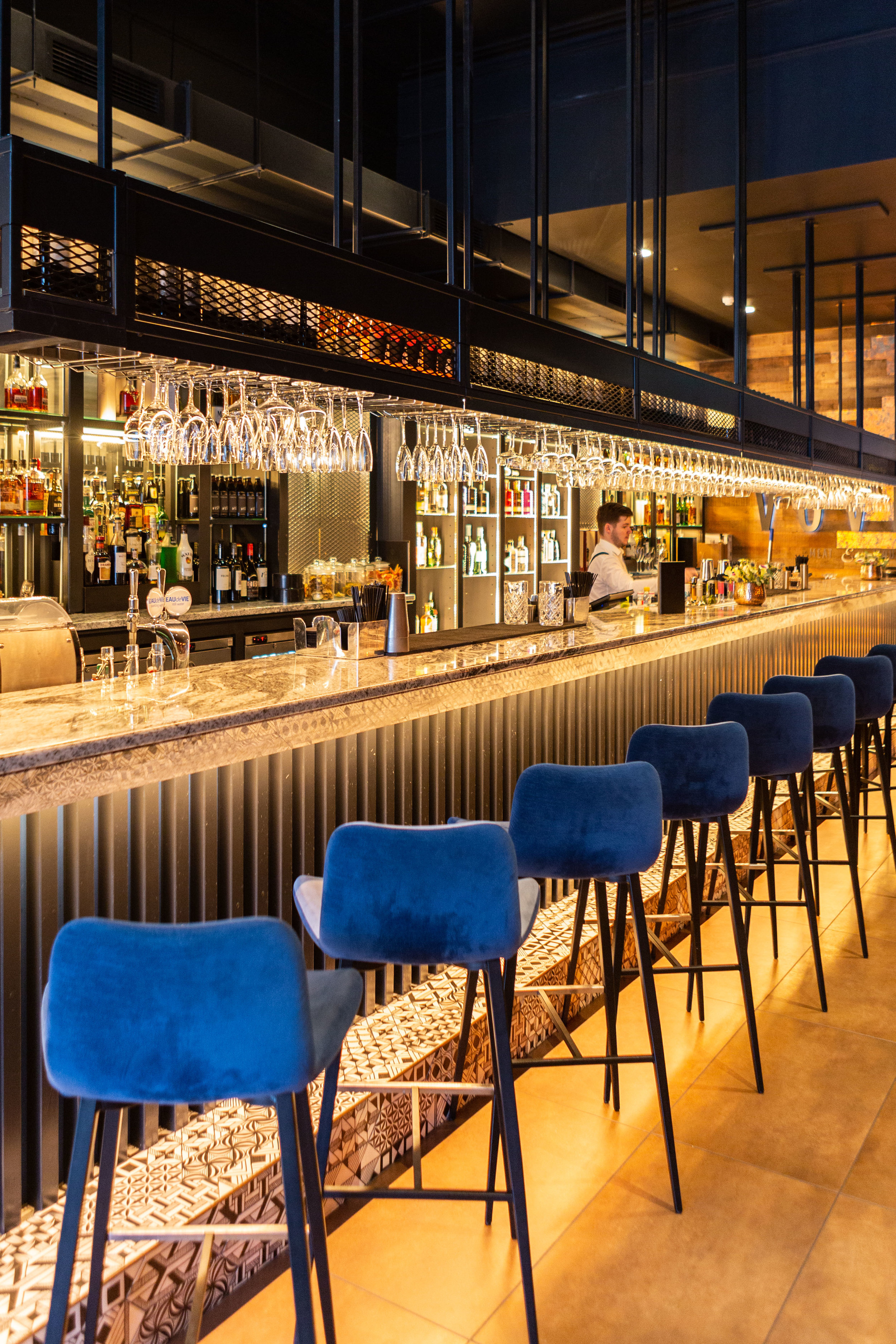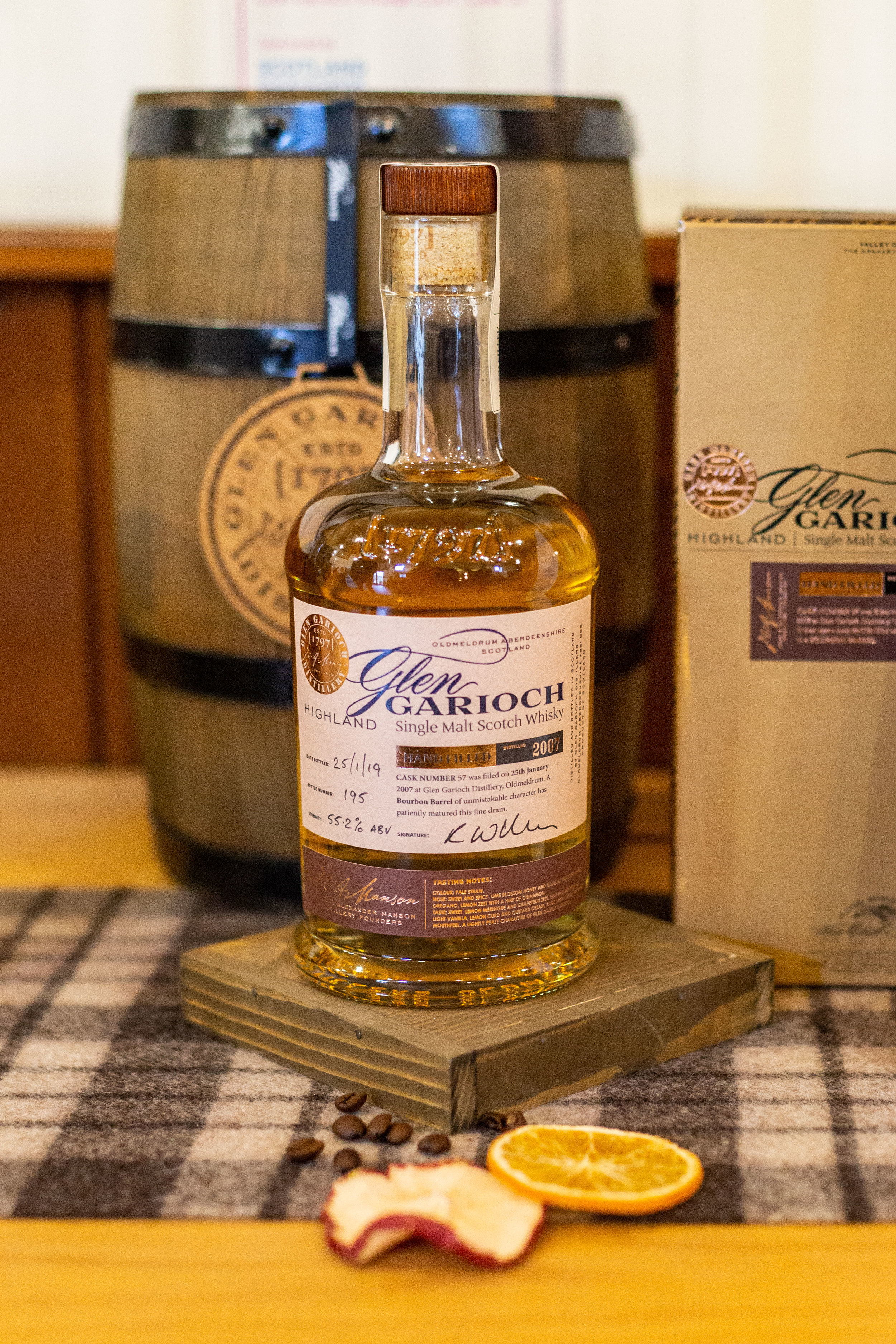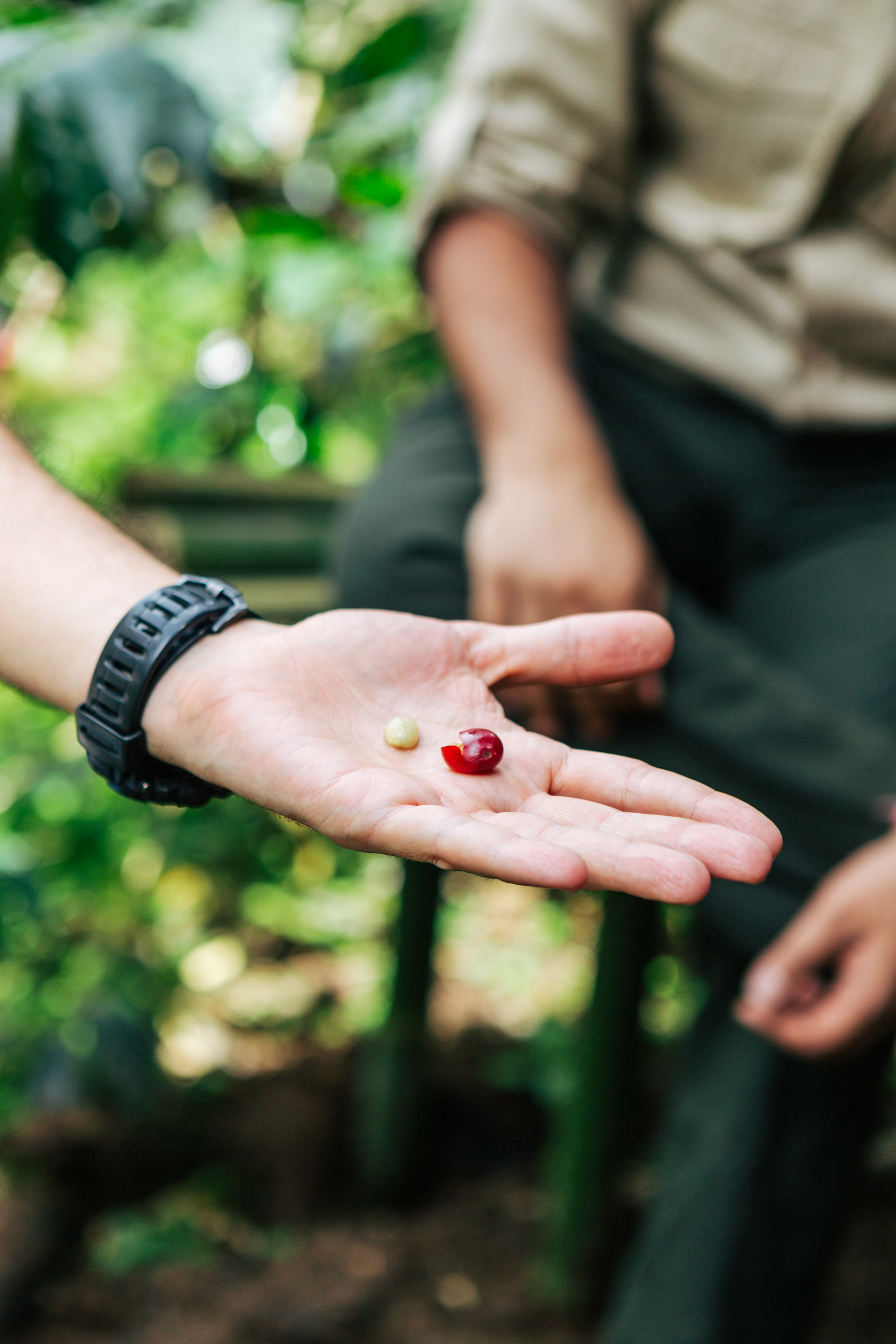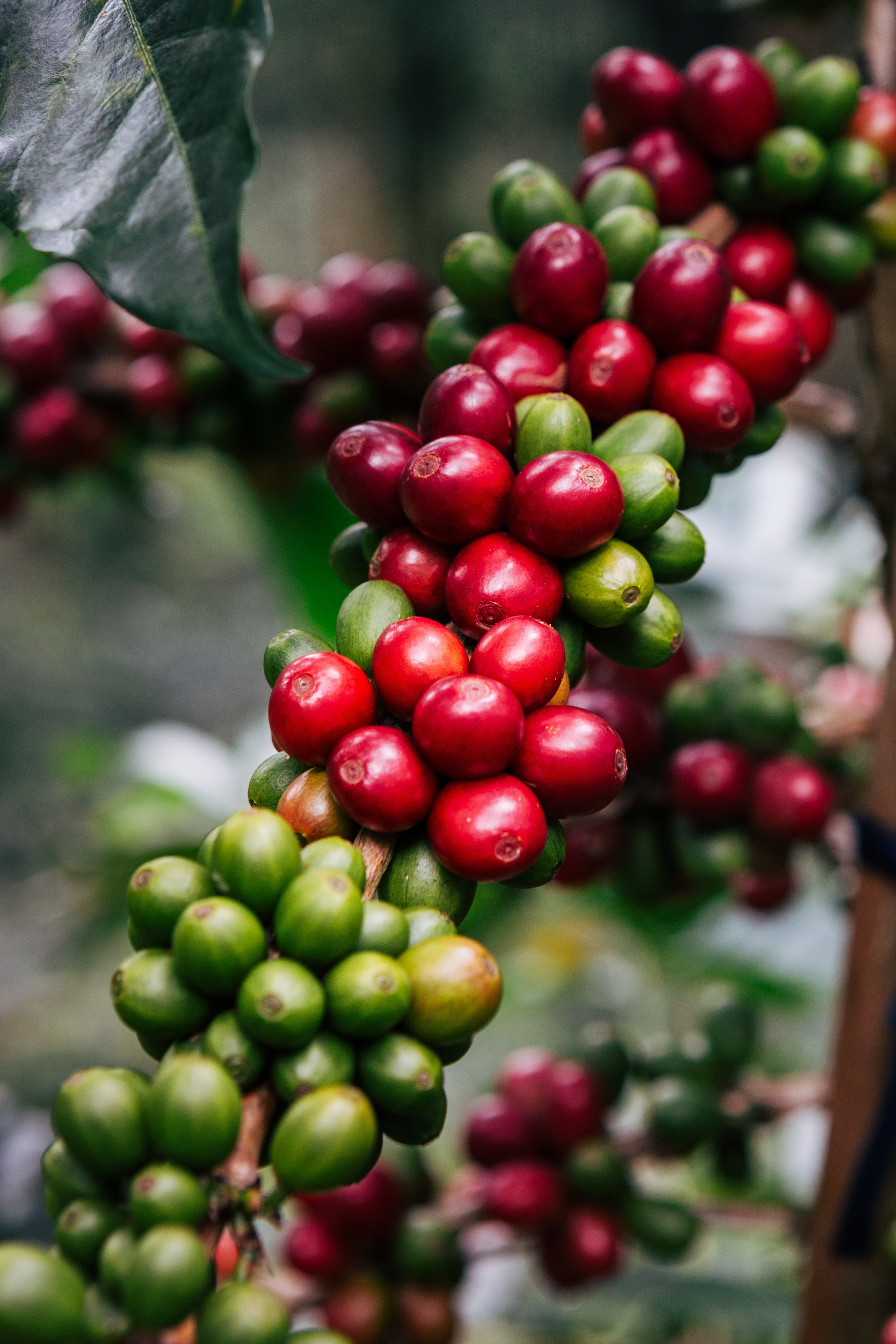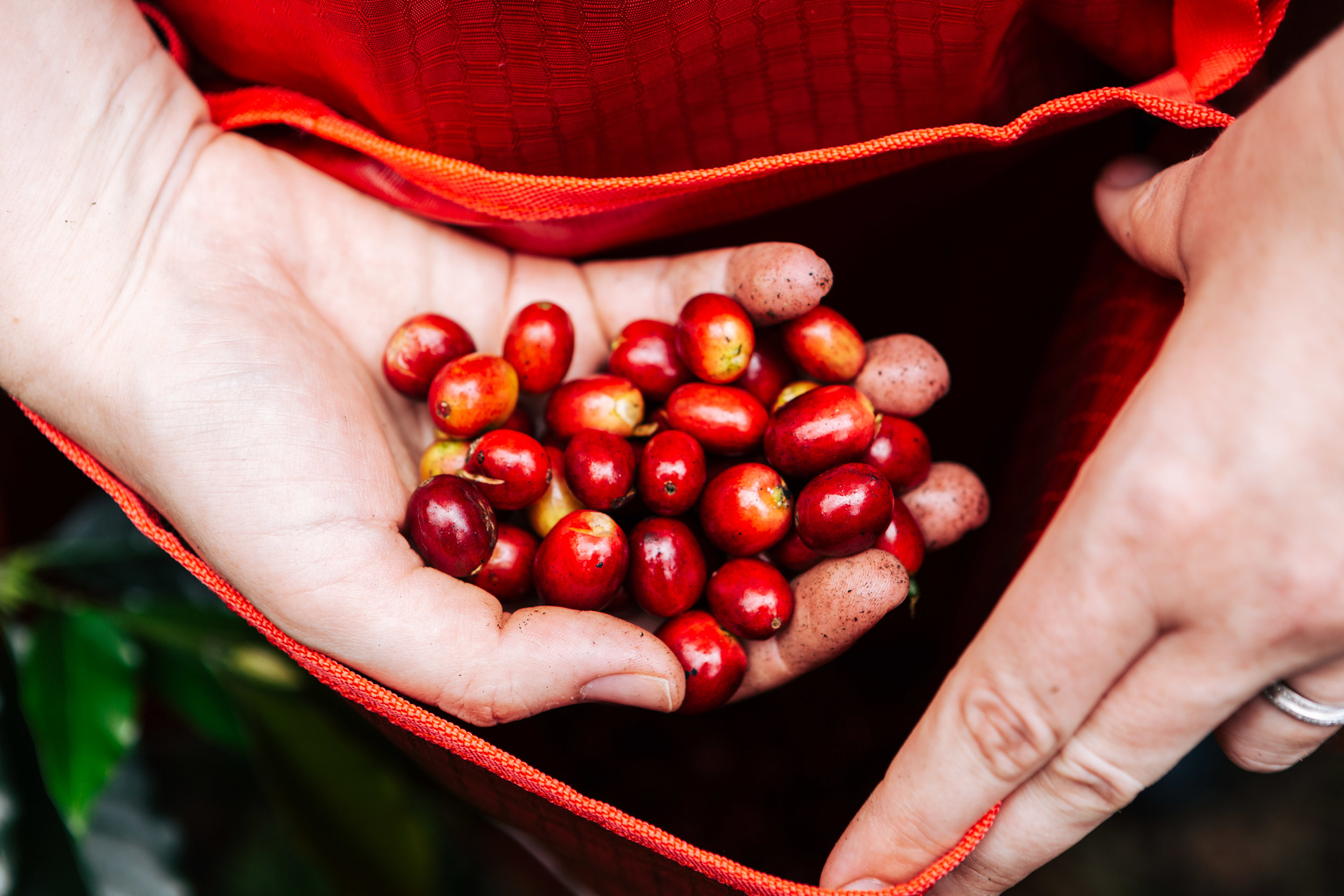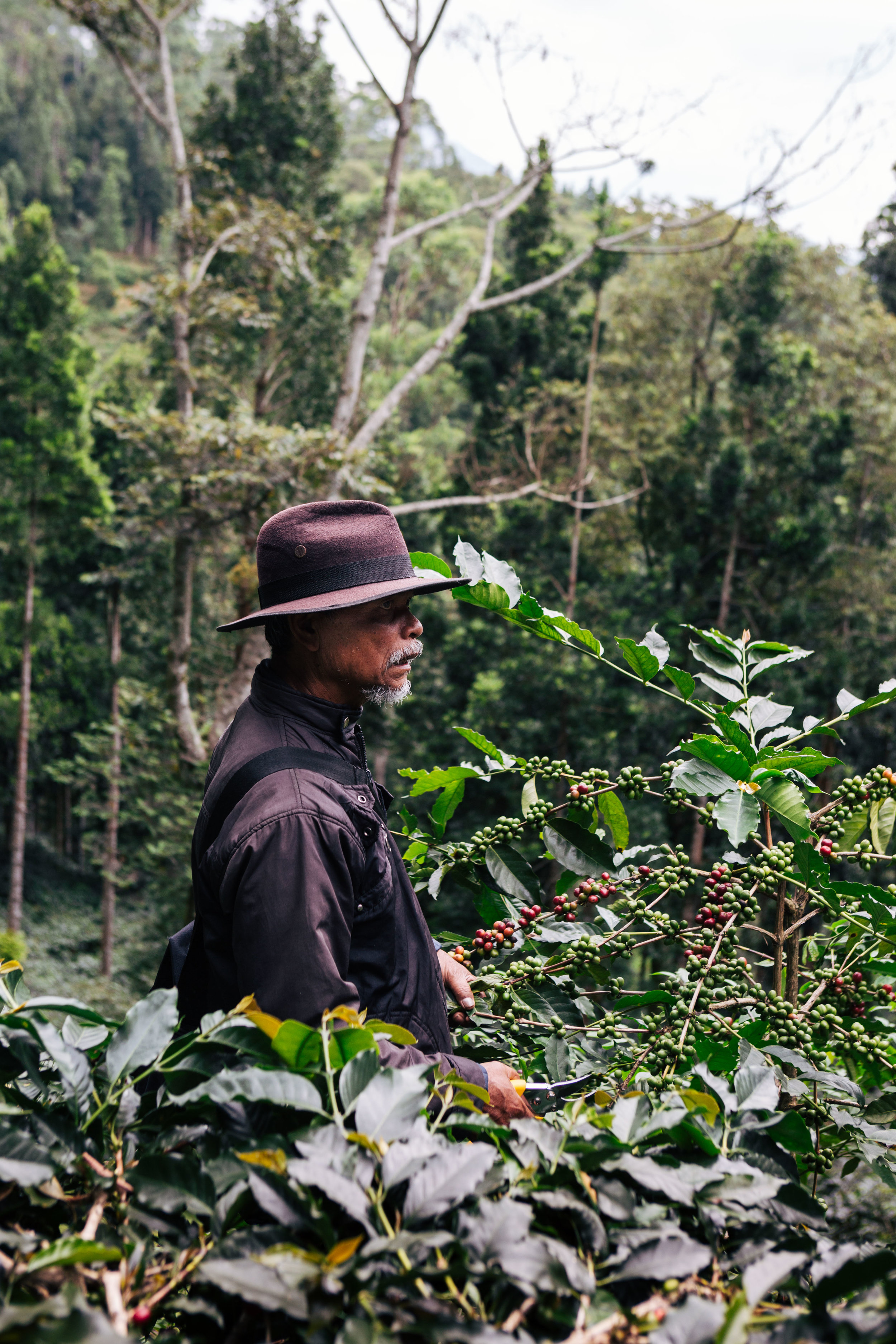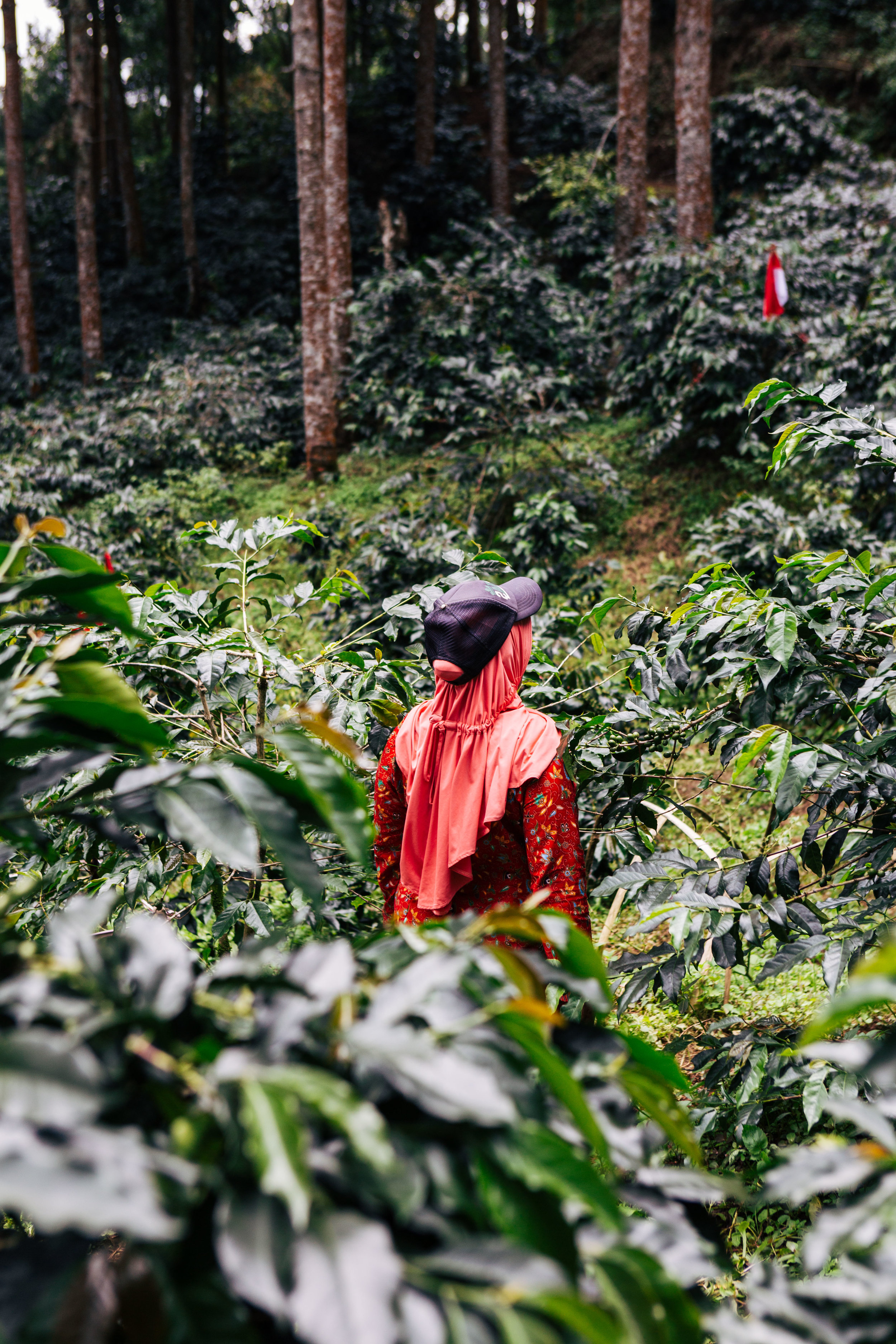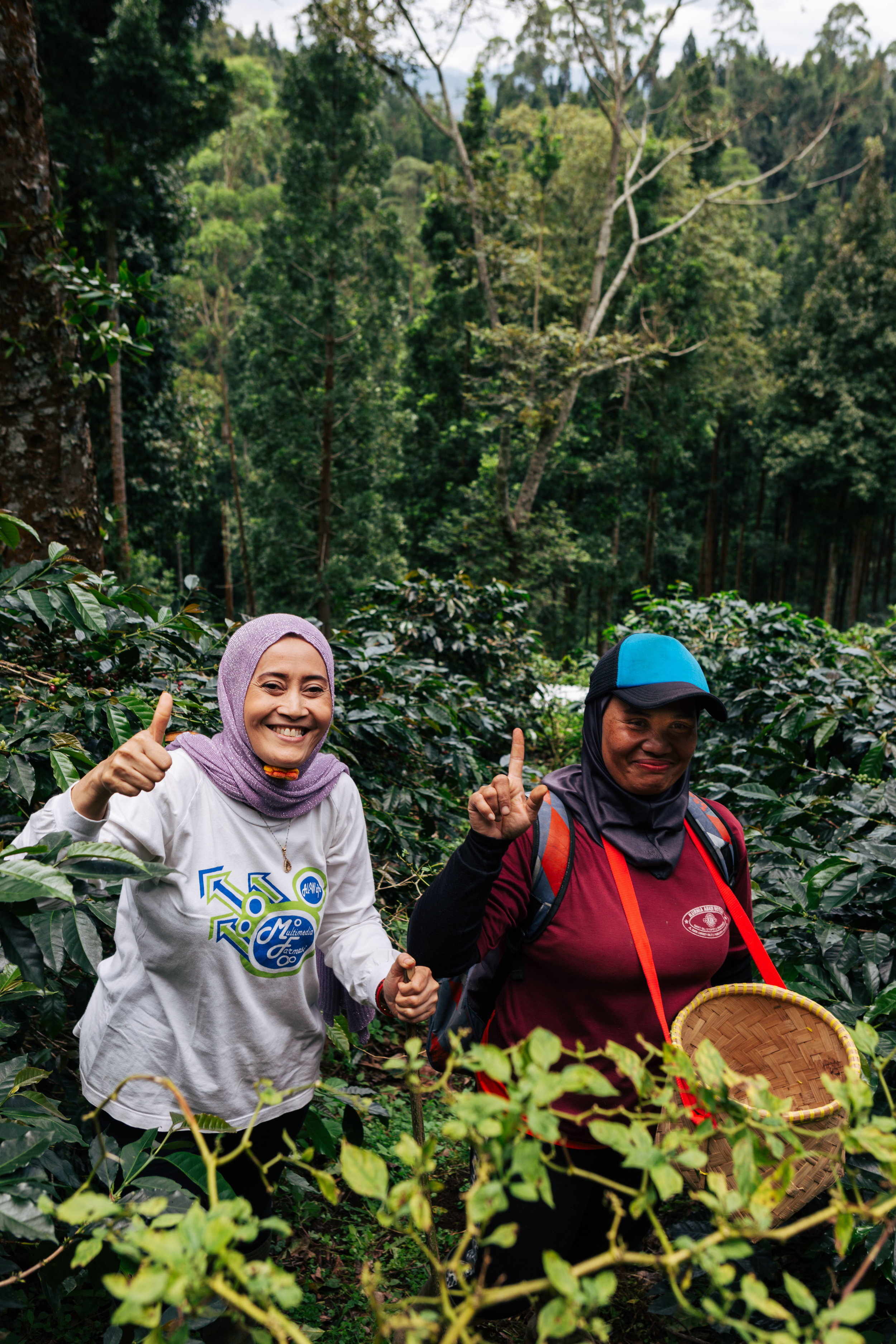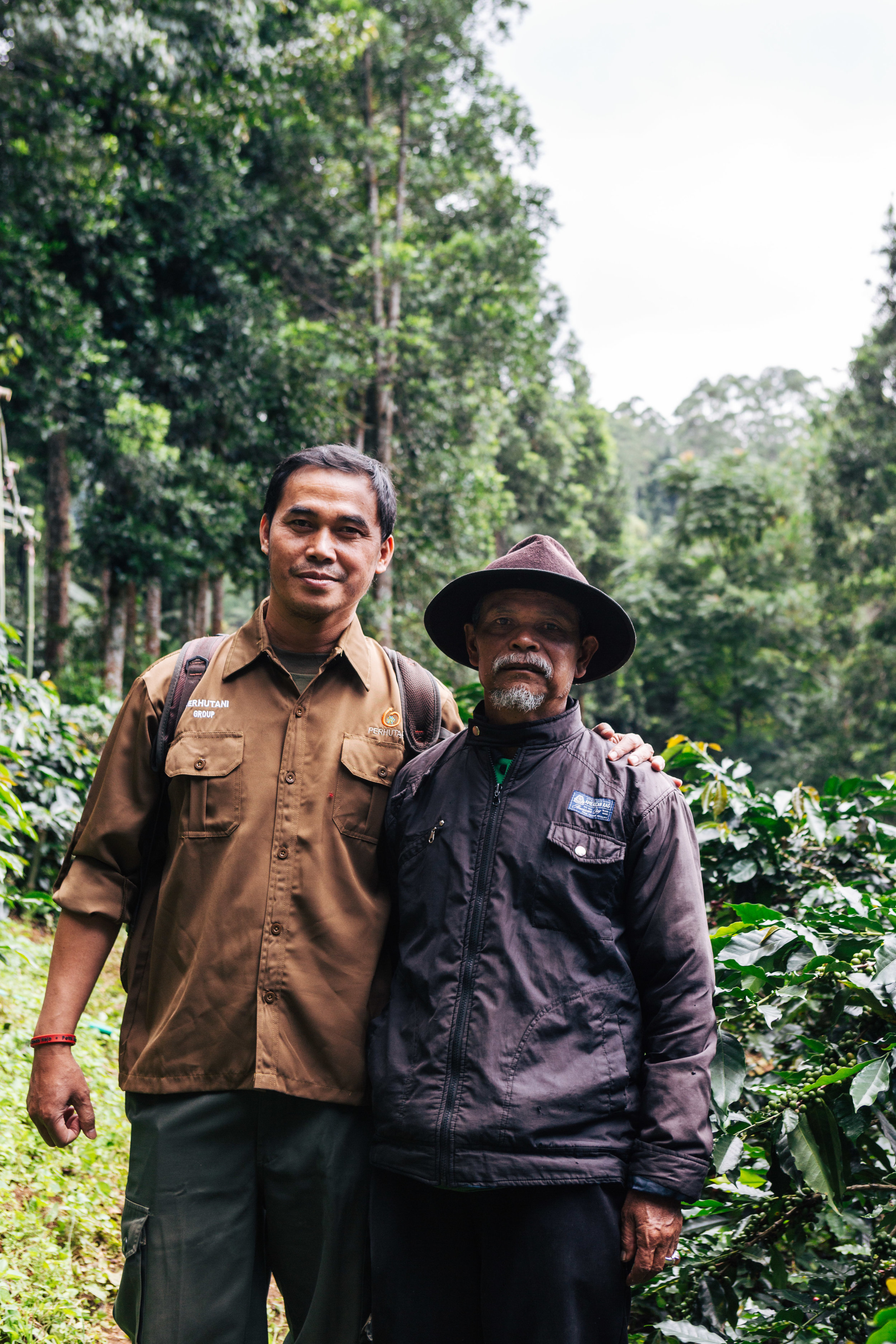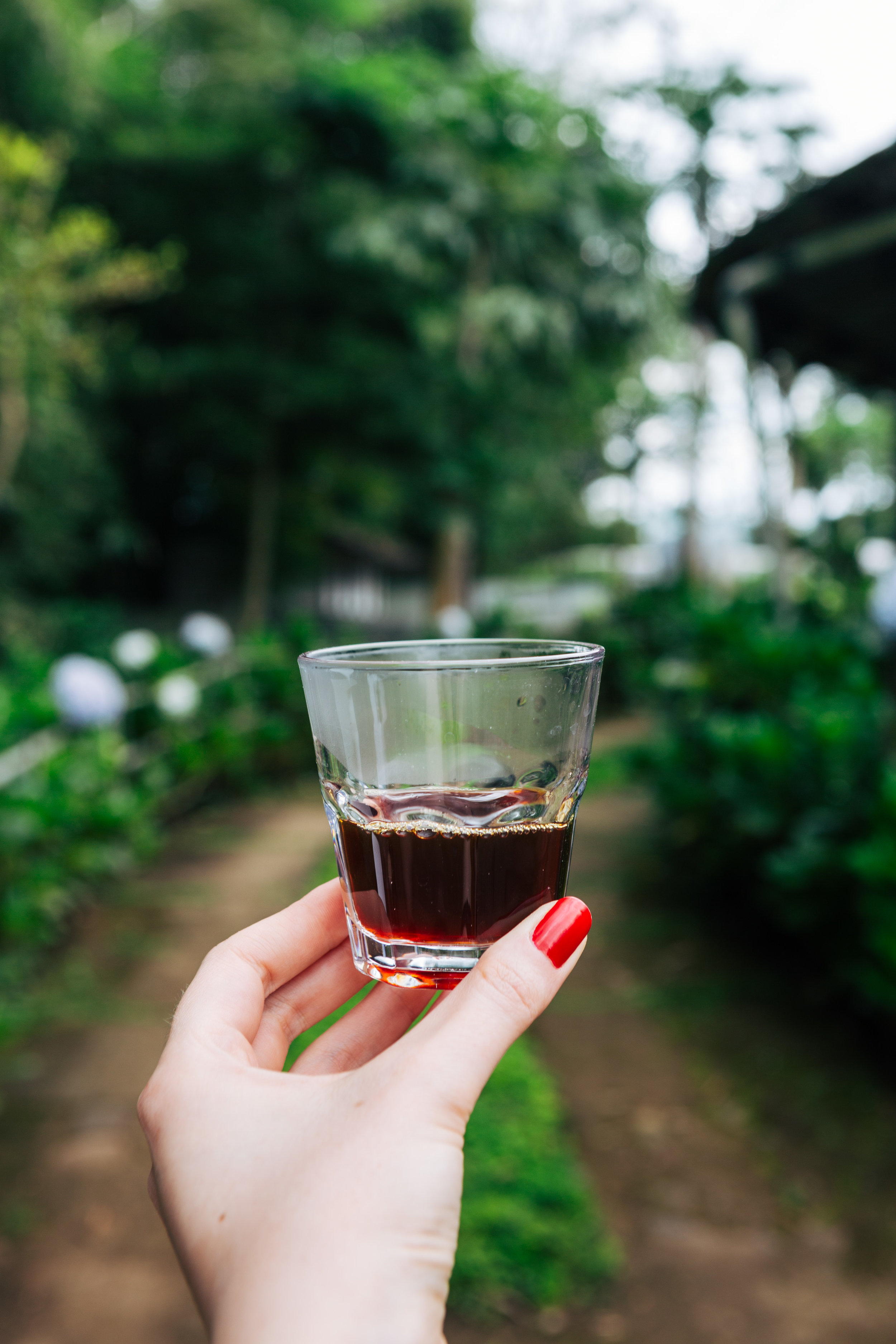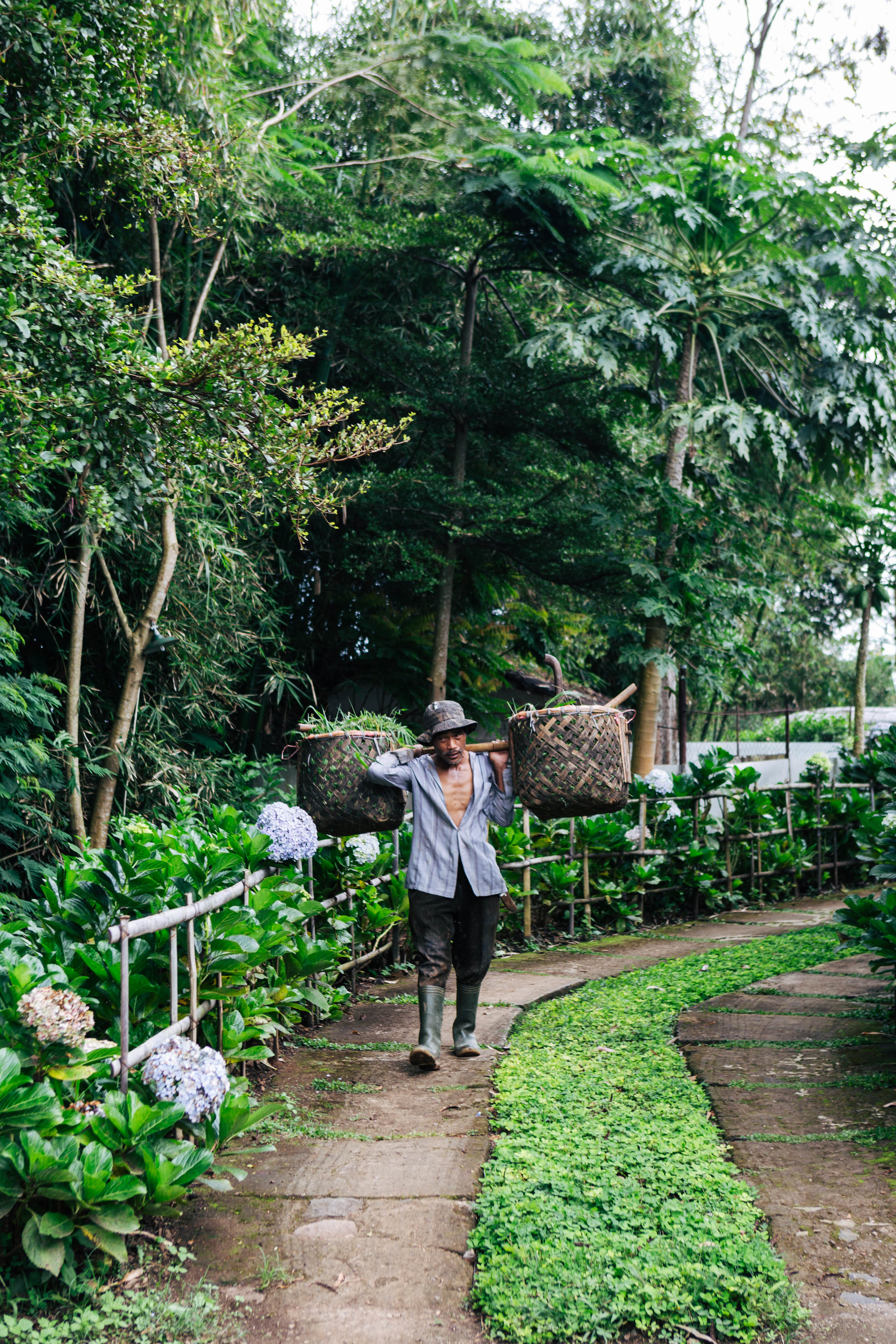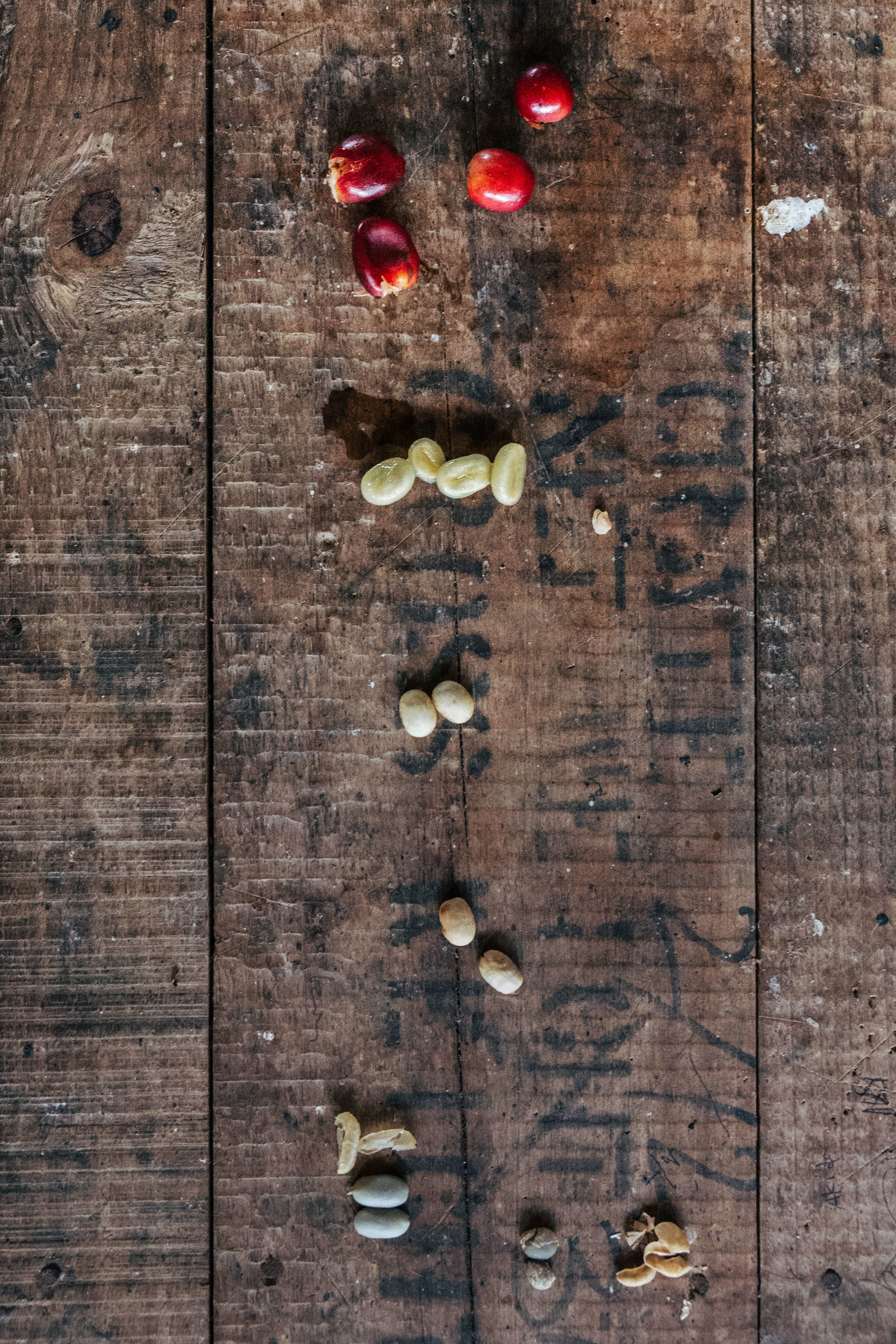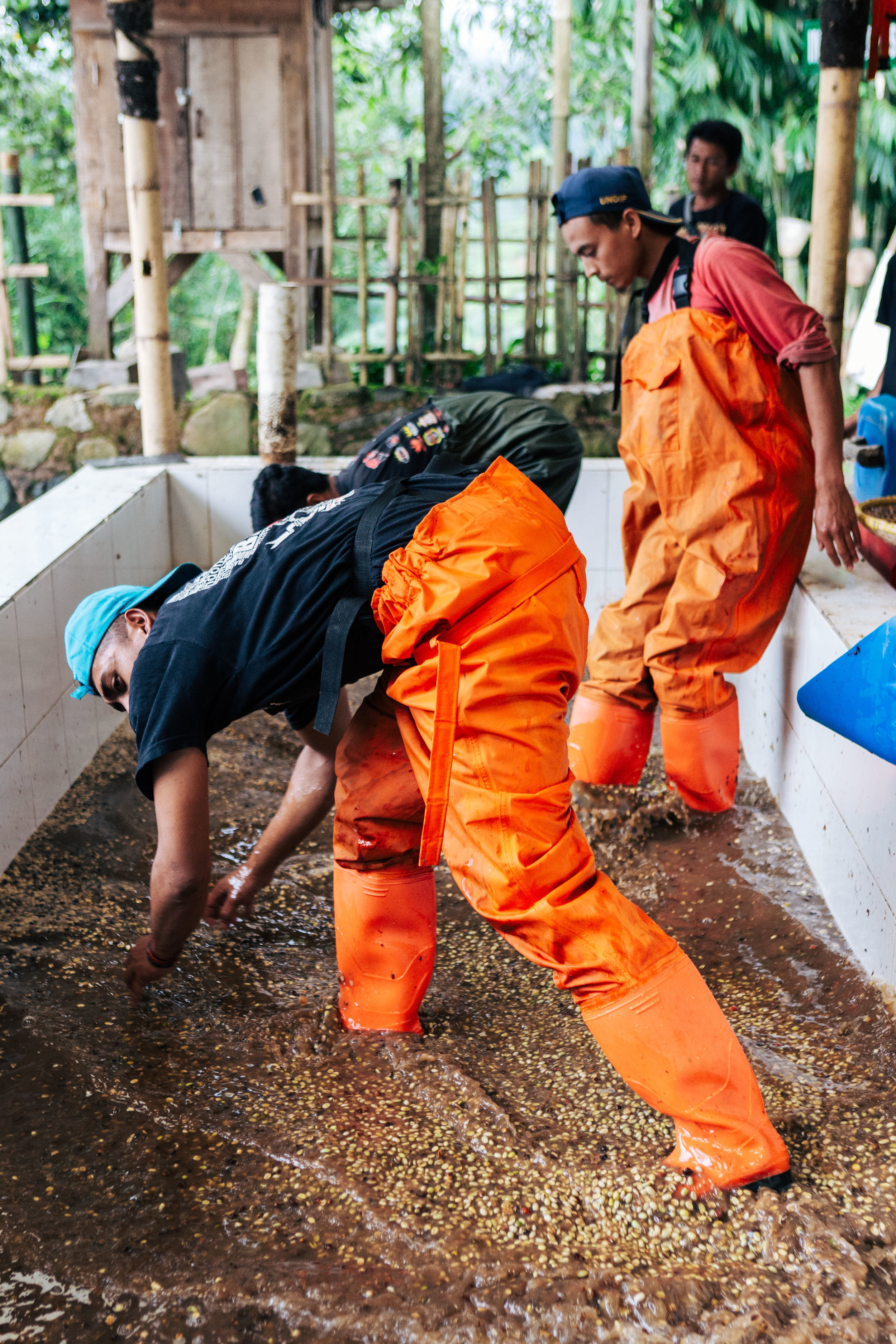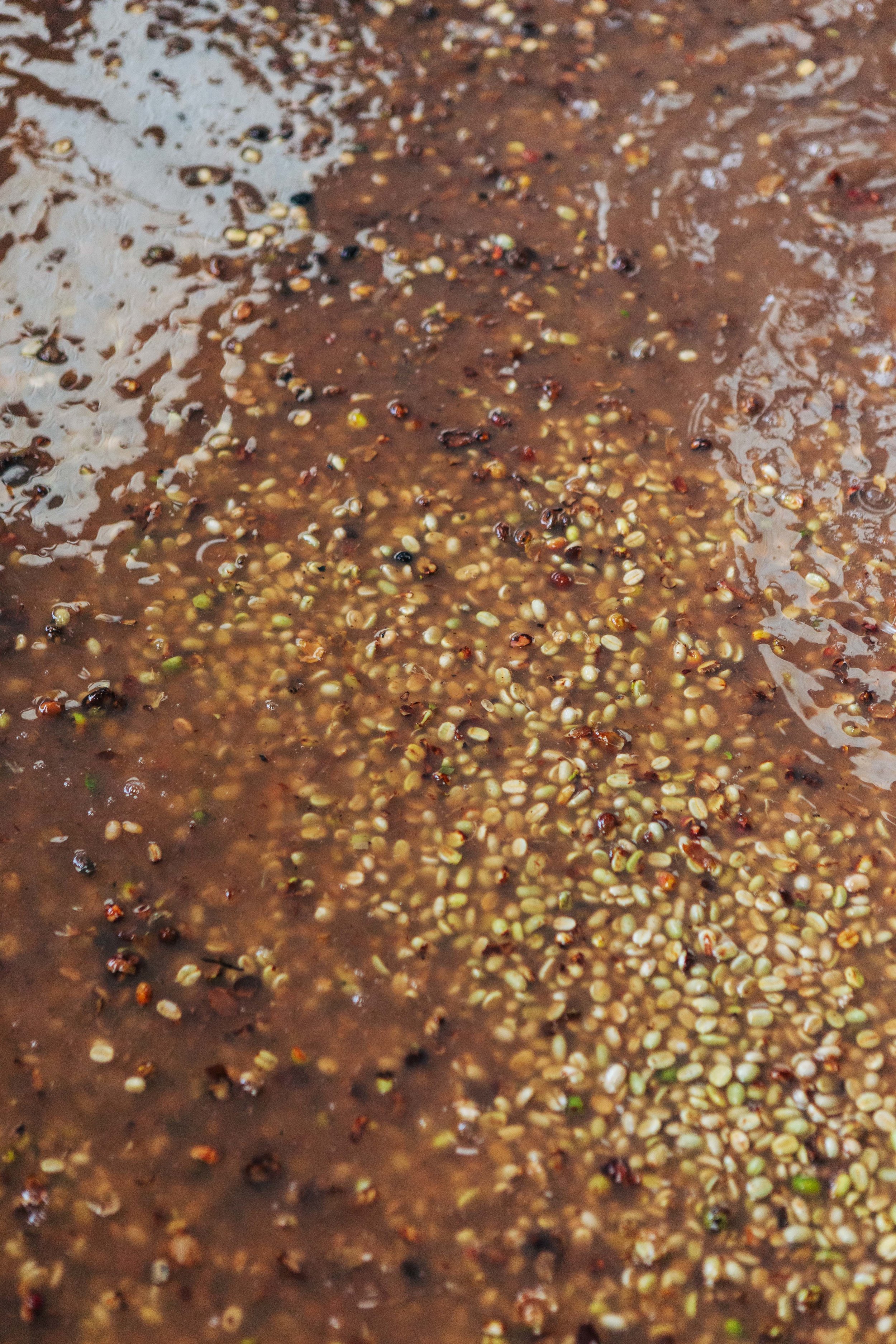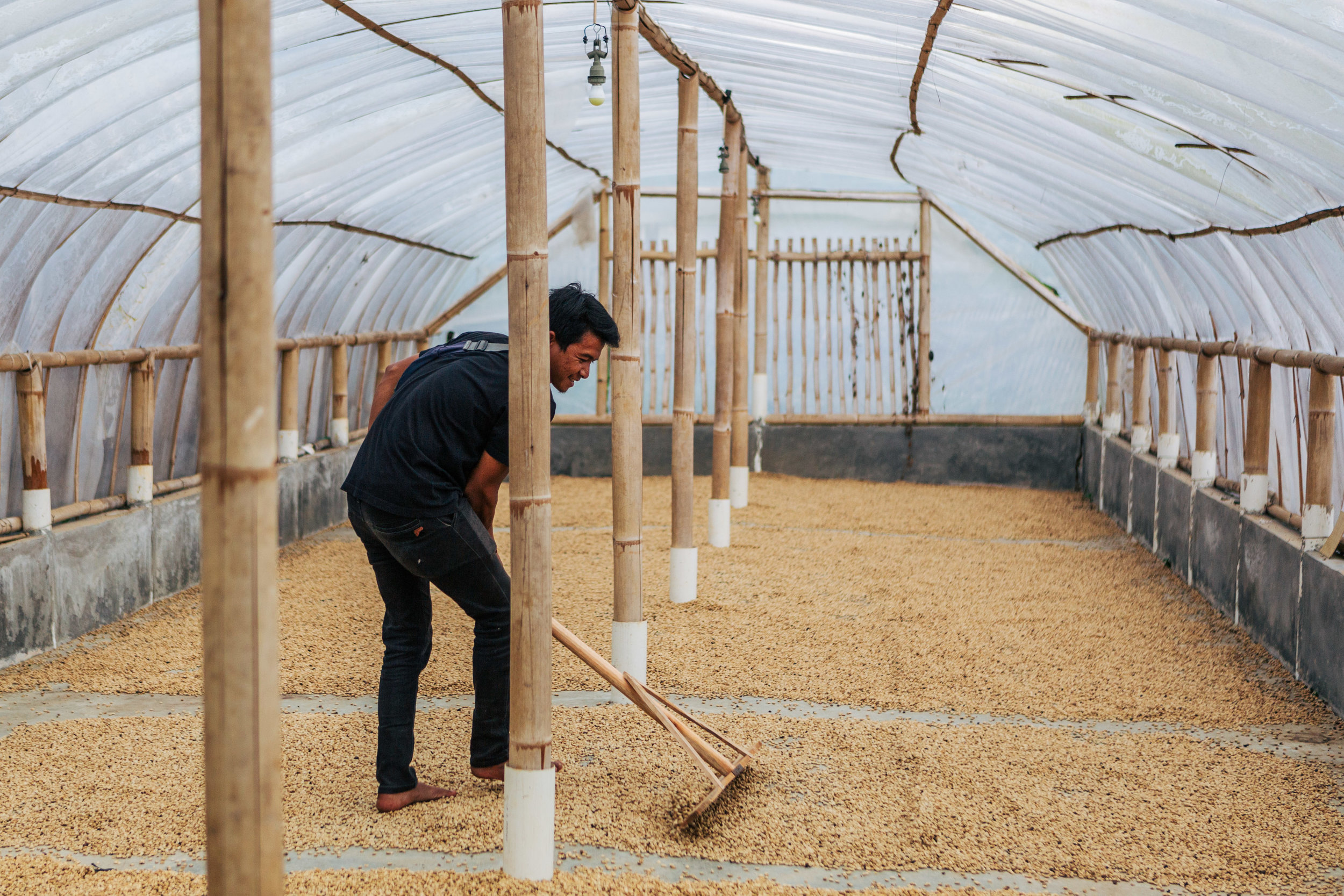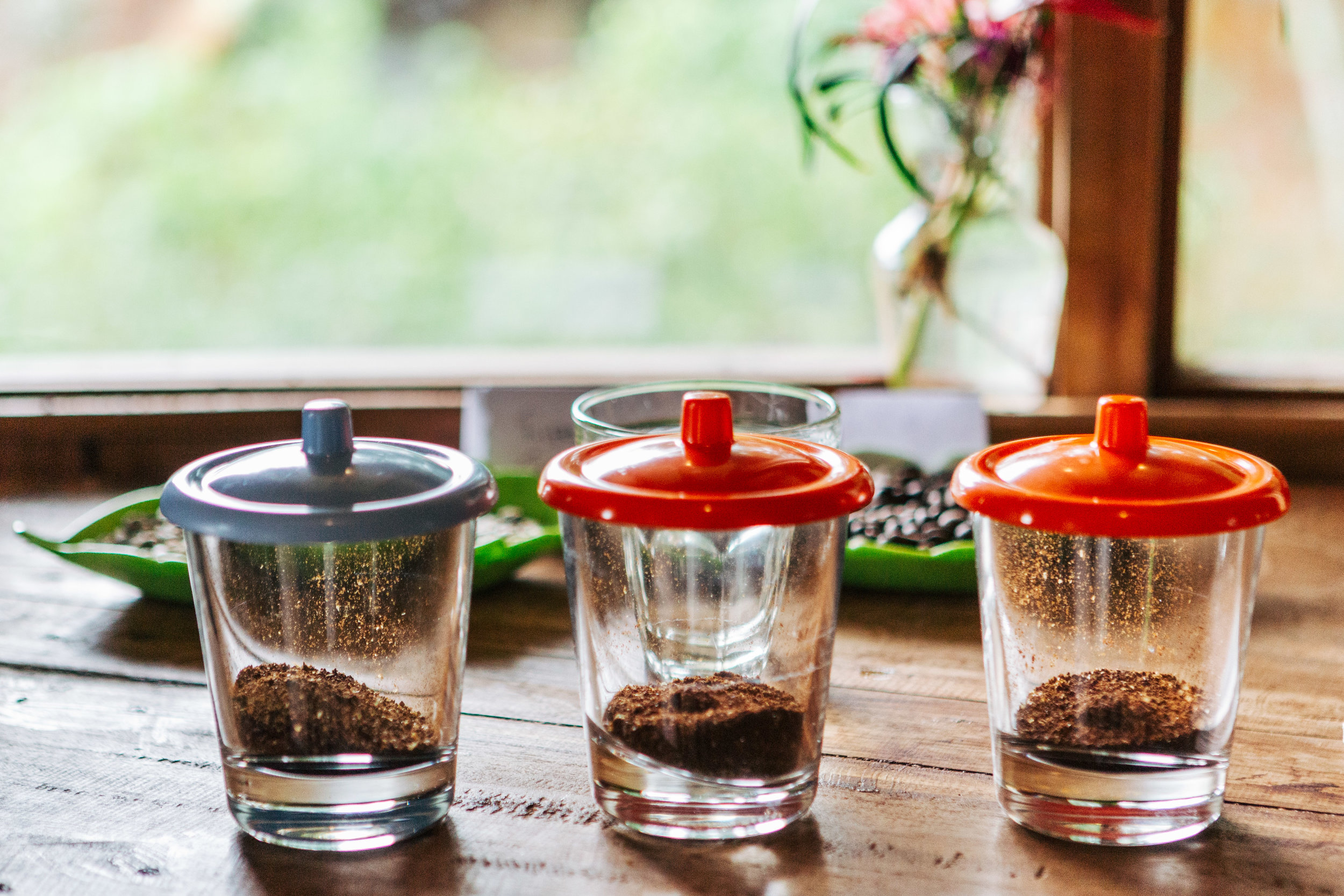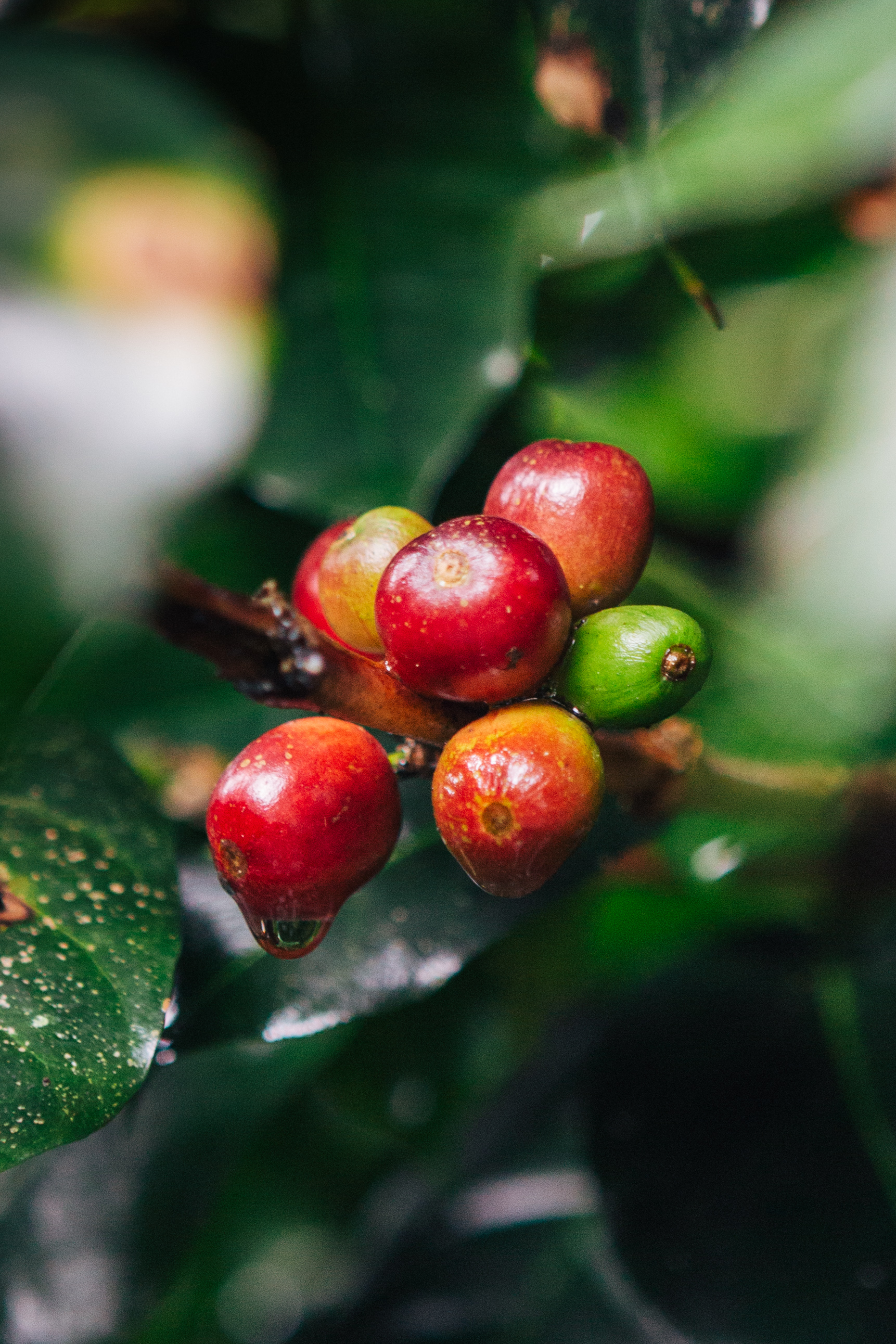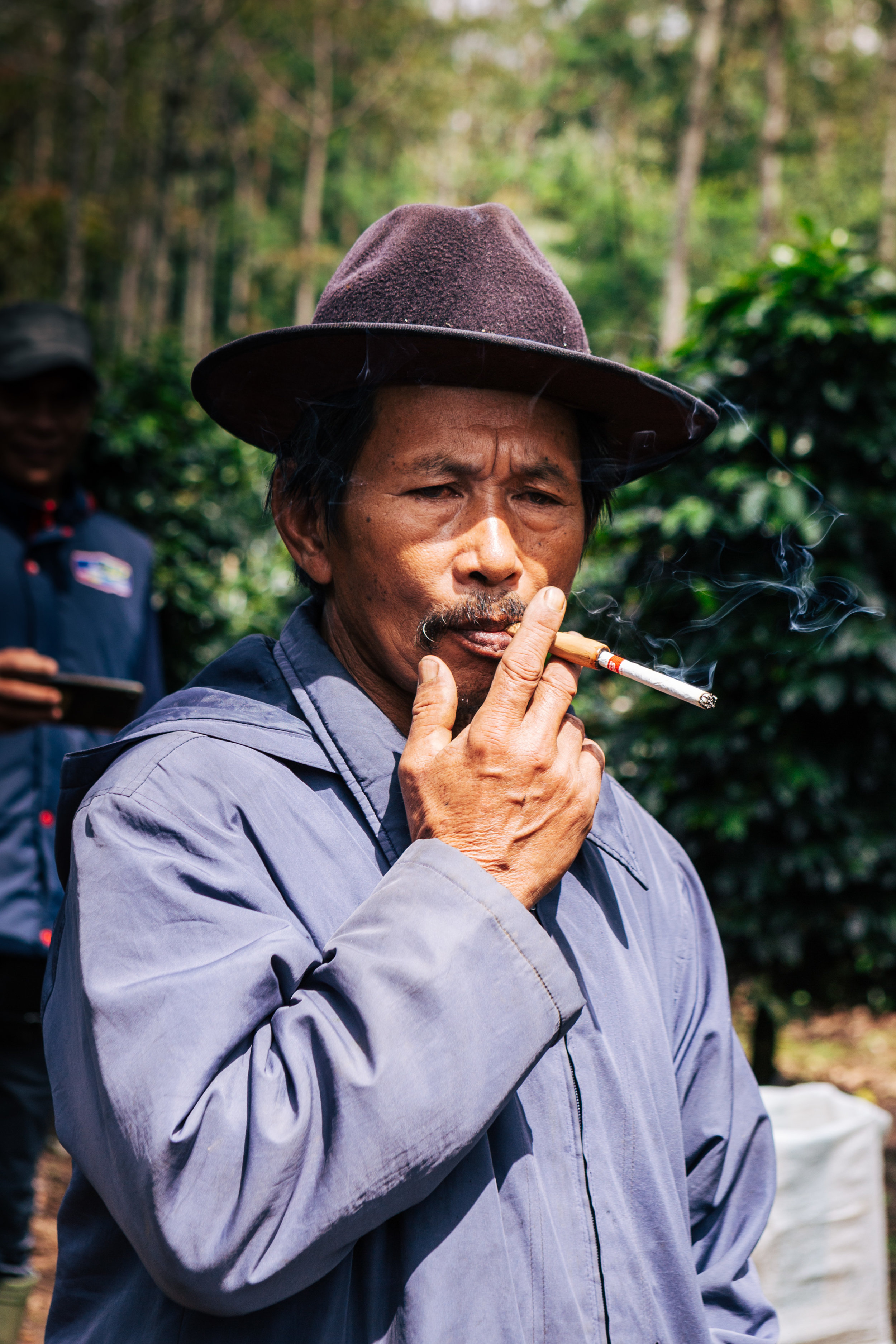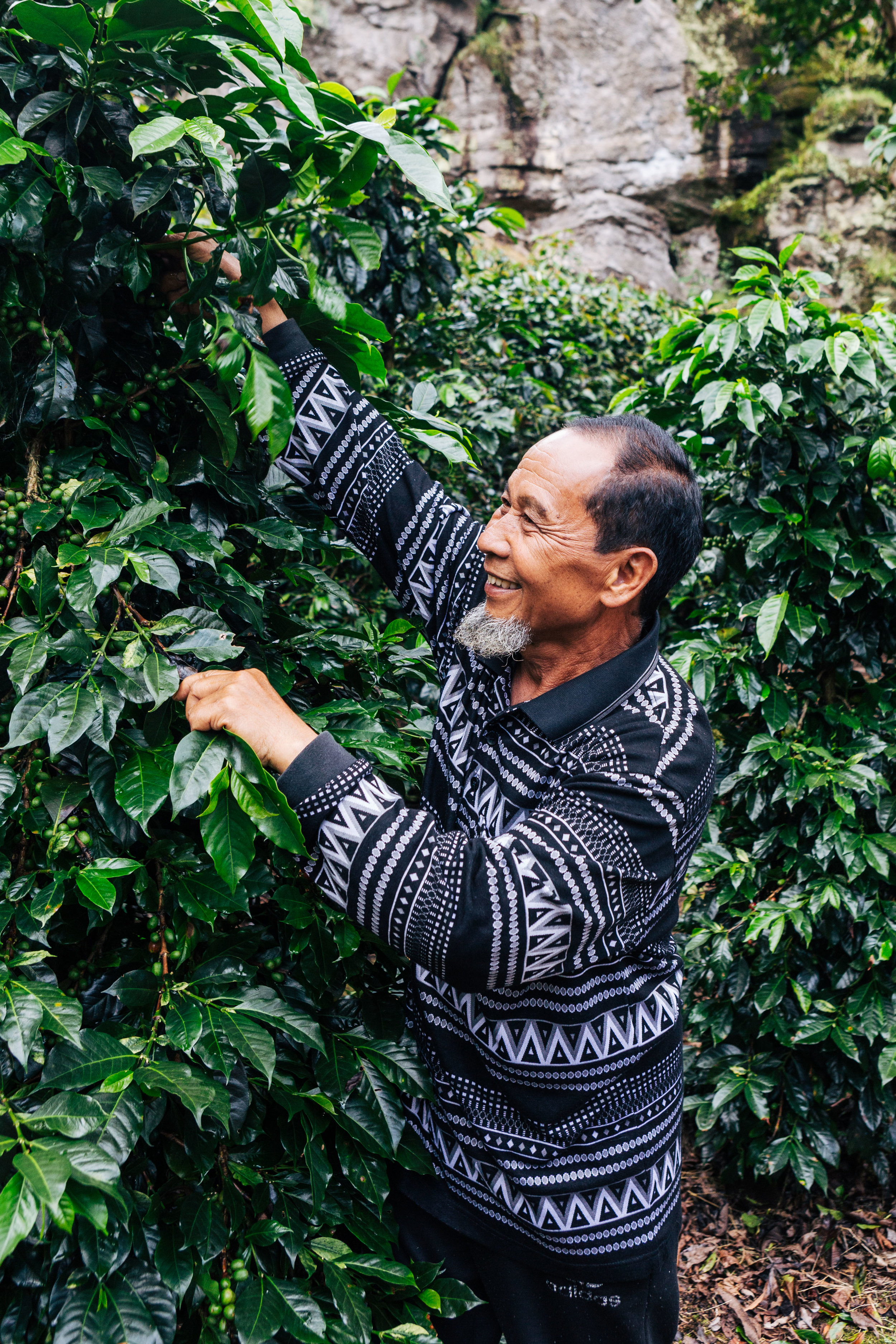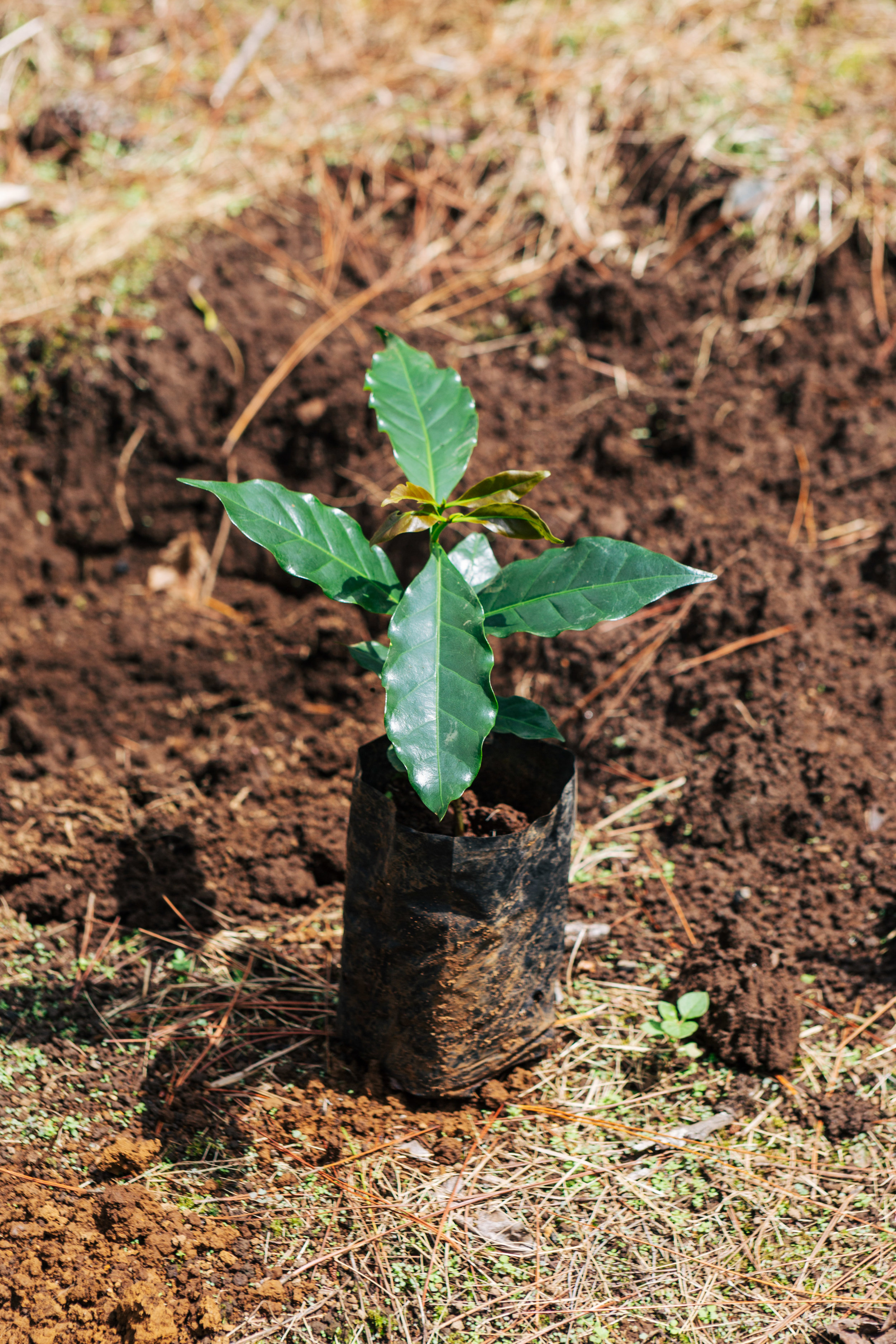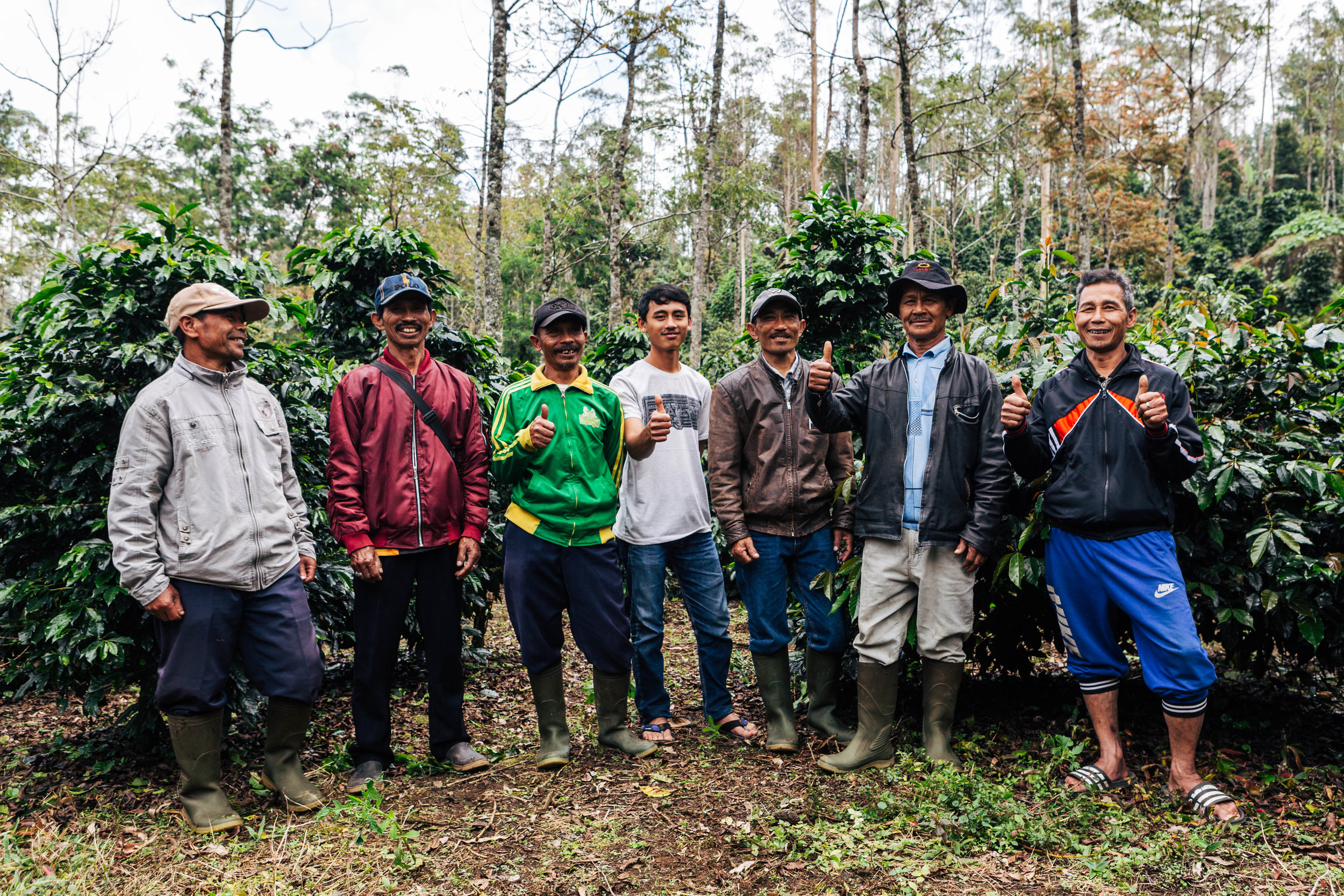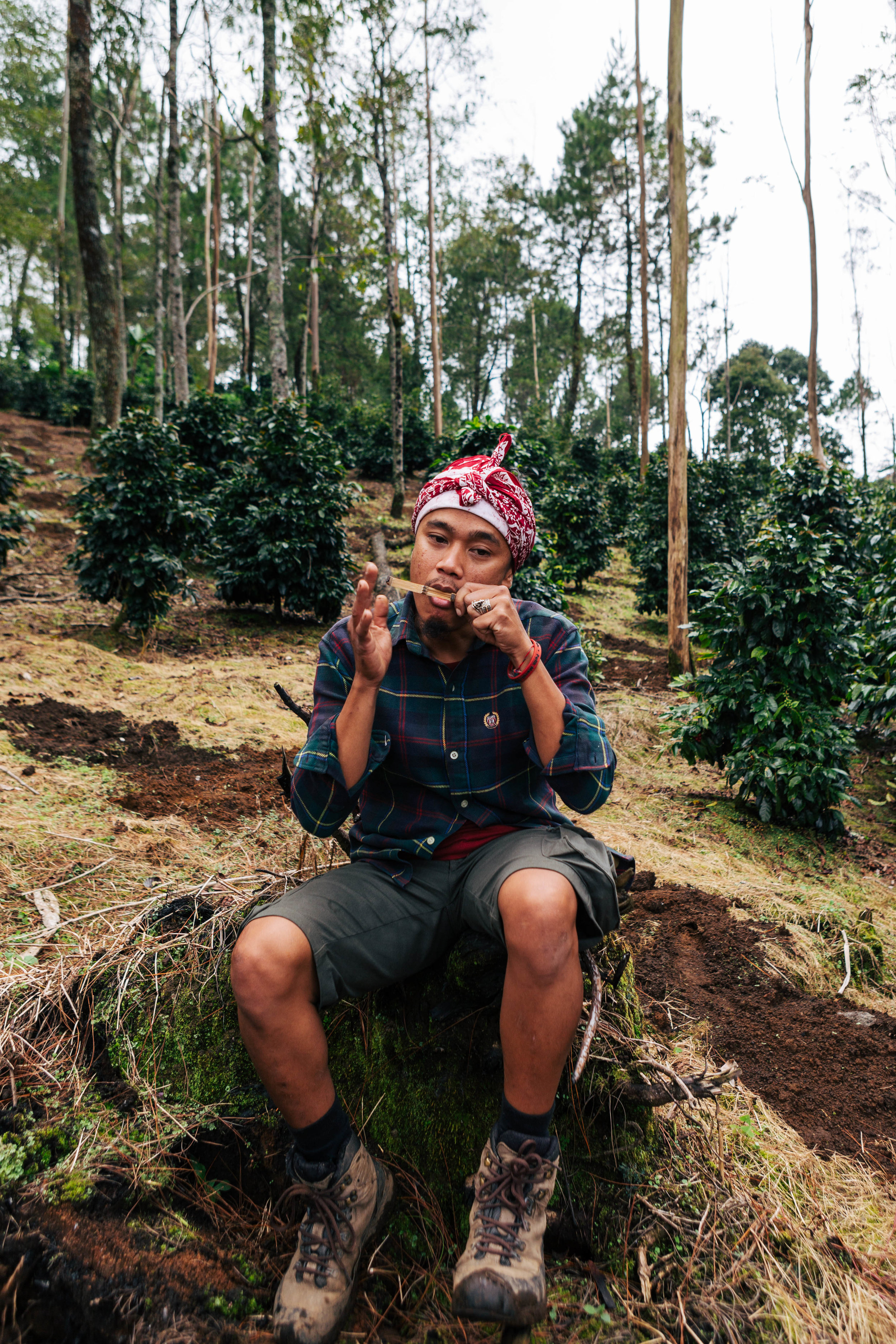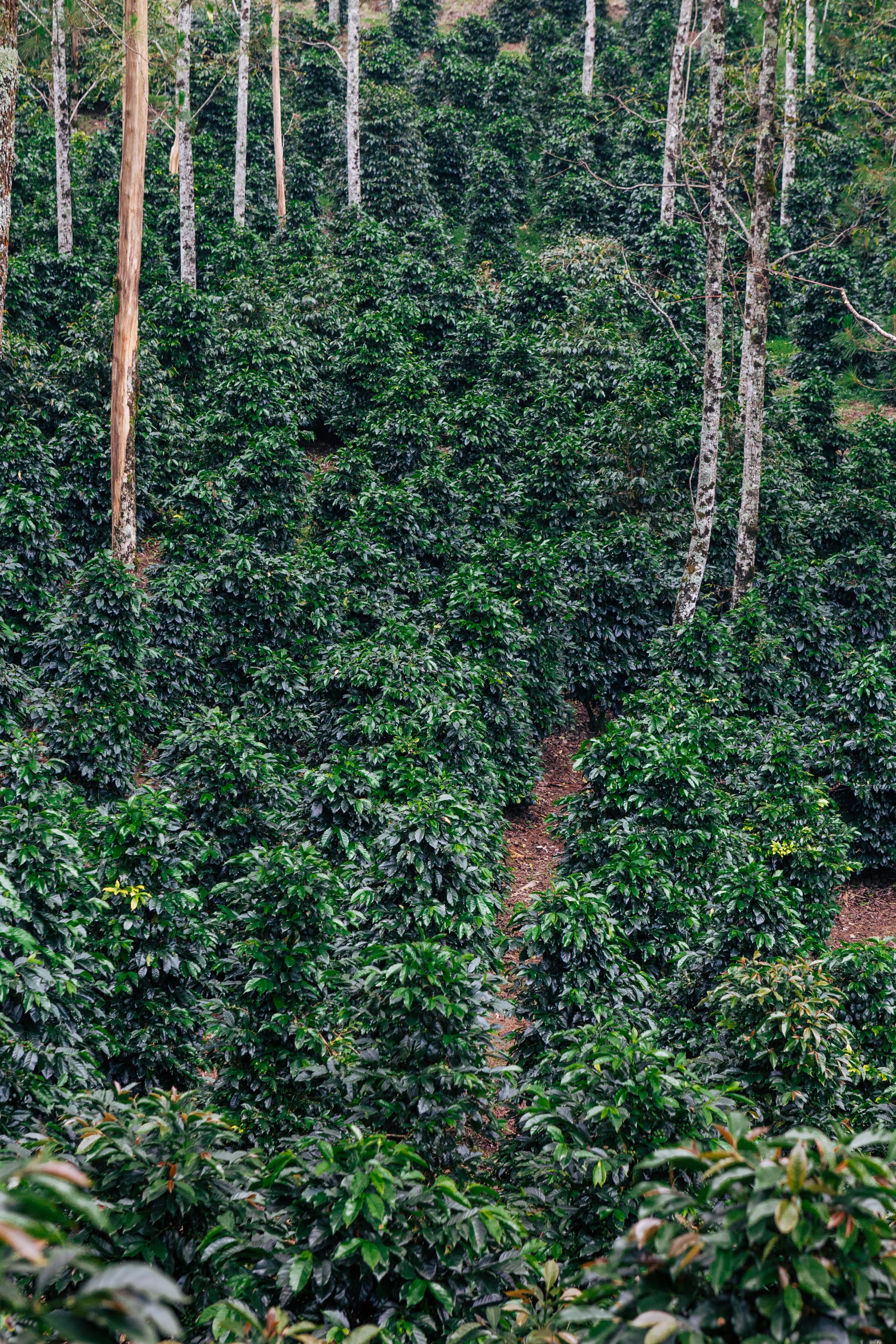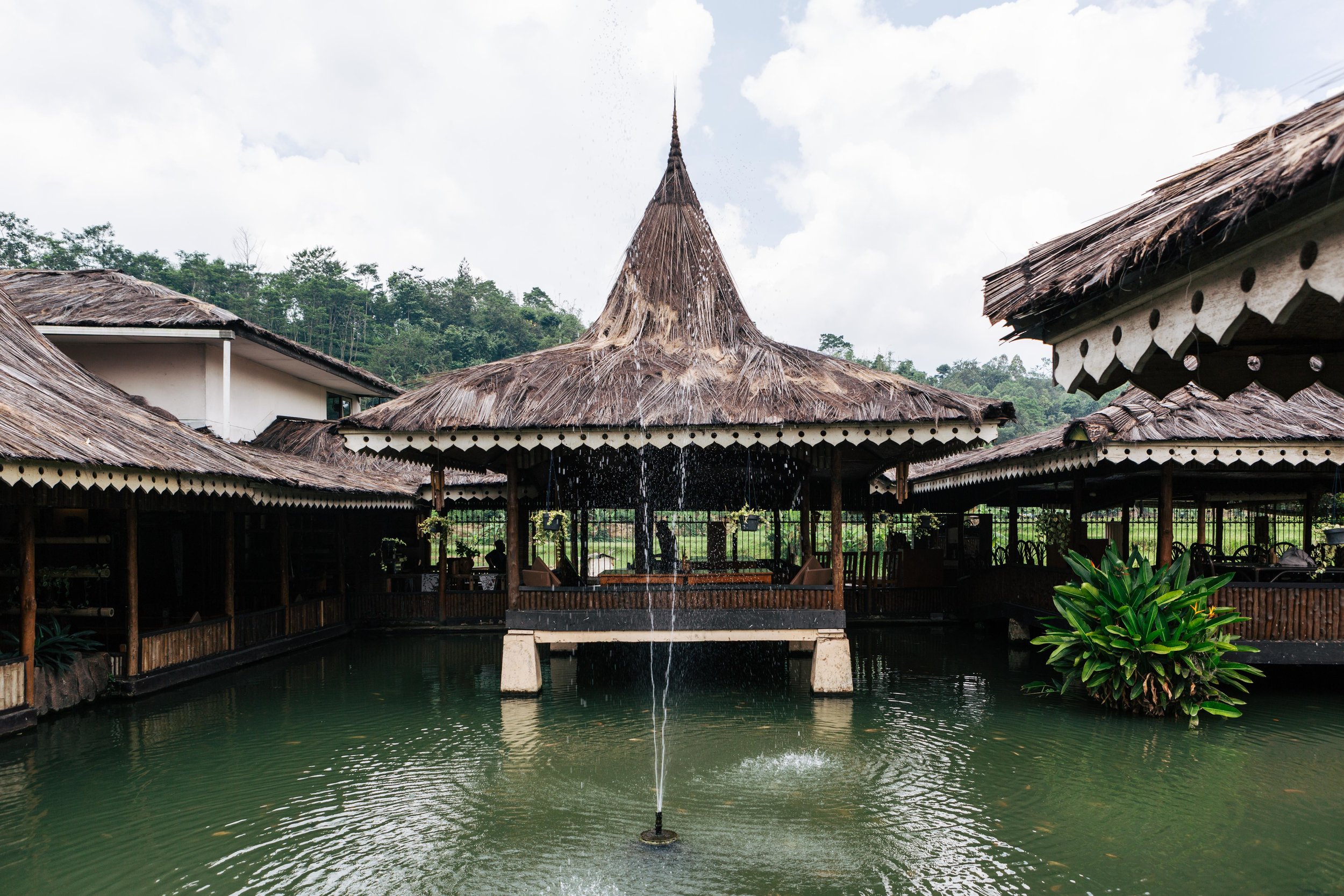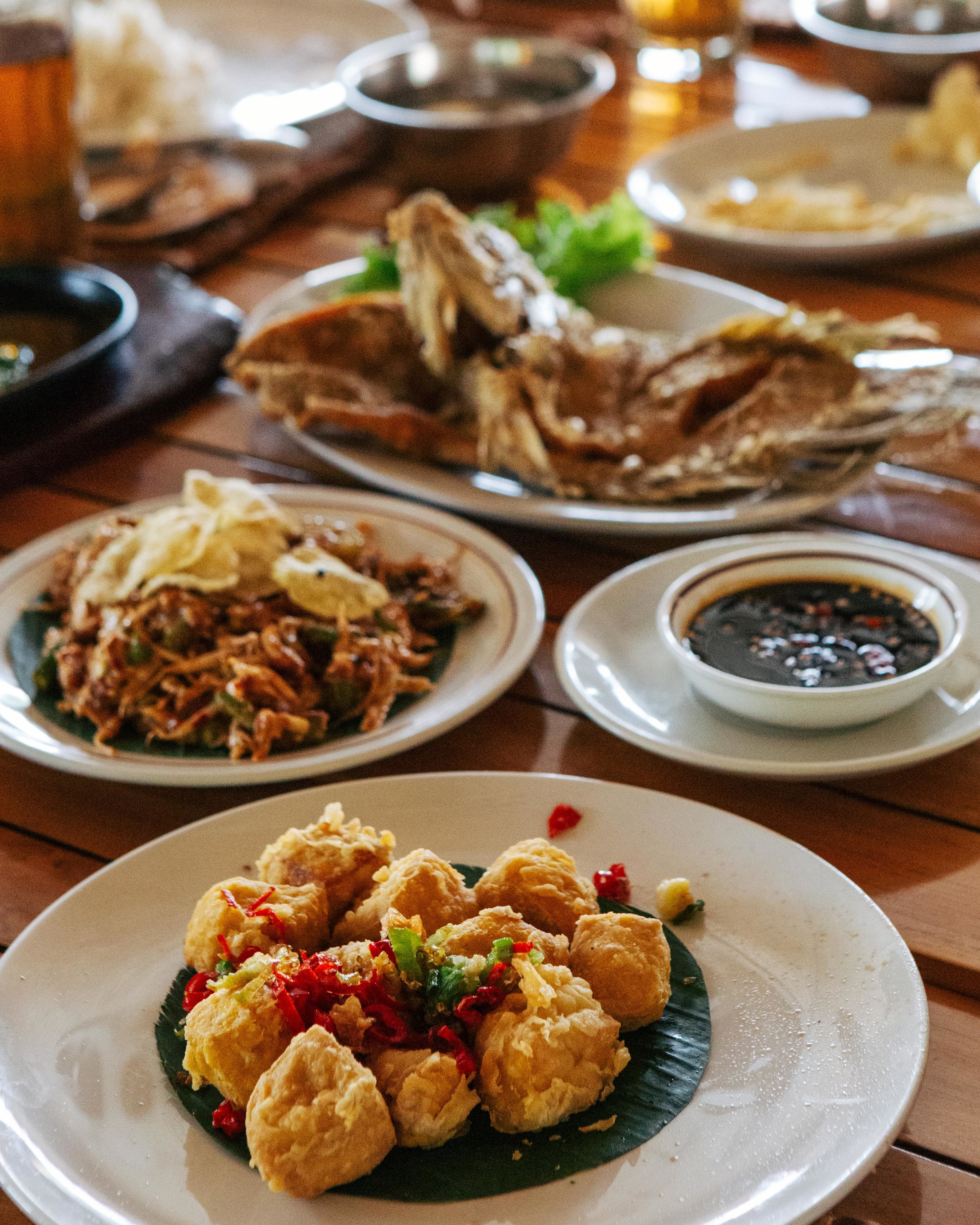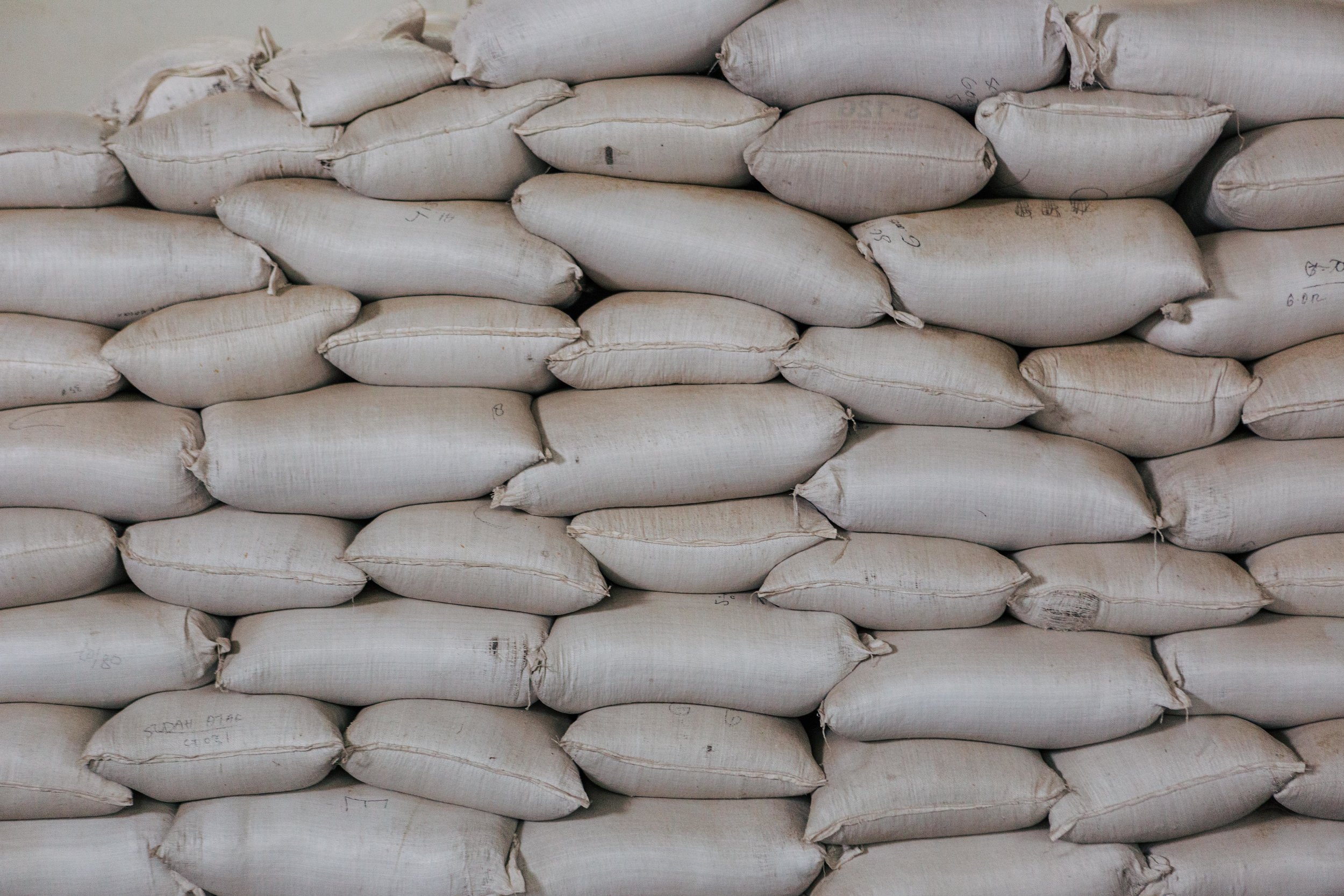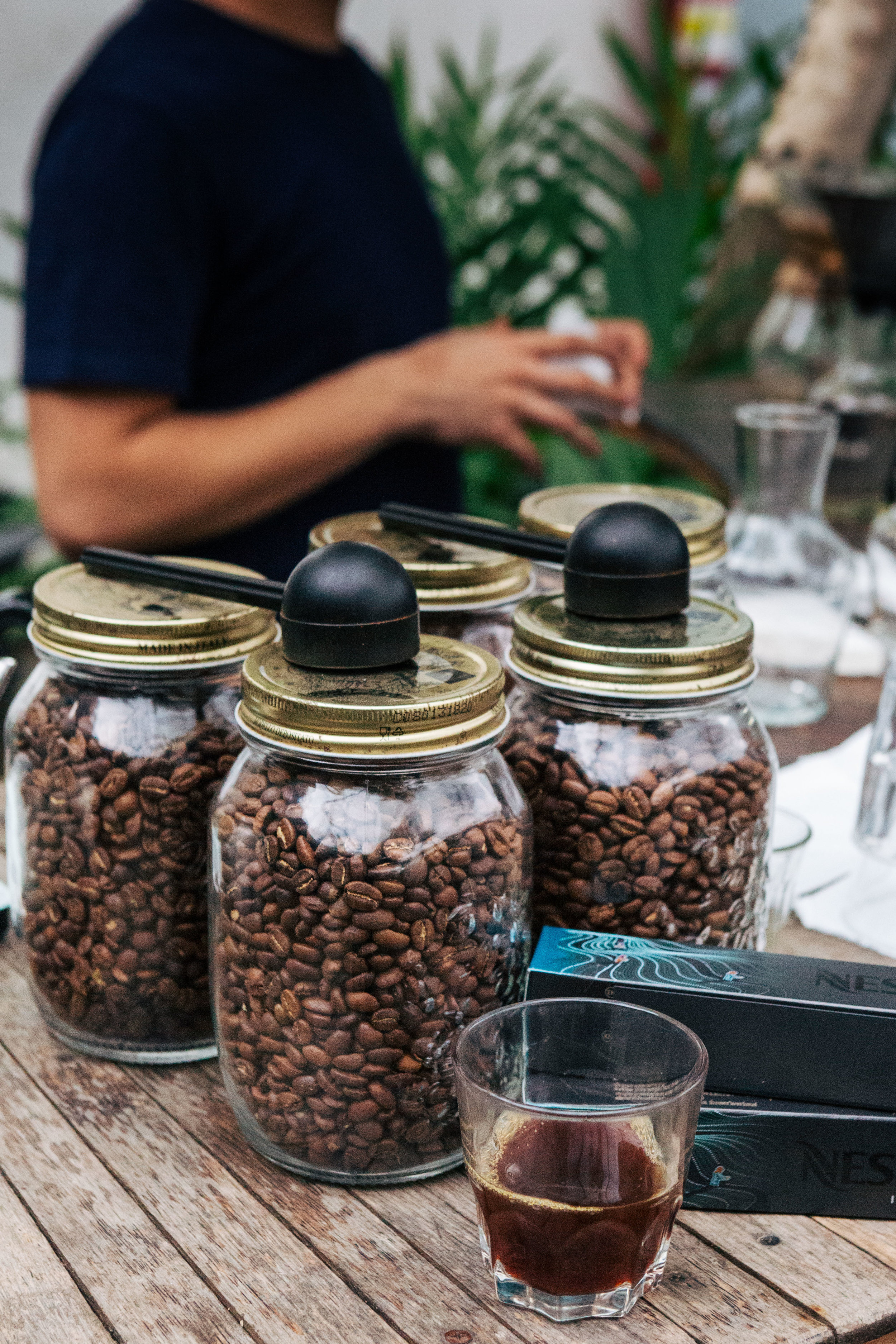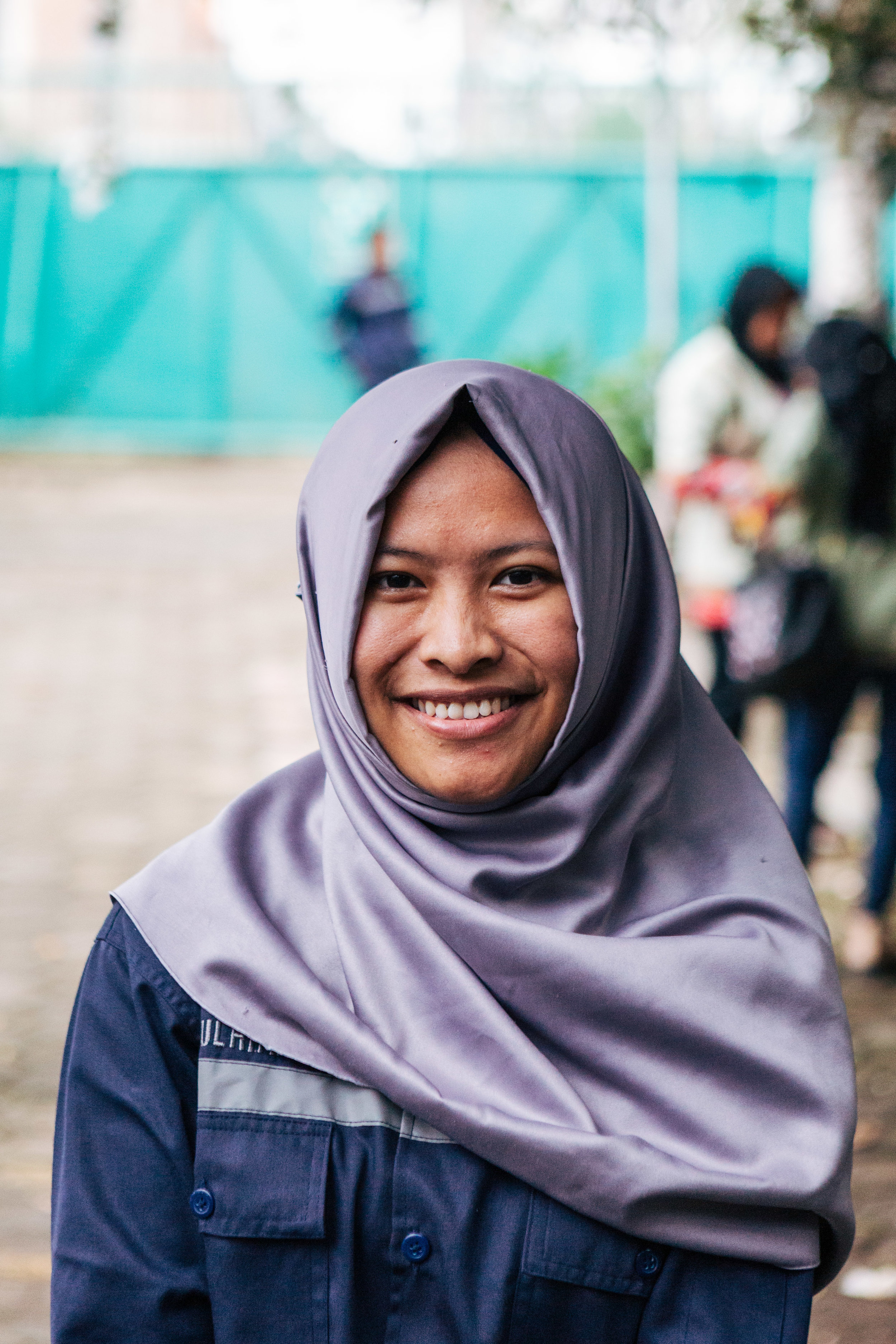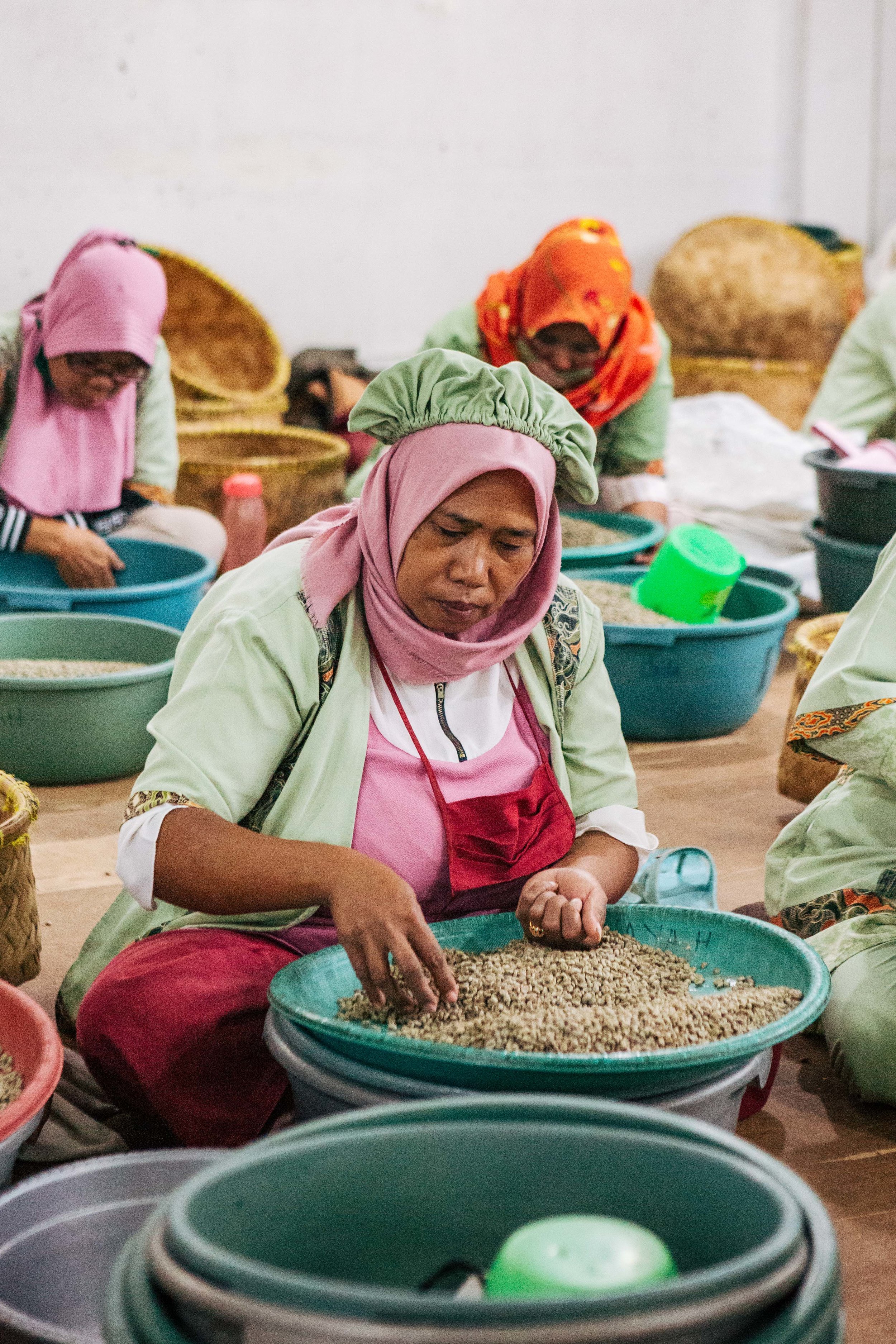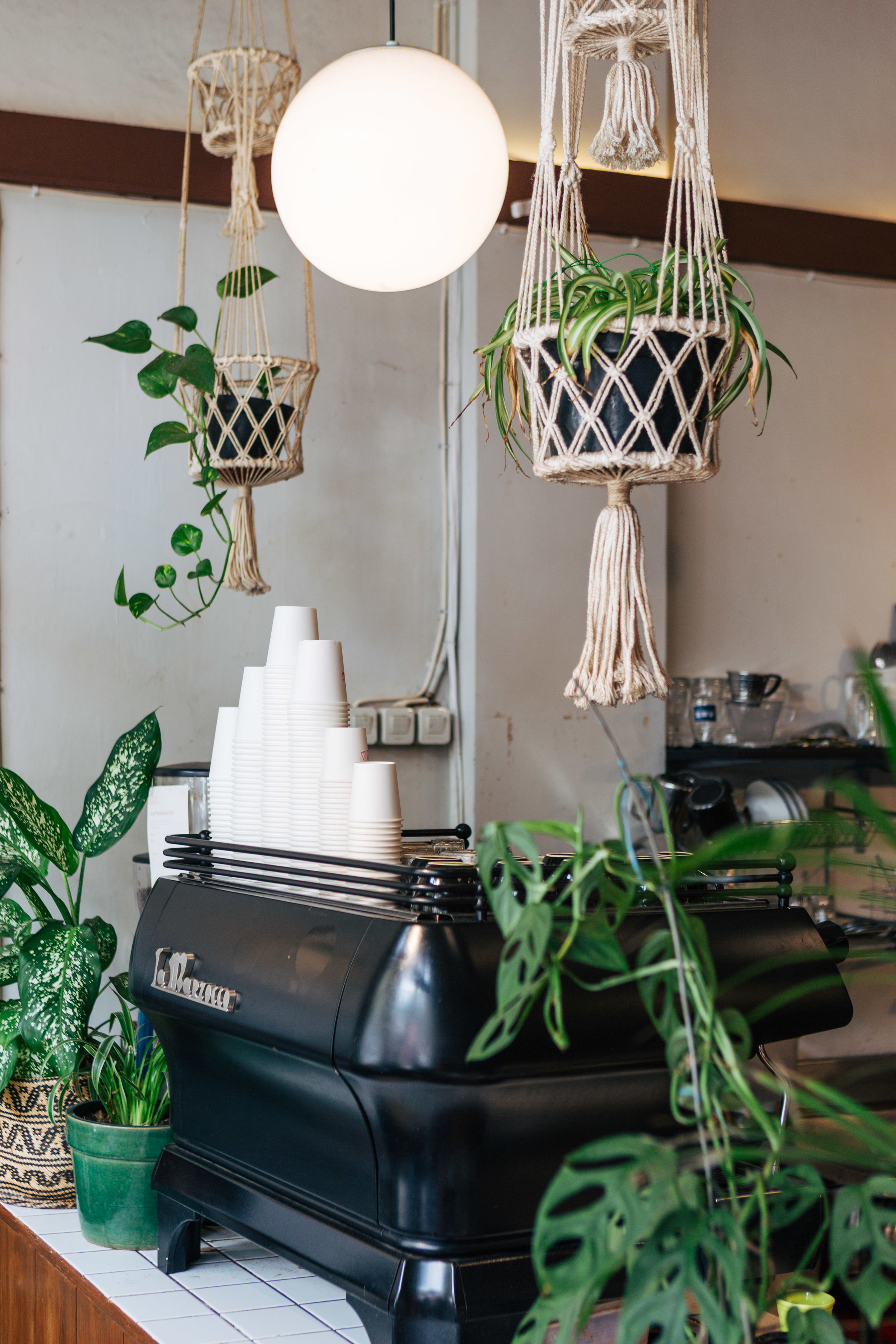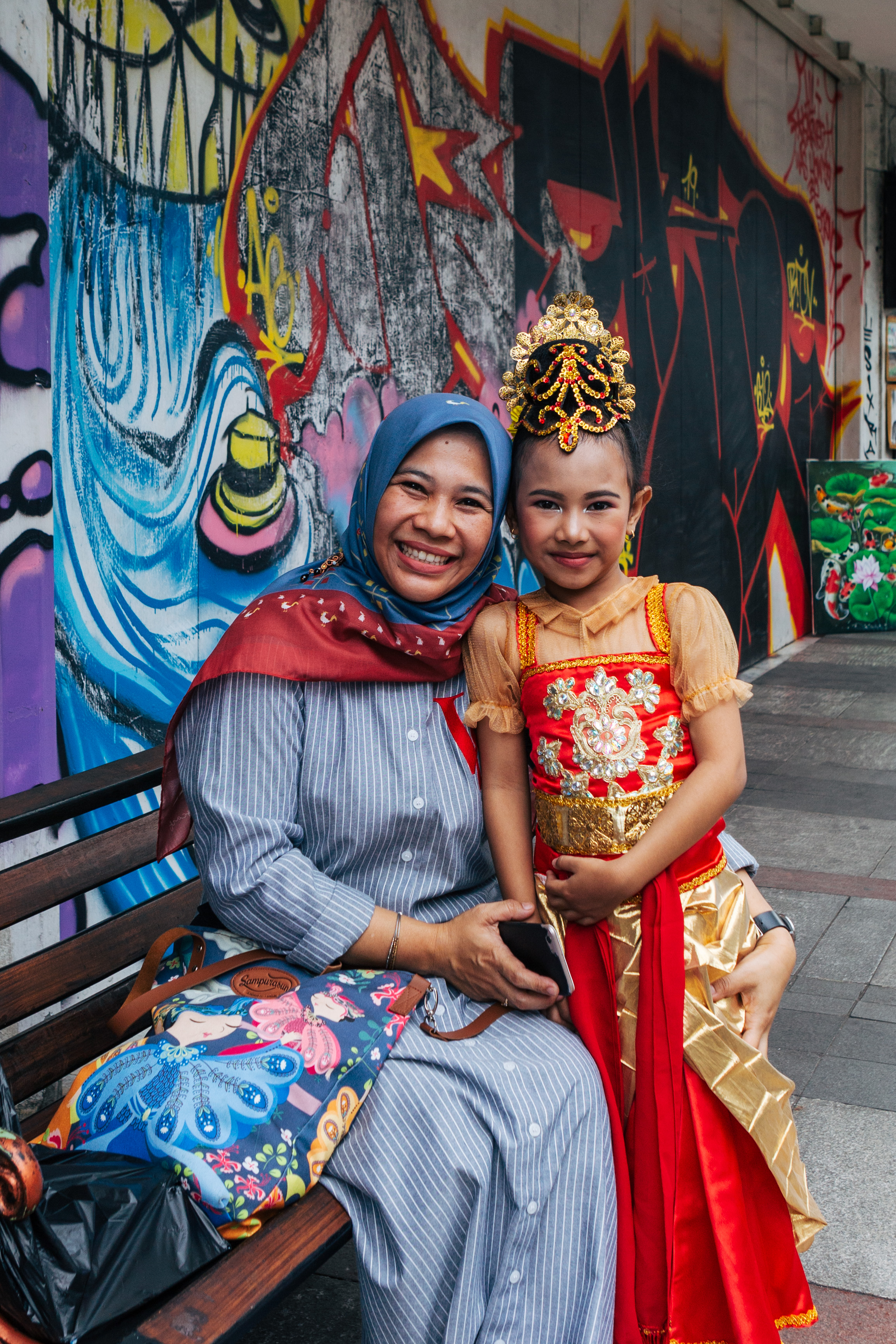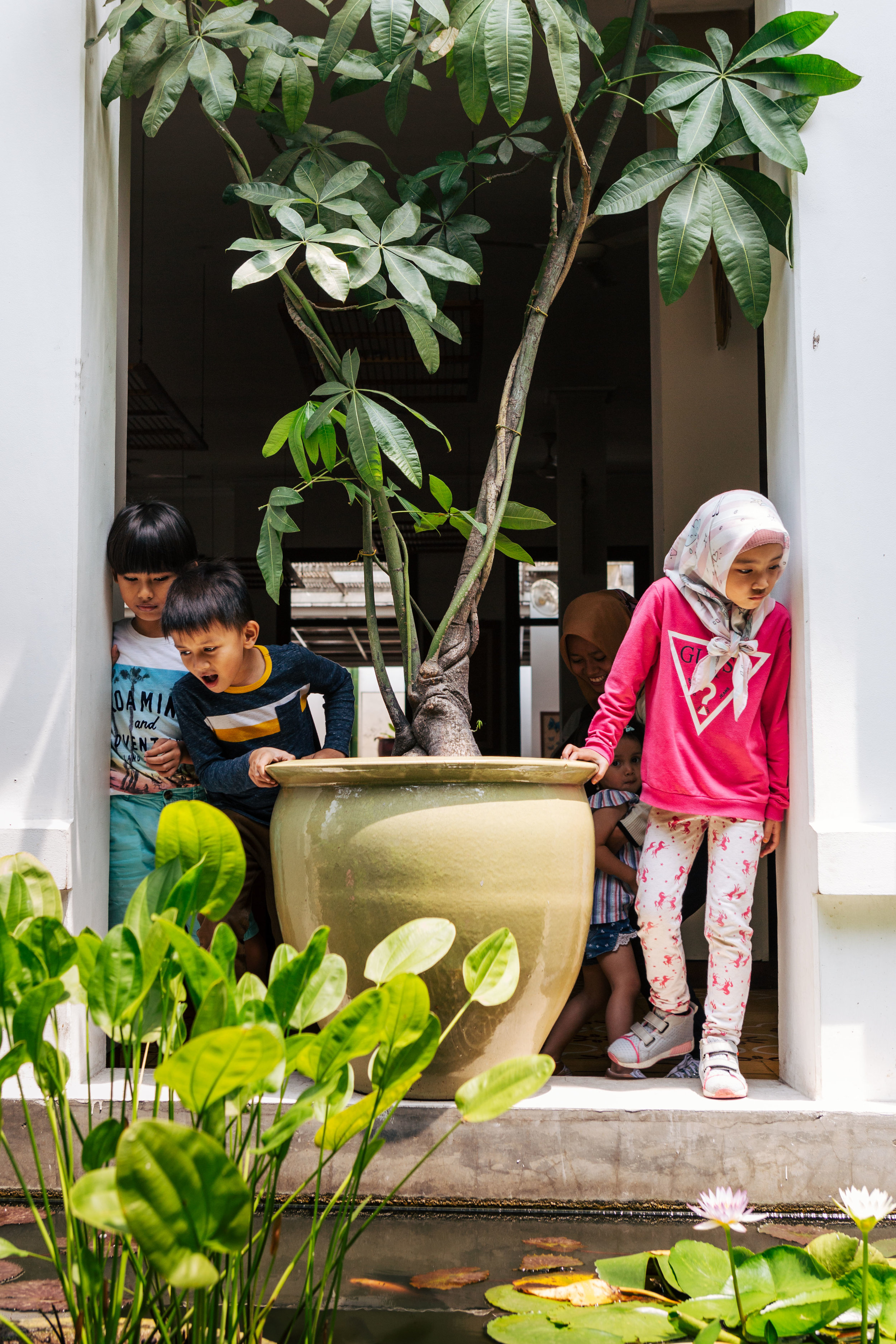I love revisiting Stockholm for a dose of Scandi chic, colourful facades and of course cinnamon buns. This trip was no different in that sense, but in addition to all the usual things, it was focused on sustainability.
First things first - a stroll through Stockholm’s old town Gamla Stan to kick off the trip. Followed by a stop at the Monteliusvagen viewpoint to admire the views of the city.
And this takes me to the real purpose of this trip - an exciting launch with Nespresso, which I joined as part of my on-going partnership with the brand. In the evening, we arrived at the launch venue, Spritmuseum - below is the view from across the road.
That evening an exciting new product was unveiled to the public. Continuing it’s commitment to sustainability, Nespresso has partnered with a Swedish start-up Vélosophy to produce a bicycle made from recycled aluminium coffee capsules. There are 300 recycled Nespresso capsules in each bike, plus a capsule-shaped bell and cup-holder basket so you can enjoy your favourite drink on the go!
What’s more - Vélosophy is the only bicycle brand in the world with a full one-for-one promise: for every Vélosophy bike produced, another bike is given to a schoolgirl in Africa to improve her access to education. For every RE:CYCLE bike created by Vélosophy in partnership with Nespresso, a bike will be donated to a girl through World Bicycle Relief.
The morning after the event we woke up early to have another walk through old town and were lucky to have it almost all to ourselves.
After an early start, we popped into Stockholm Nespresso boutique for a much-needed caffeine kick. Have you ever heard of Swedish tradition called fika? If you haven’t, you are totally missing out! Fika is the time you take throughout the day for a coffee break with something sweet (very often cinnamon buns) - fika can be shared with family, friends and colleagues.
Stockholm archipelago consists of 24,000 islands and the best way to see some of them is to take a boat. That’s how we got to our next location - Rosendals Trädgård.
Rosendals Trädgård - is a botanic garden focused on biodynamic agriculture. It reminded me of Petersham Nurseries in London if you know what I mean. We had a delicious zero-waste lunch in one of the garden’s conservatories and listened to Jimmy (Velosophy founder) who shared a story of the making of the bike. We then had an opportunity to test the bikes ourselves.
You know my love for libraries so during free time I couldn’t miss an opportunity to pop into the gorgeous Stockholm Public Library.
Last stop was Nobis Hotel to see the beautiful spiral staircase and then it was time to go back home.
This post is a part of my on-going partnership with Nespresso.

